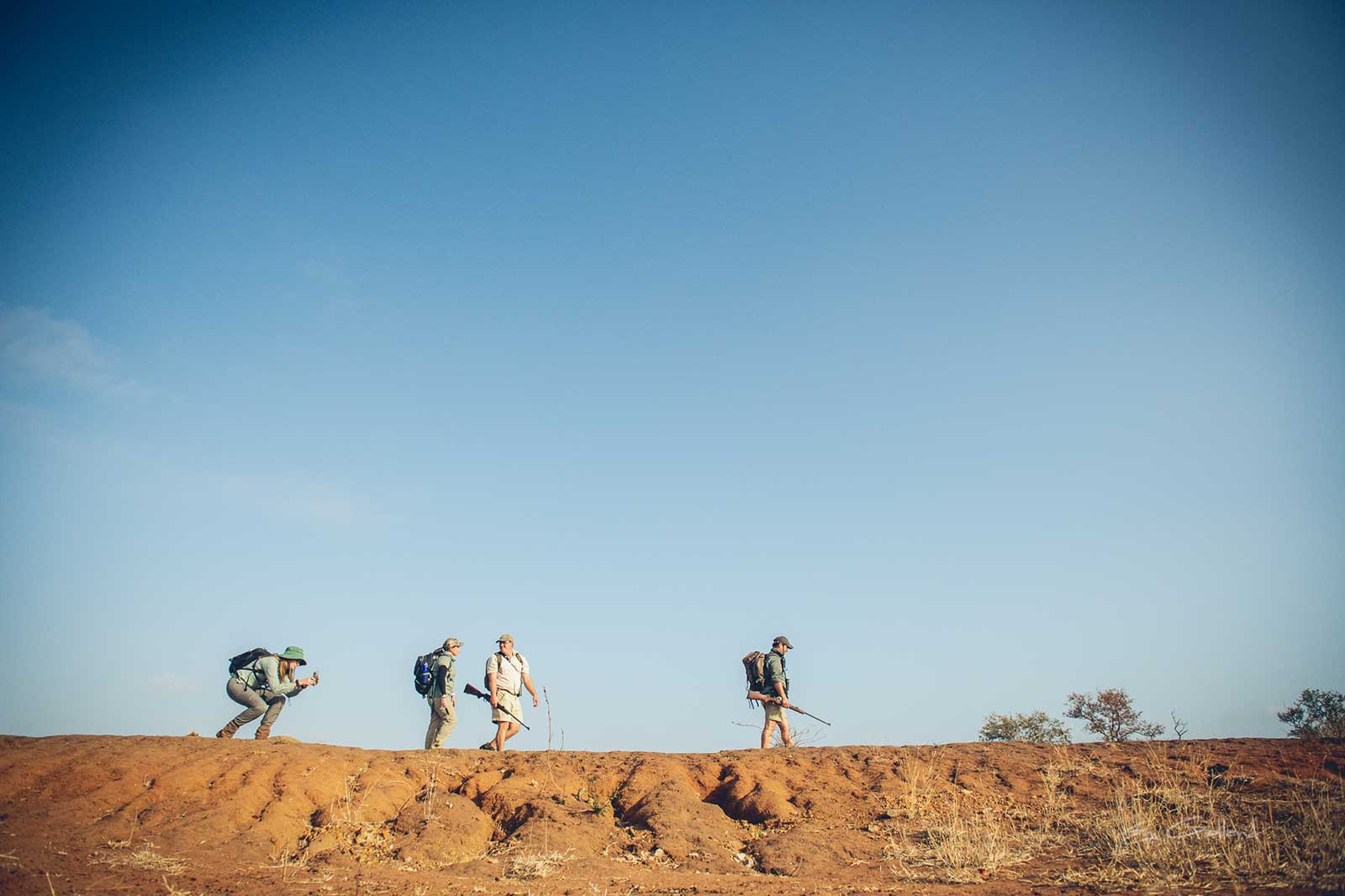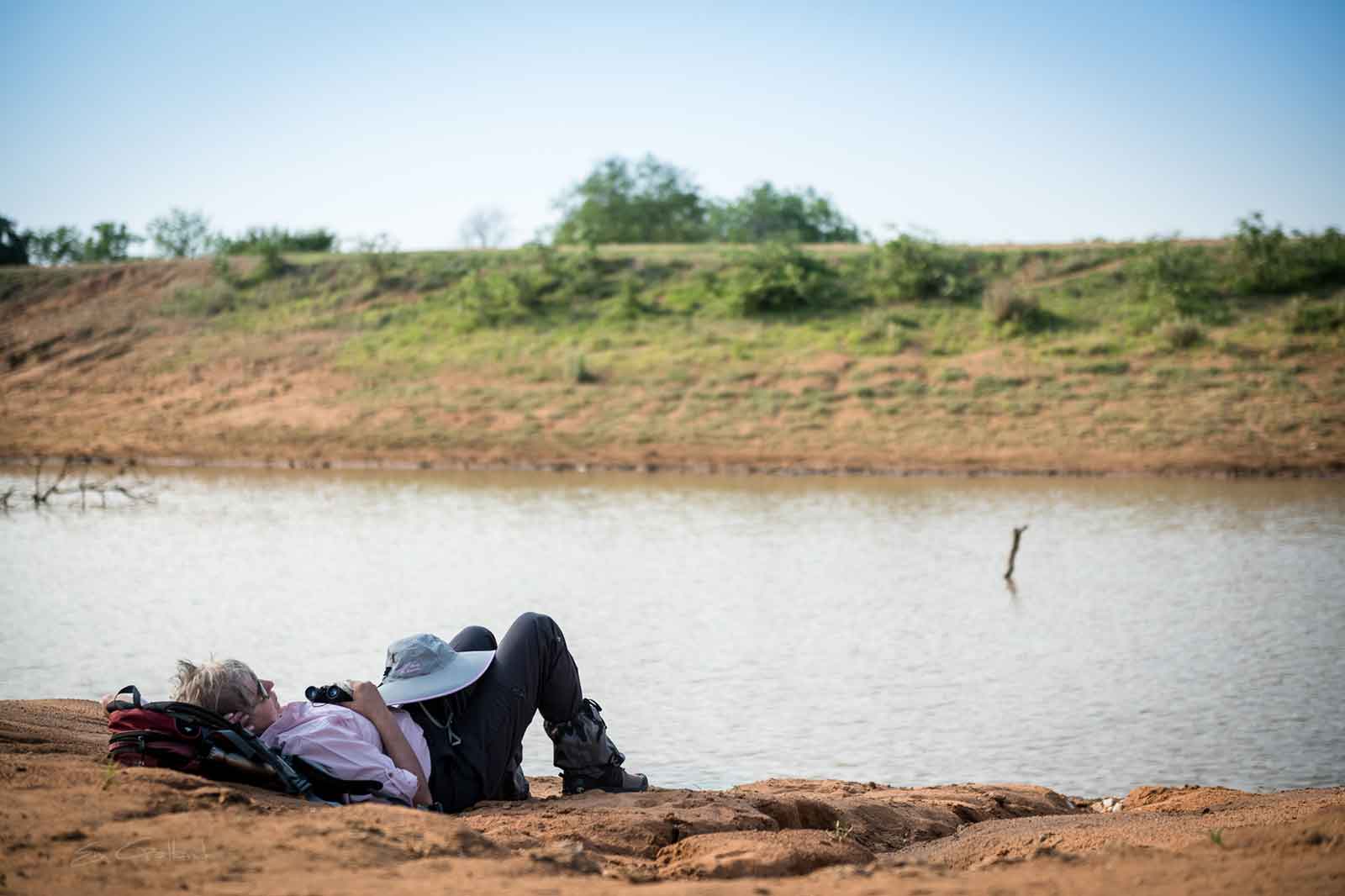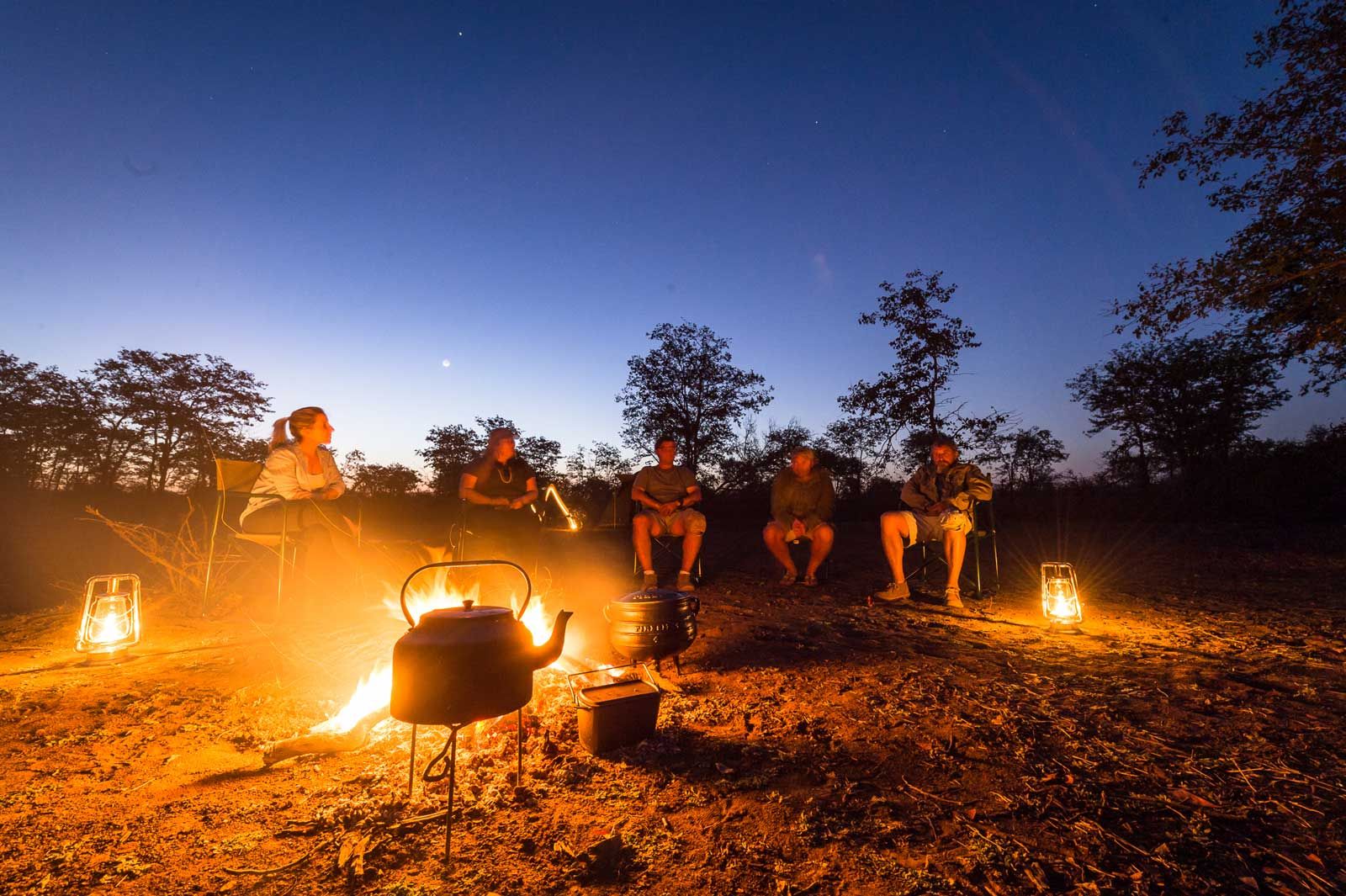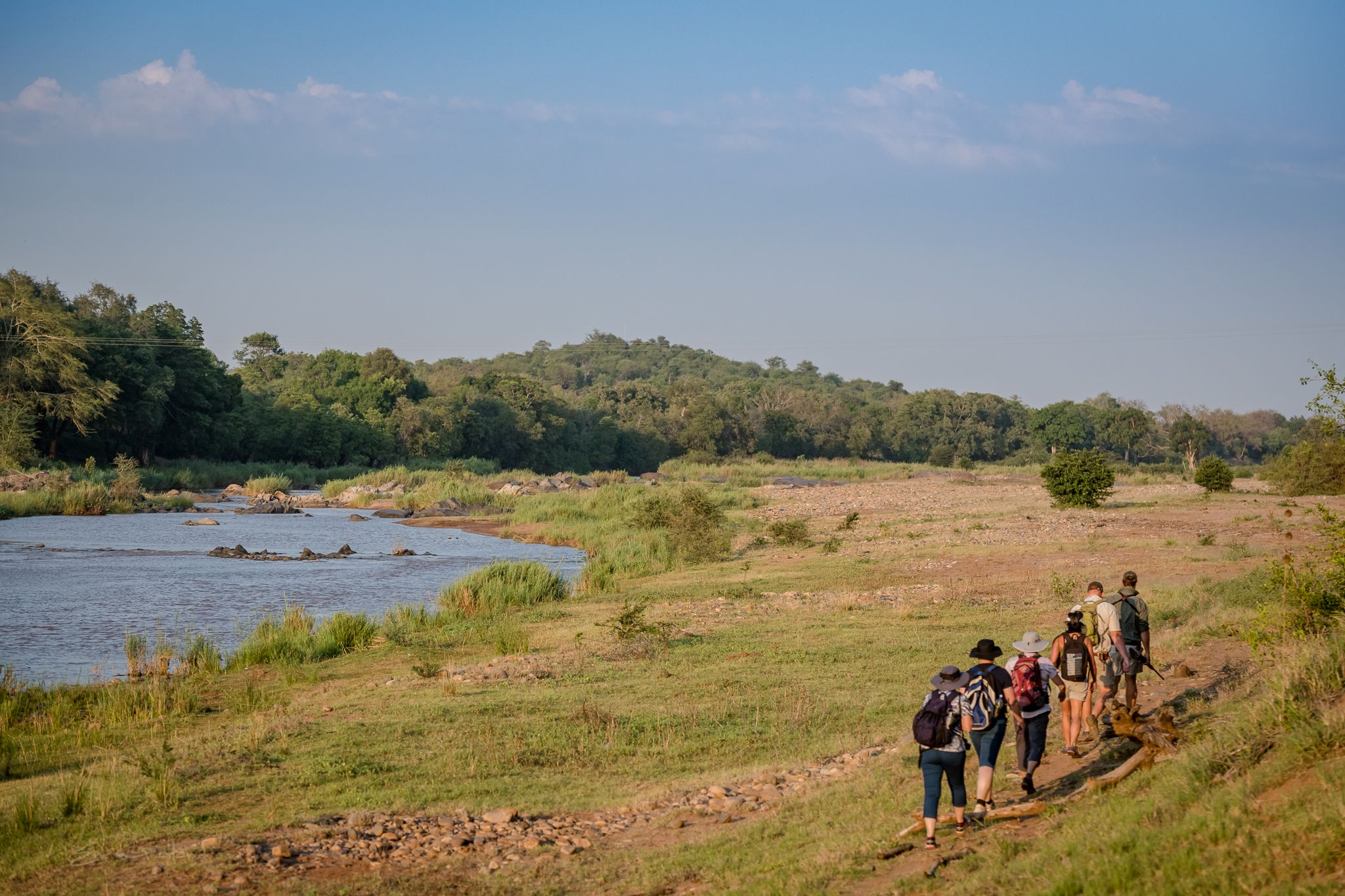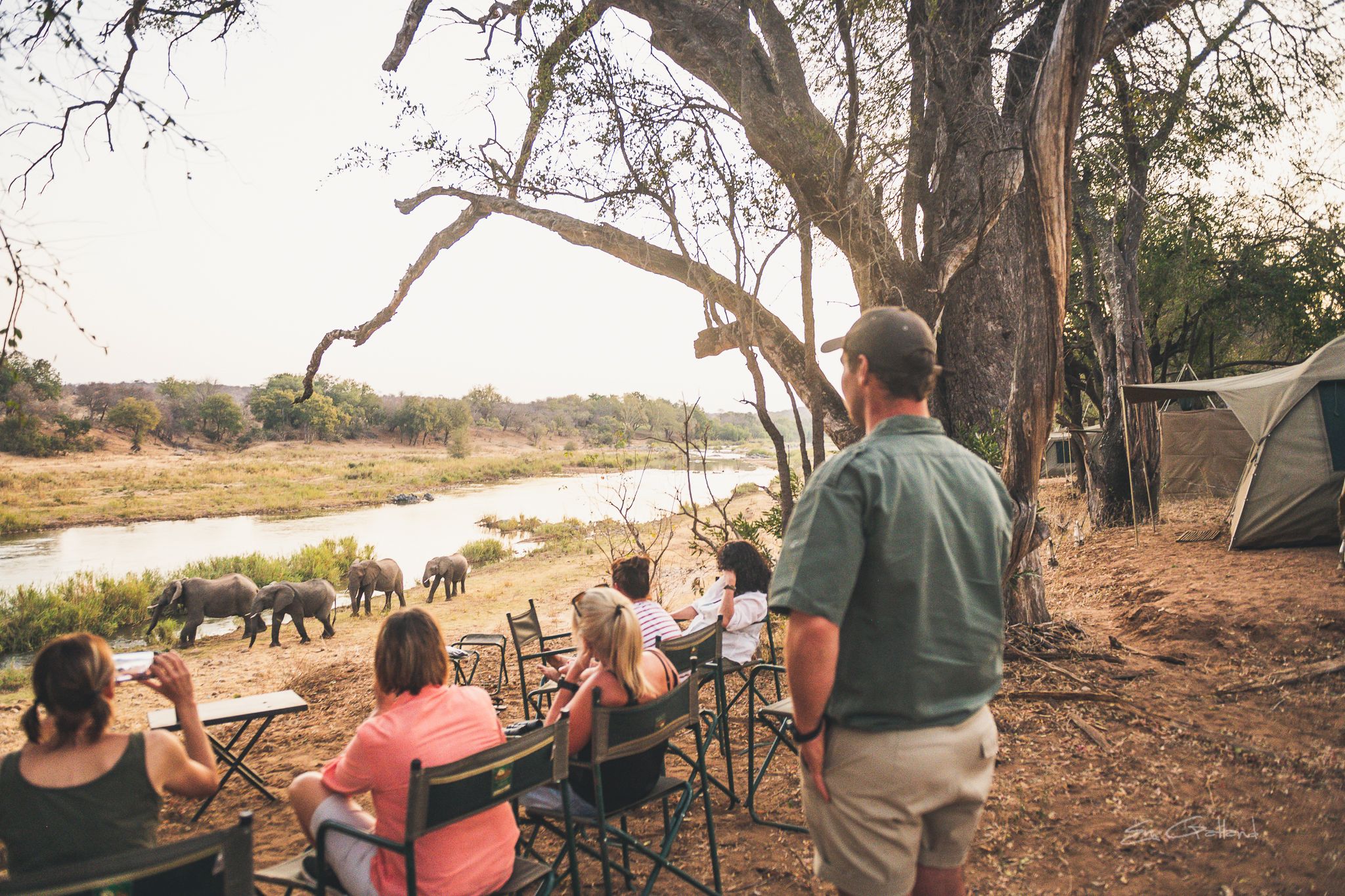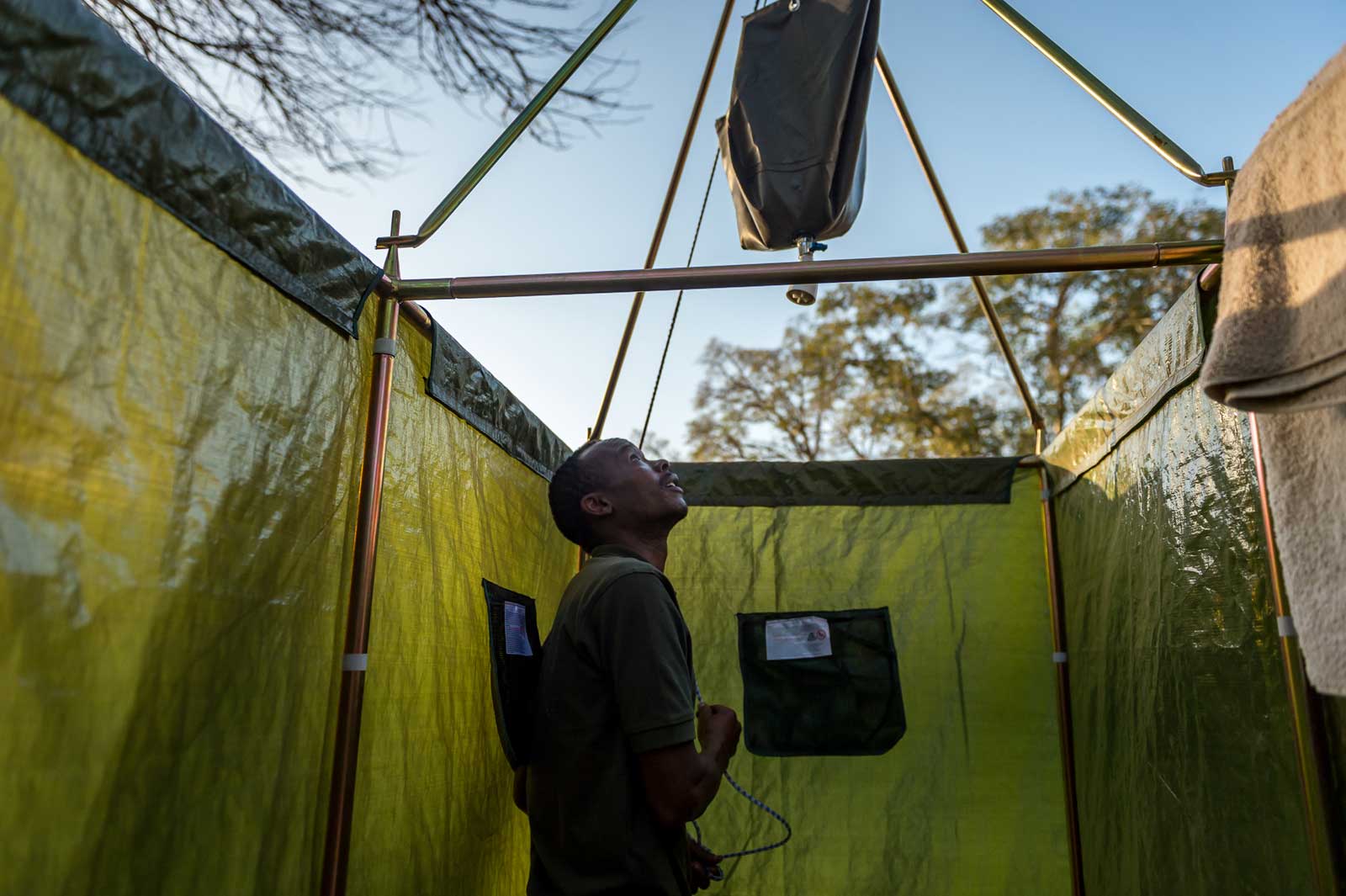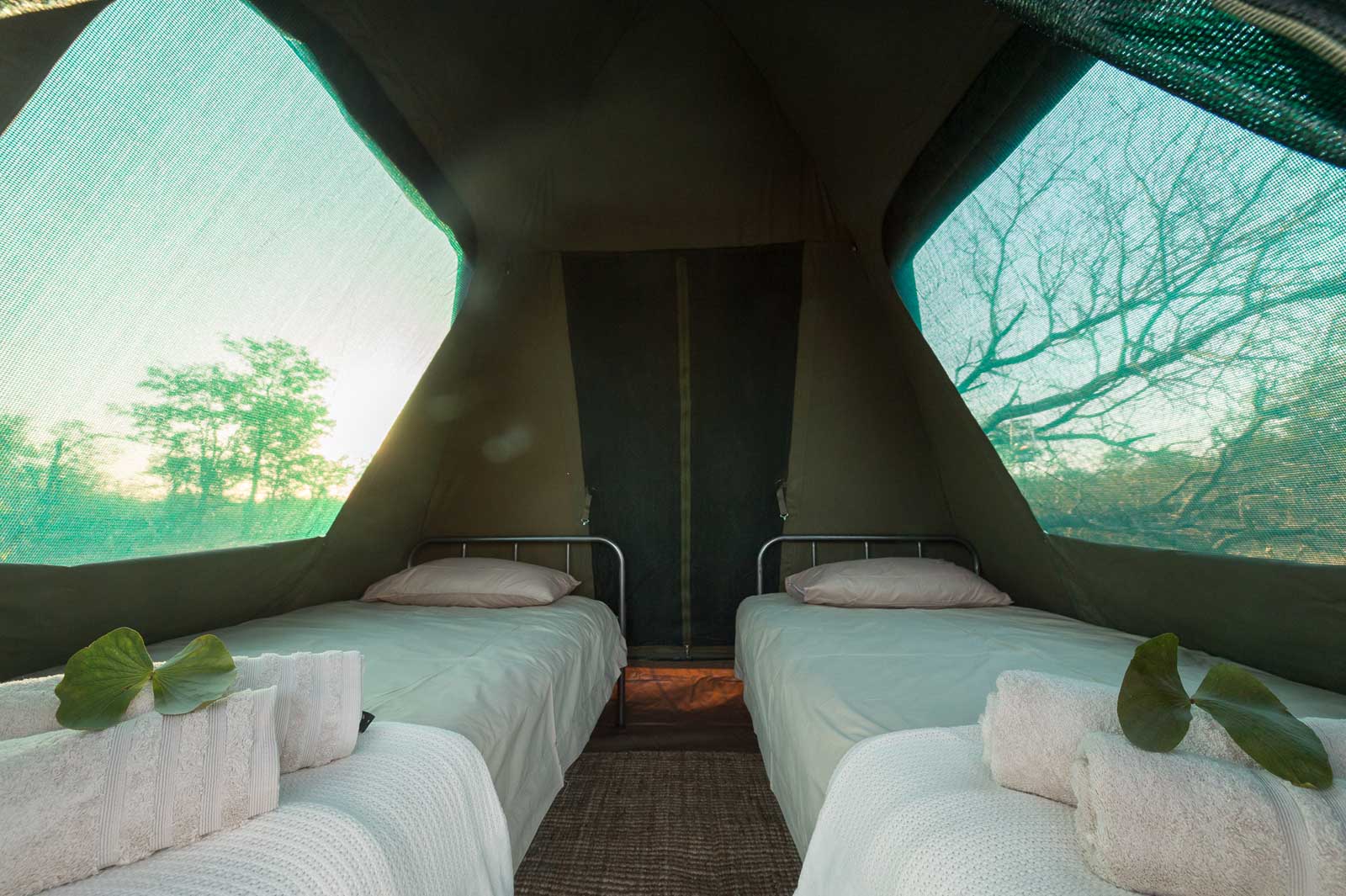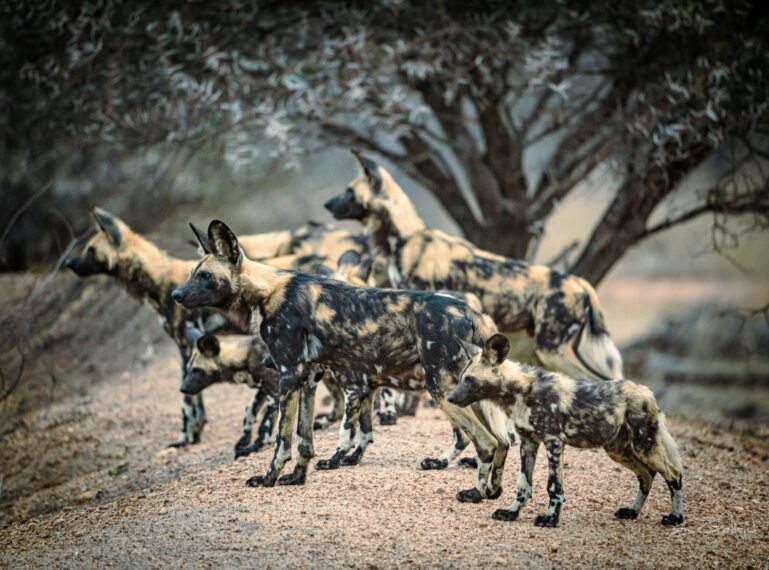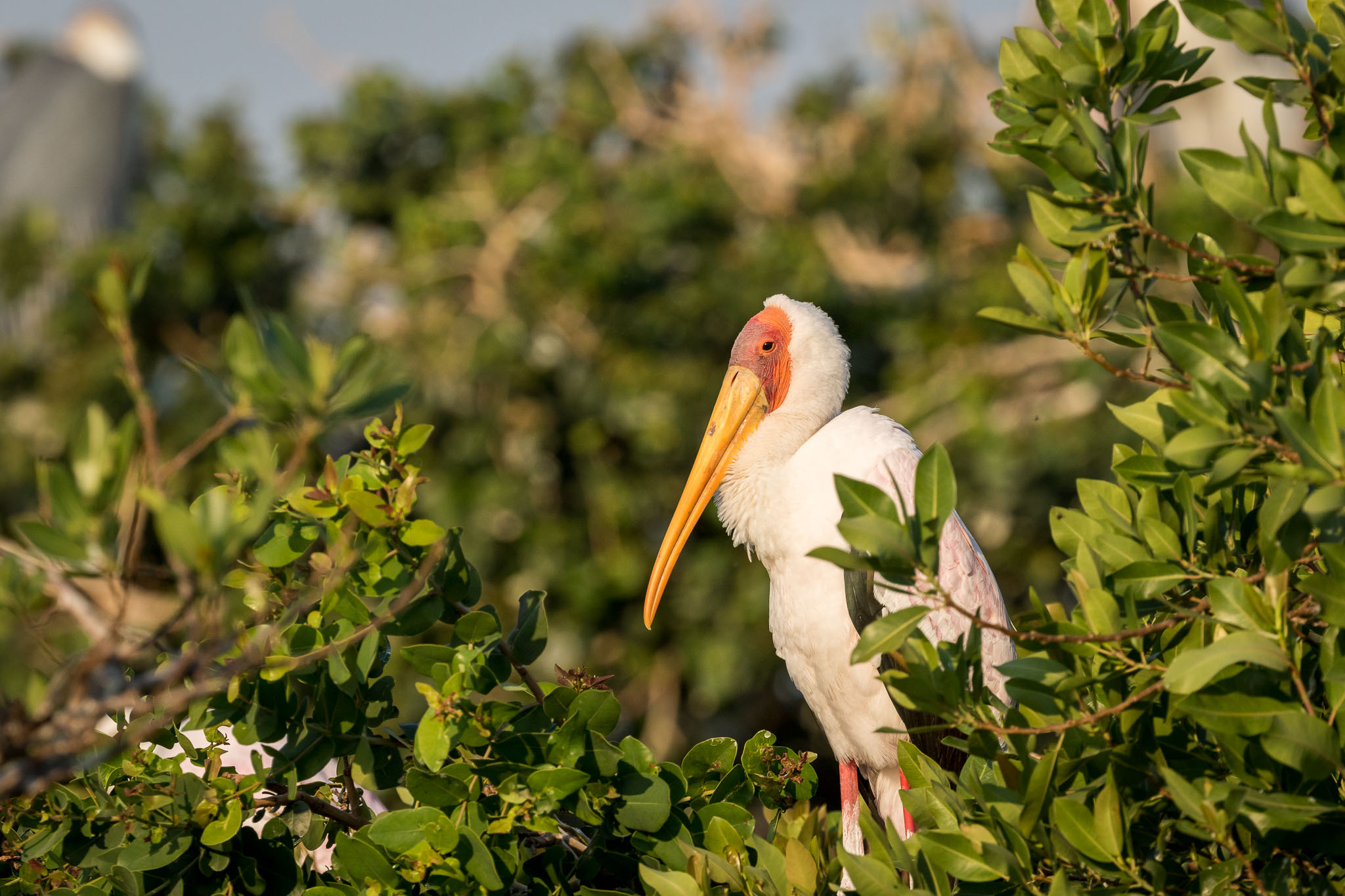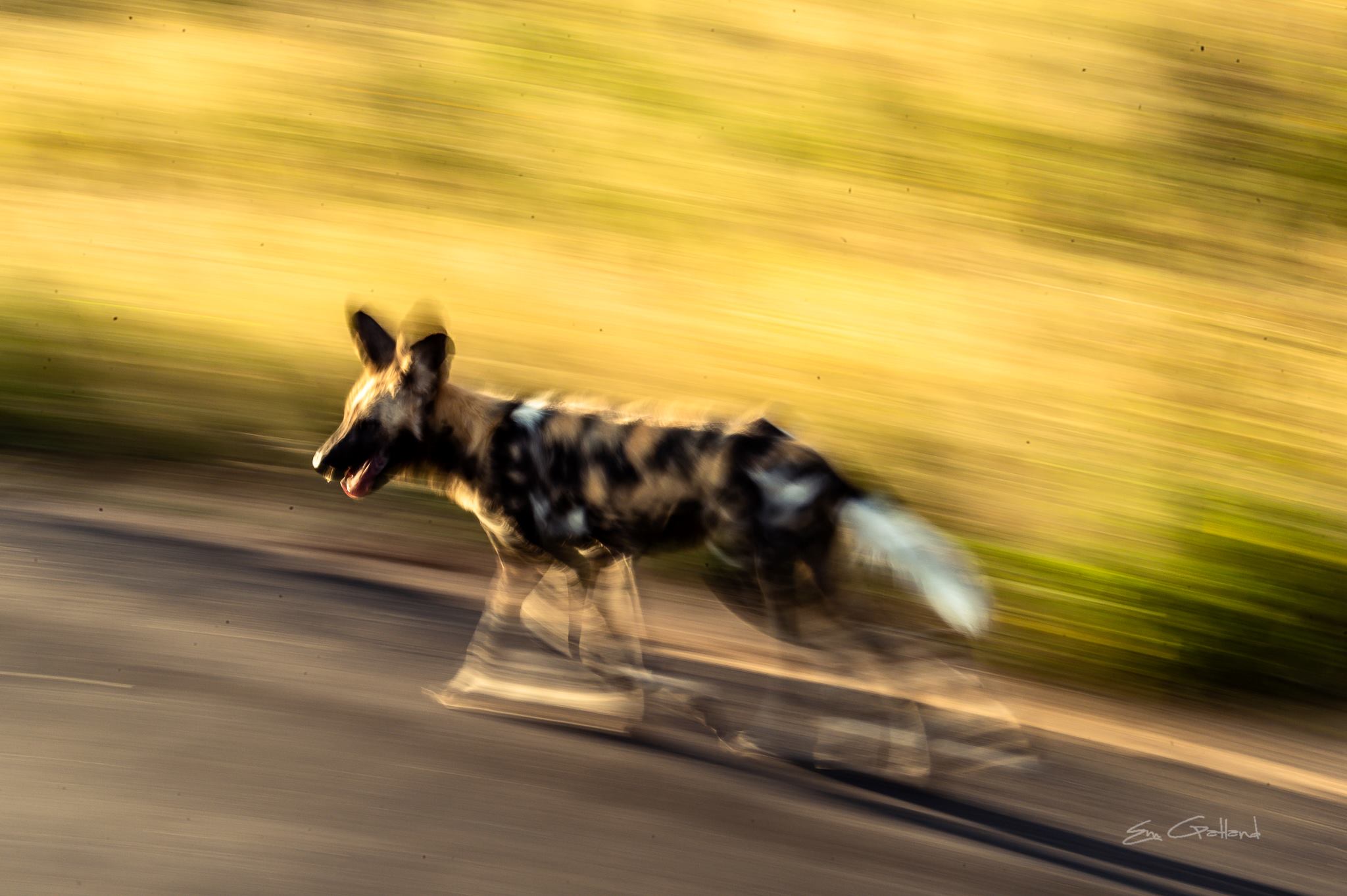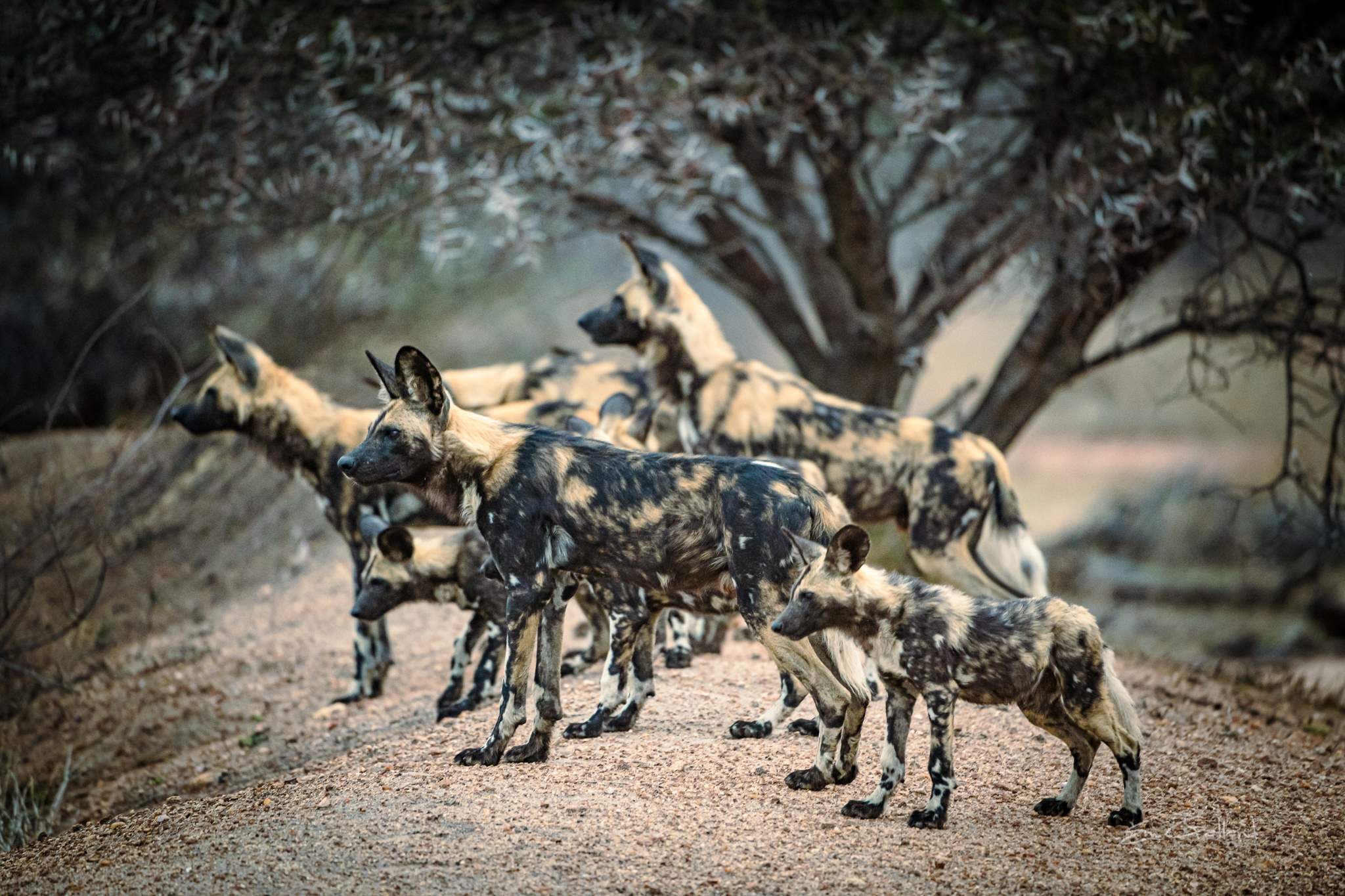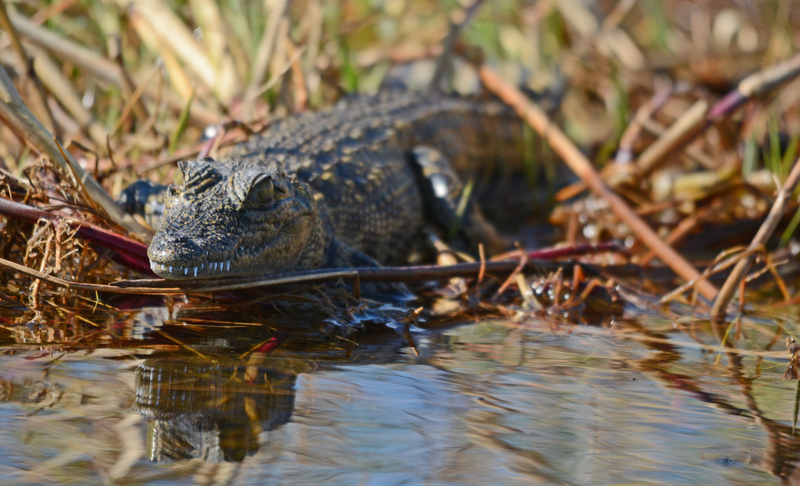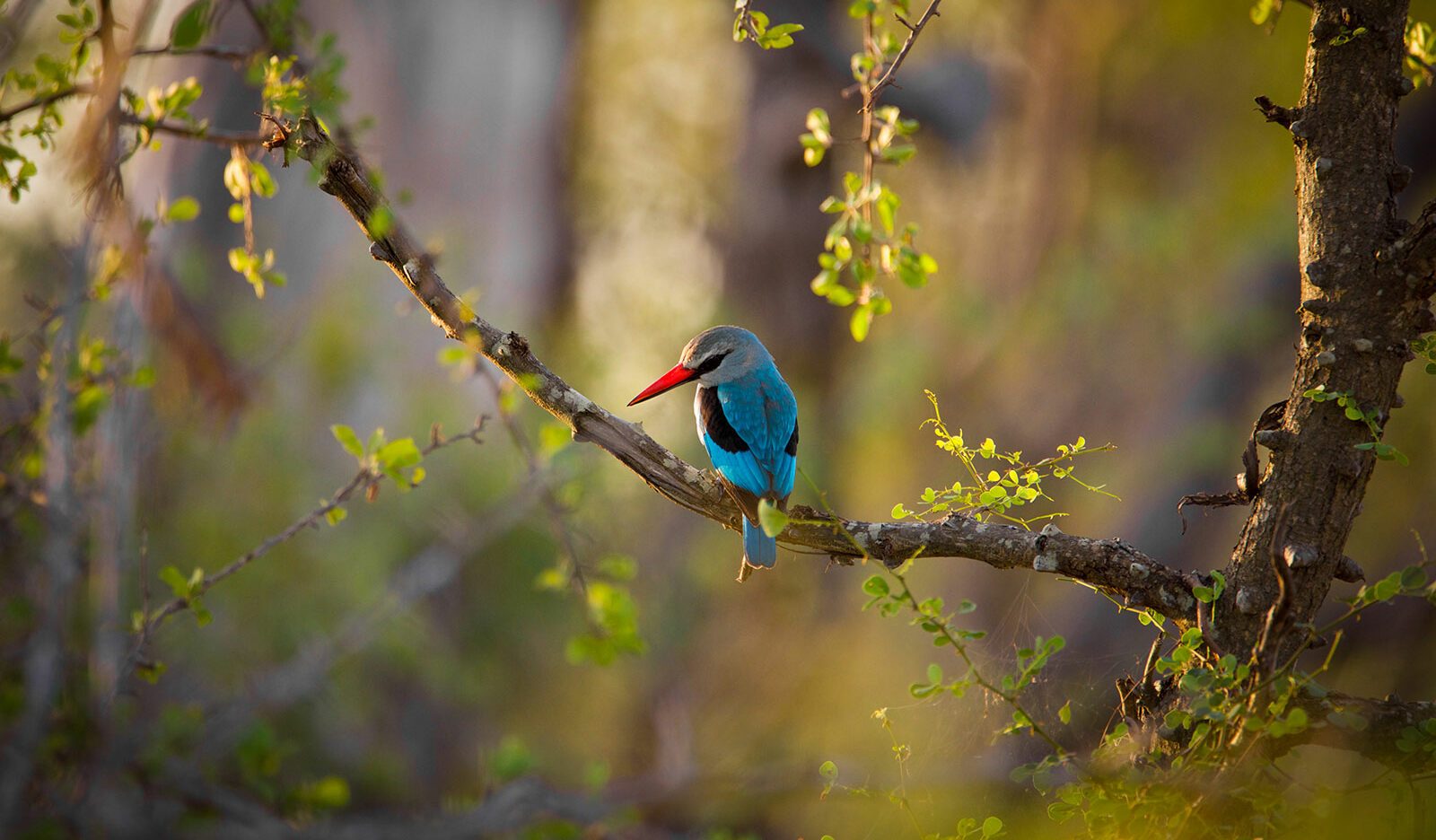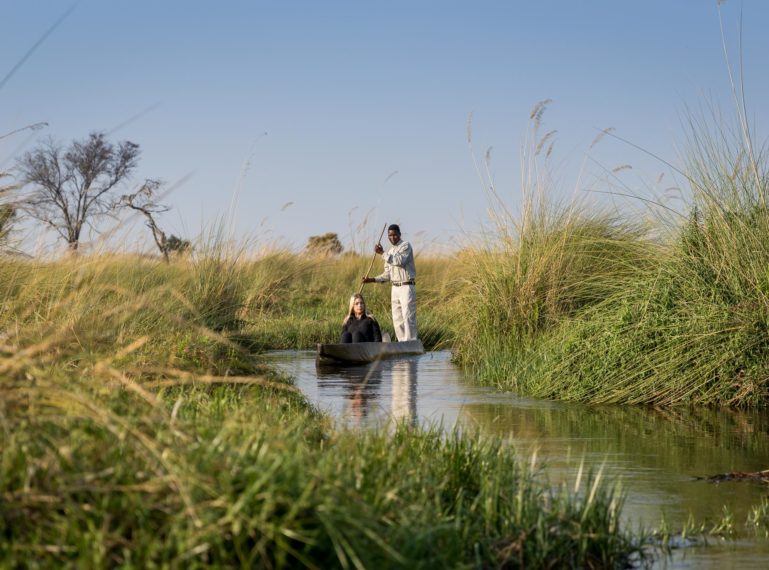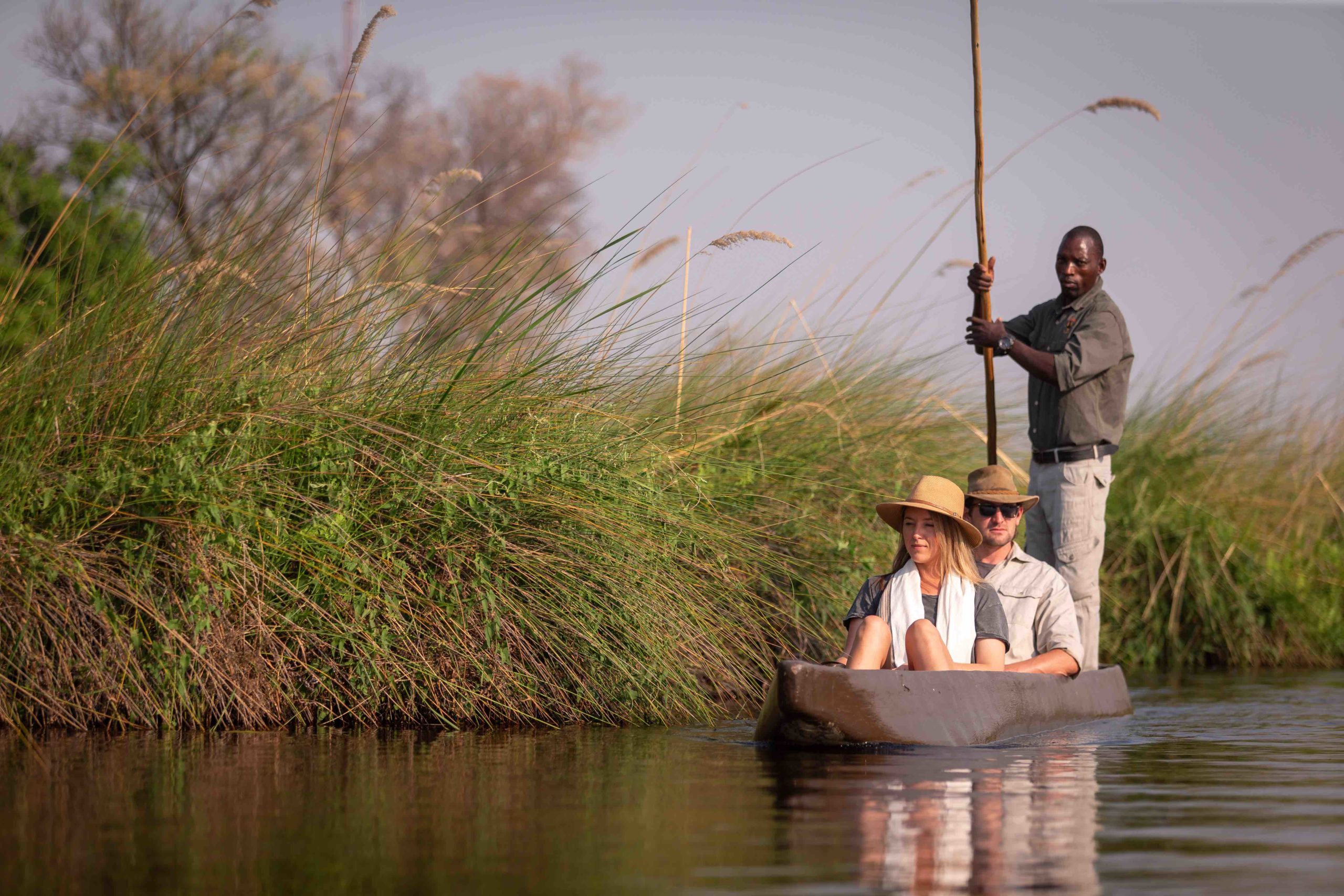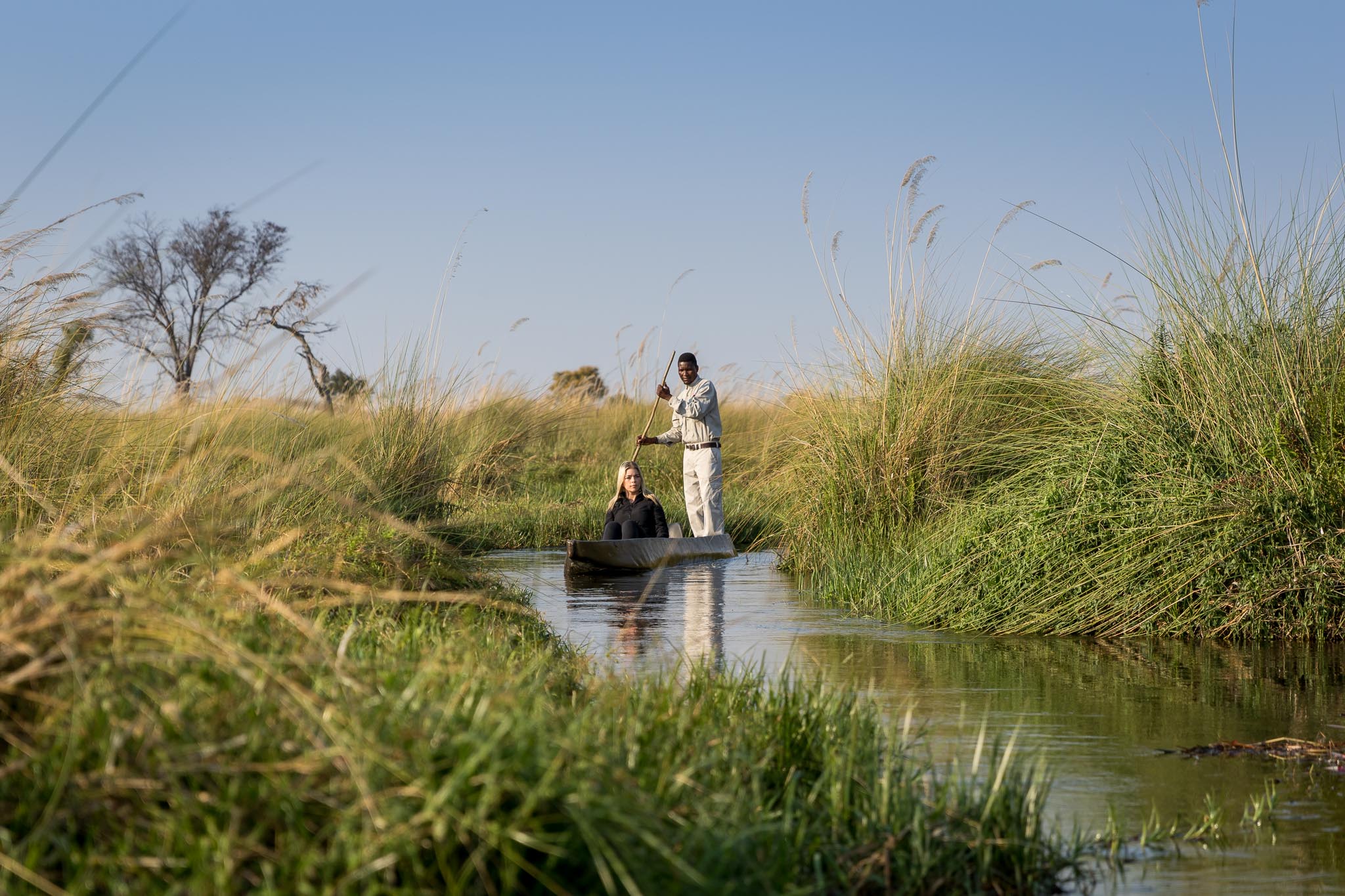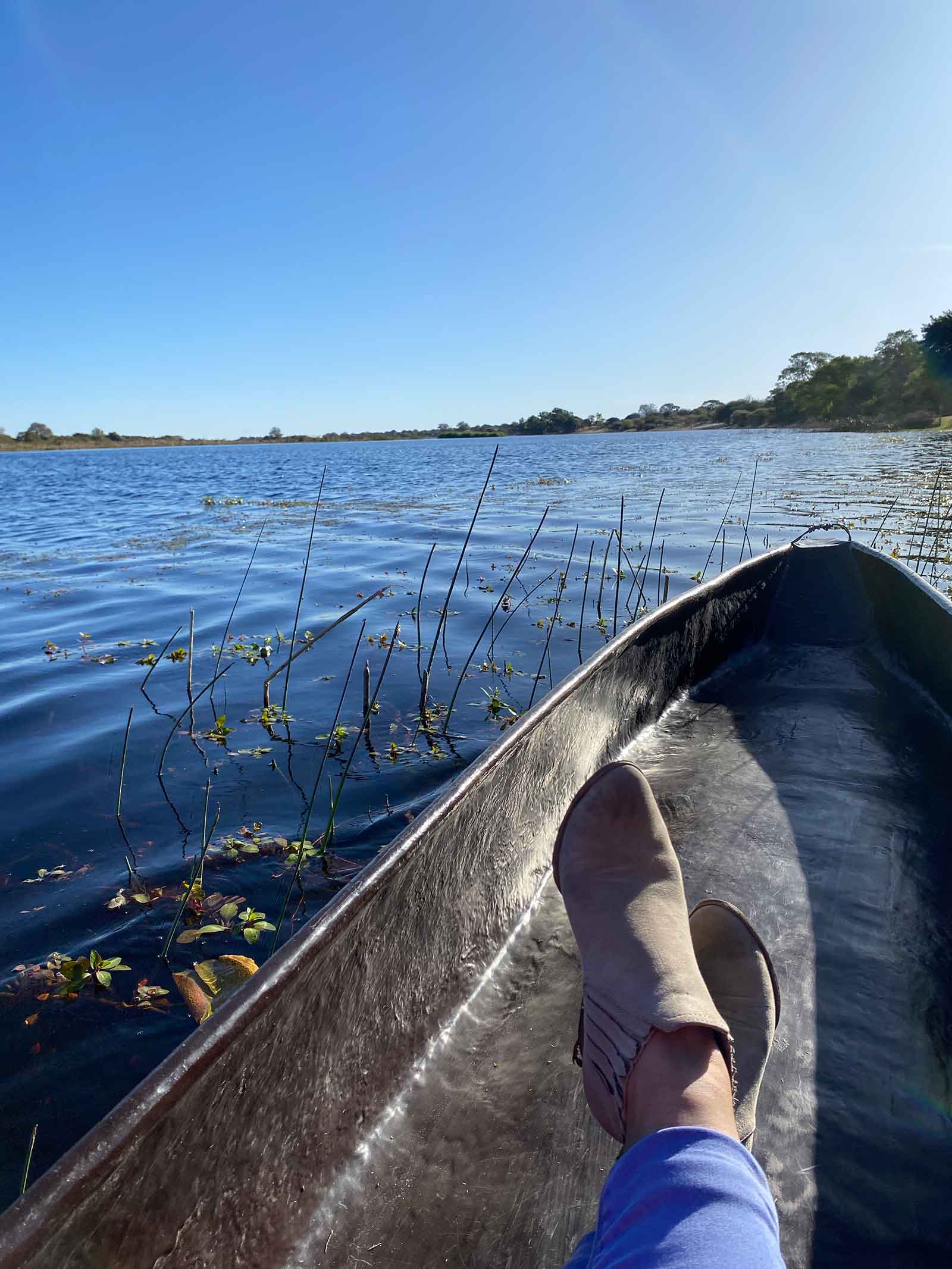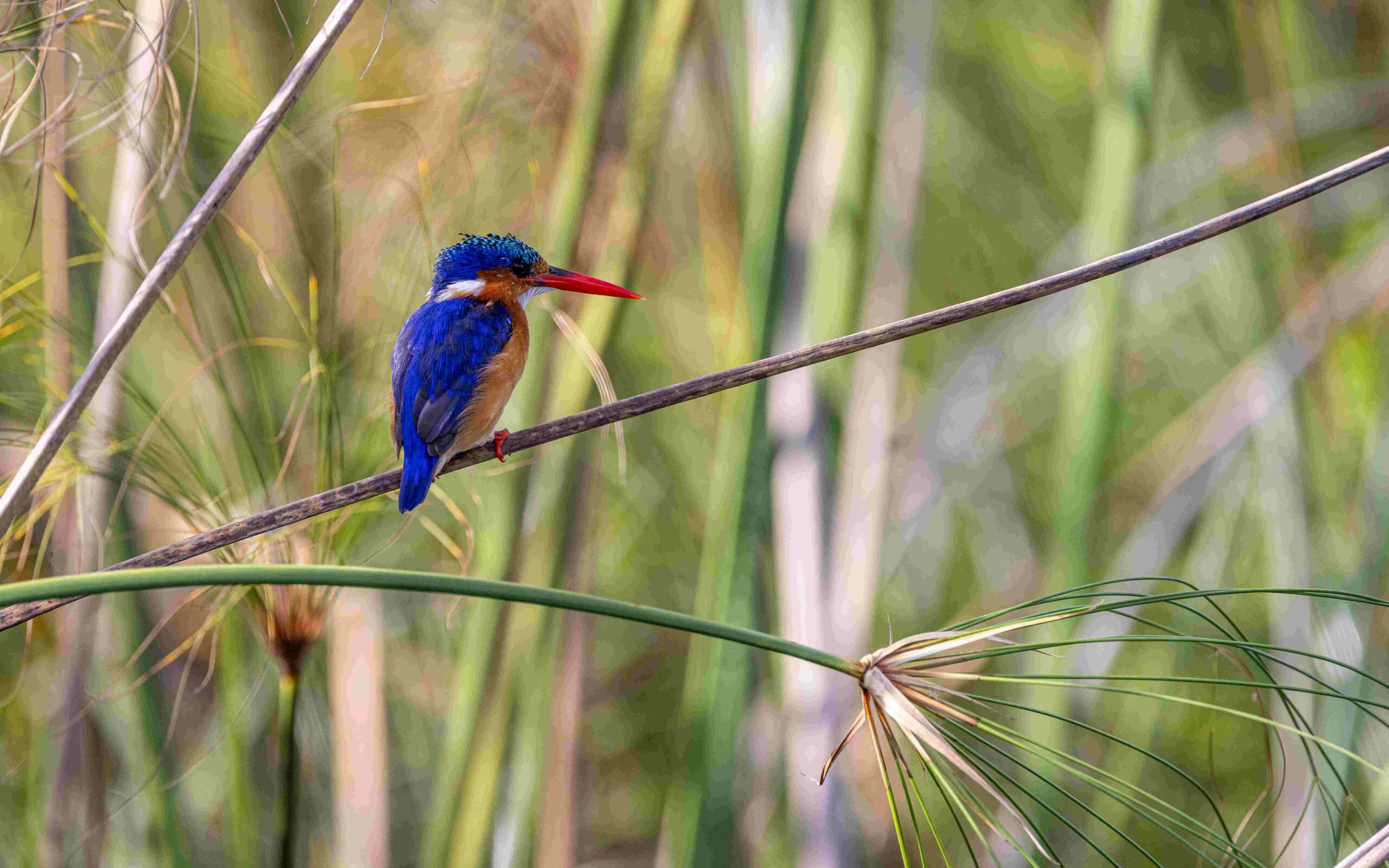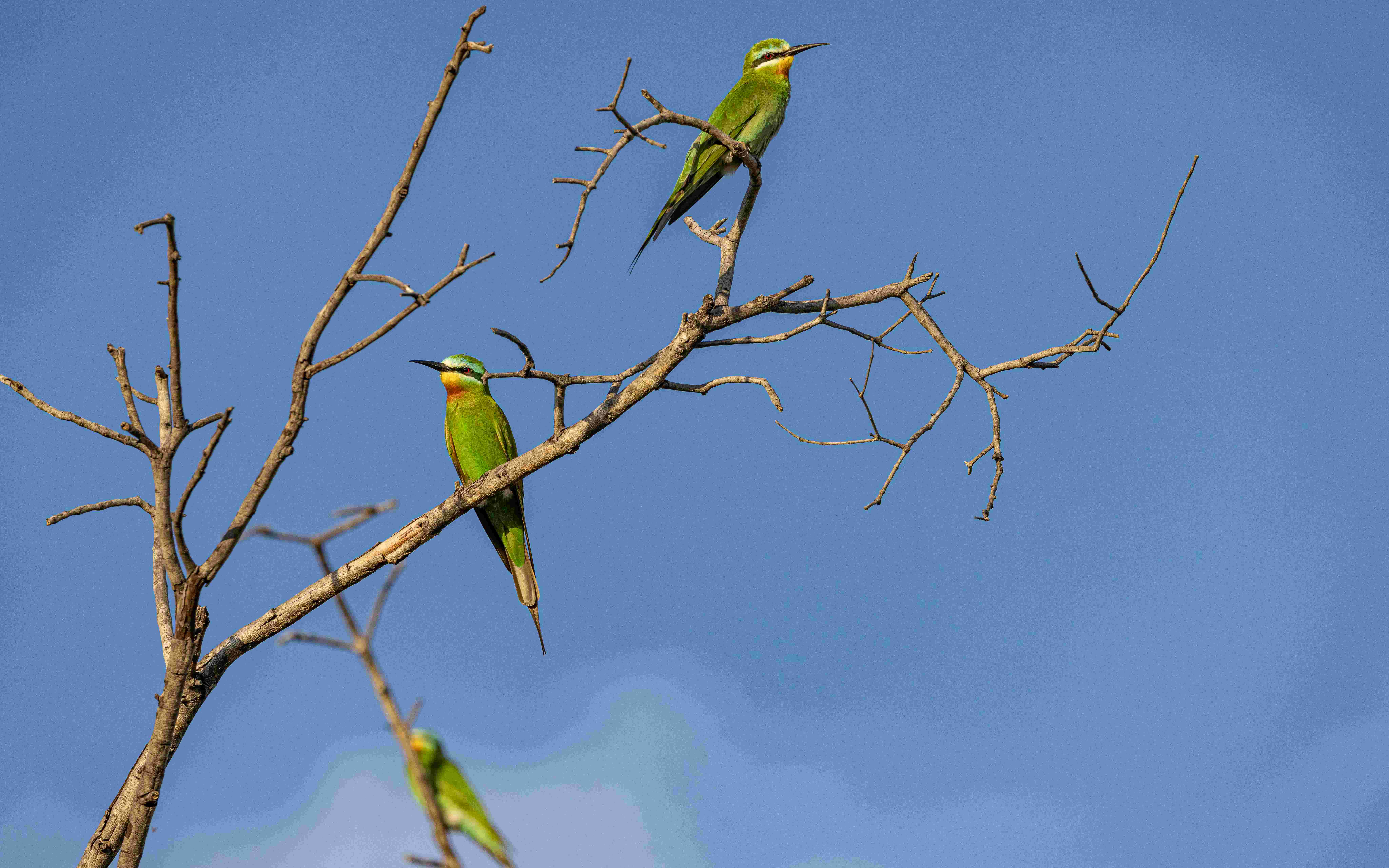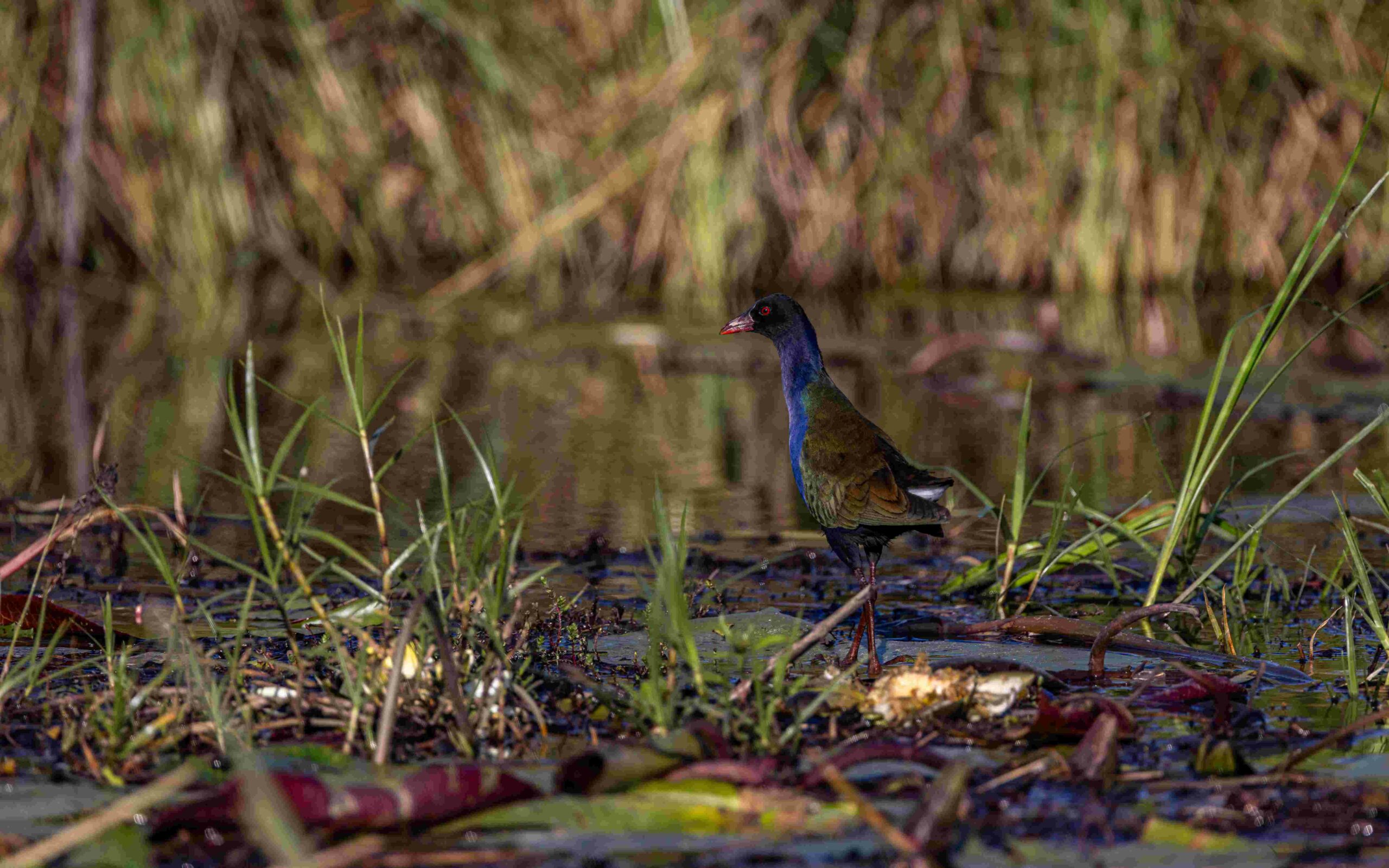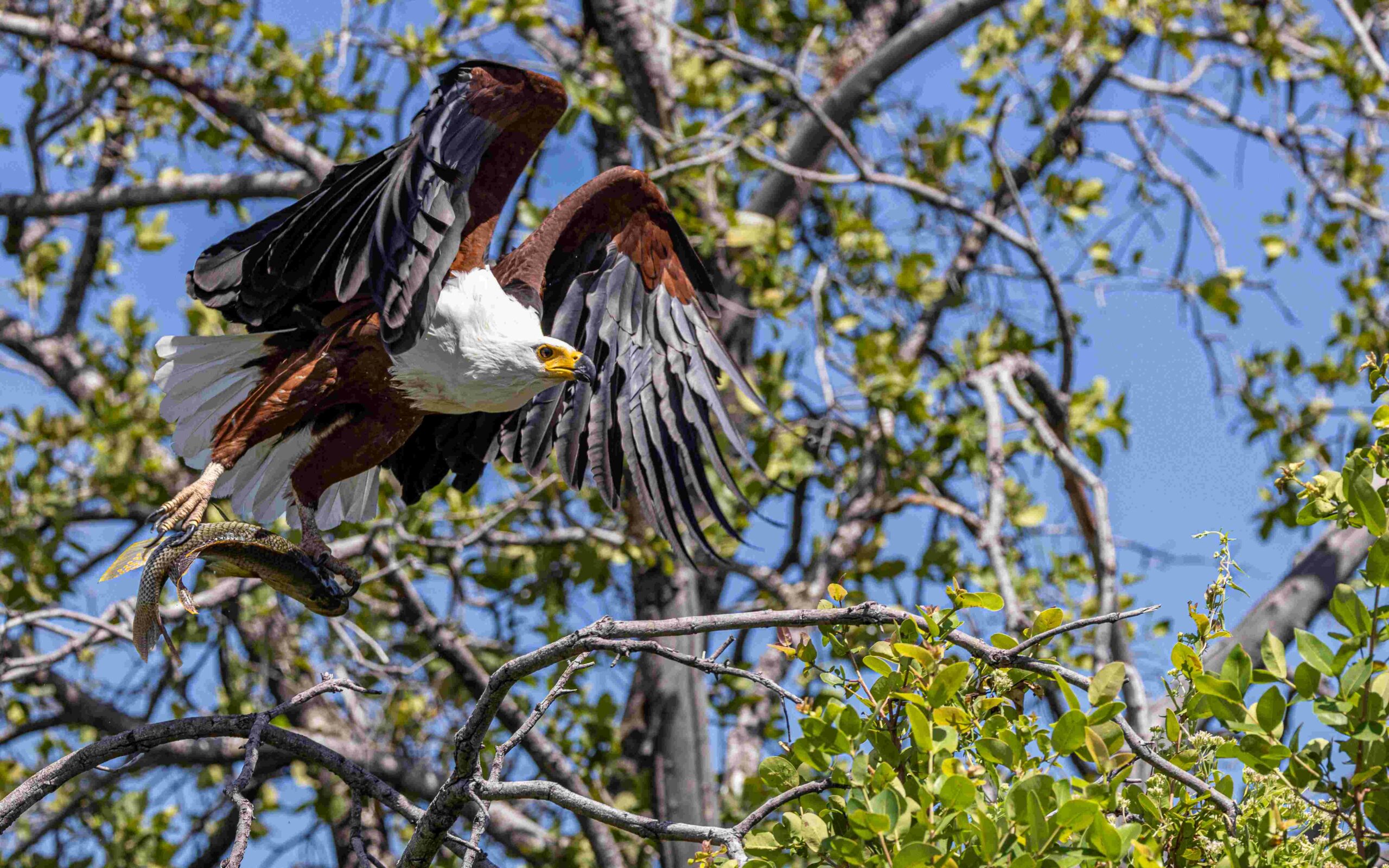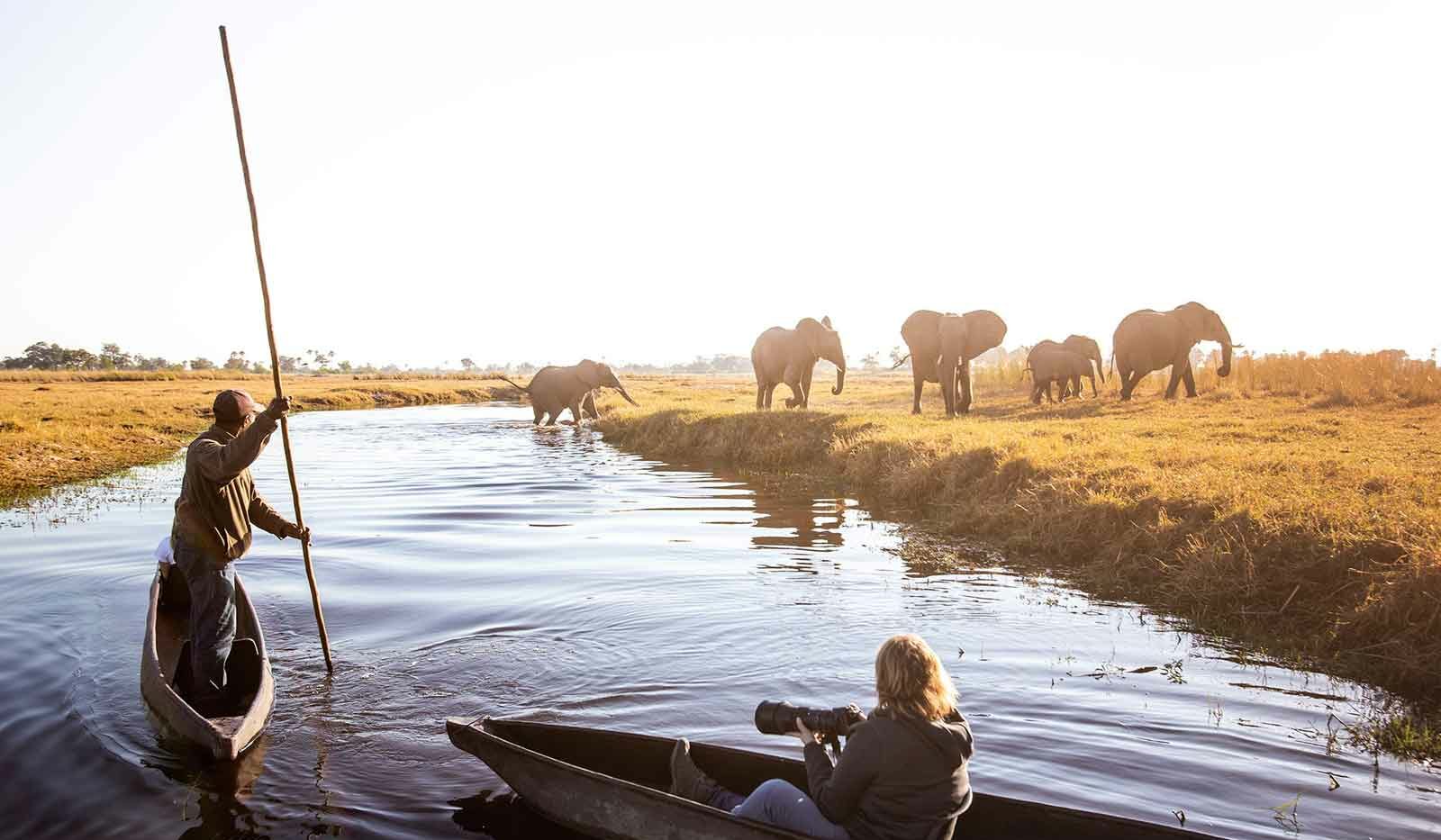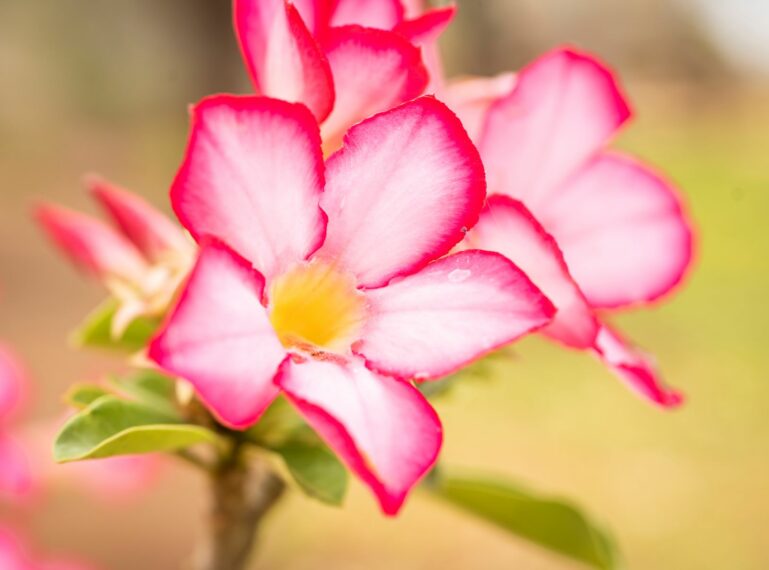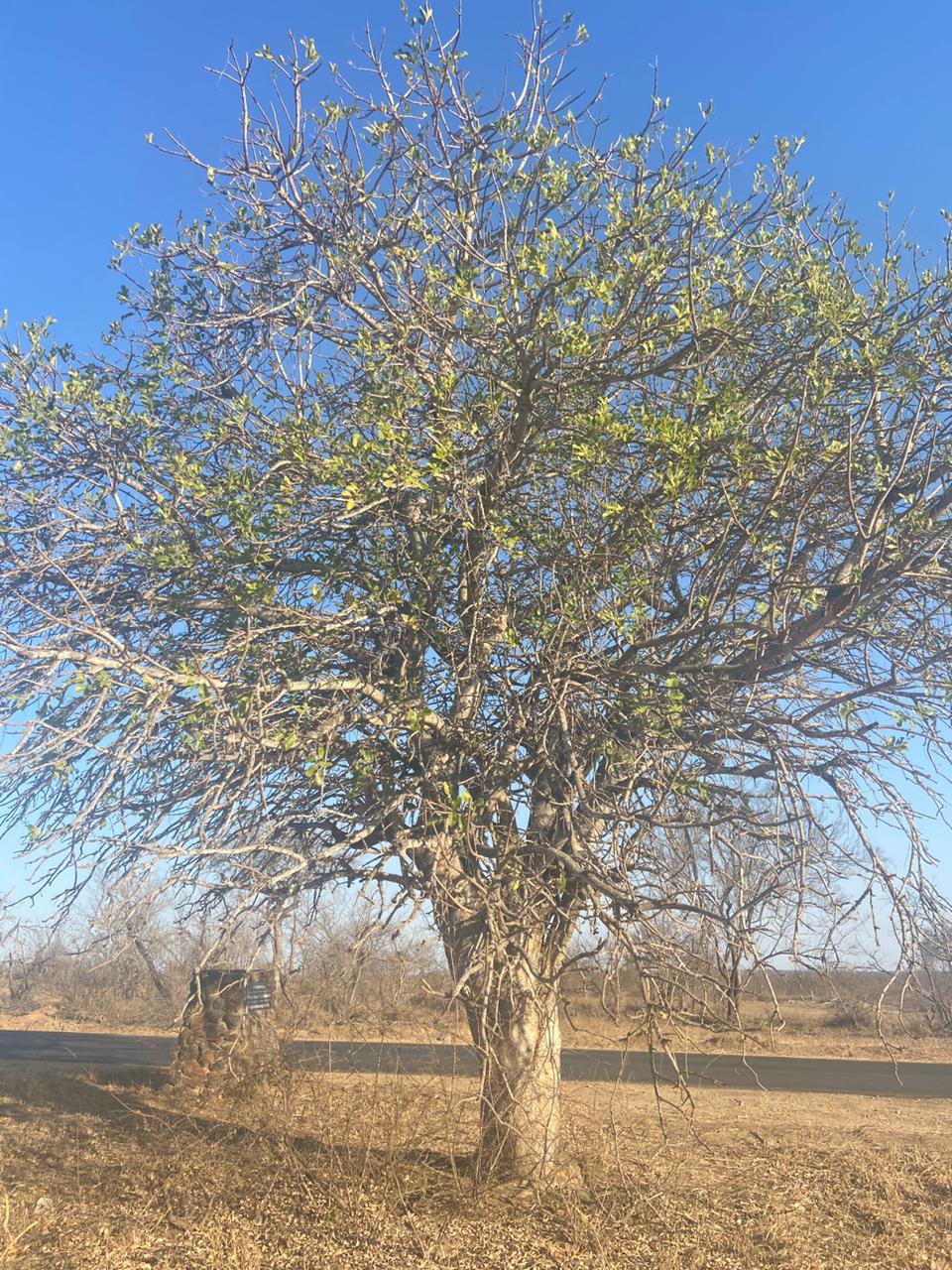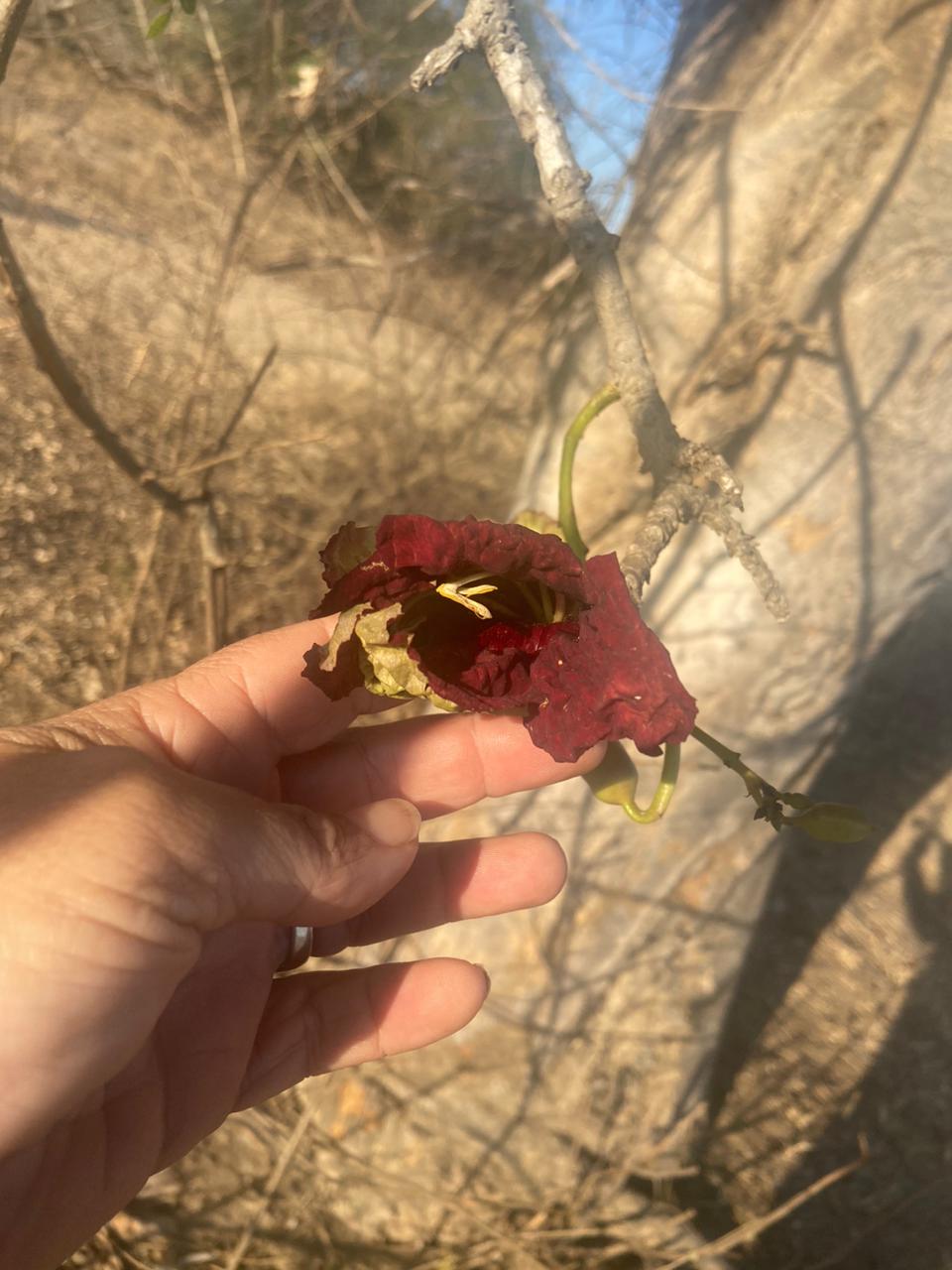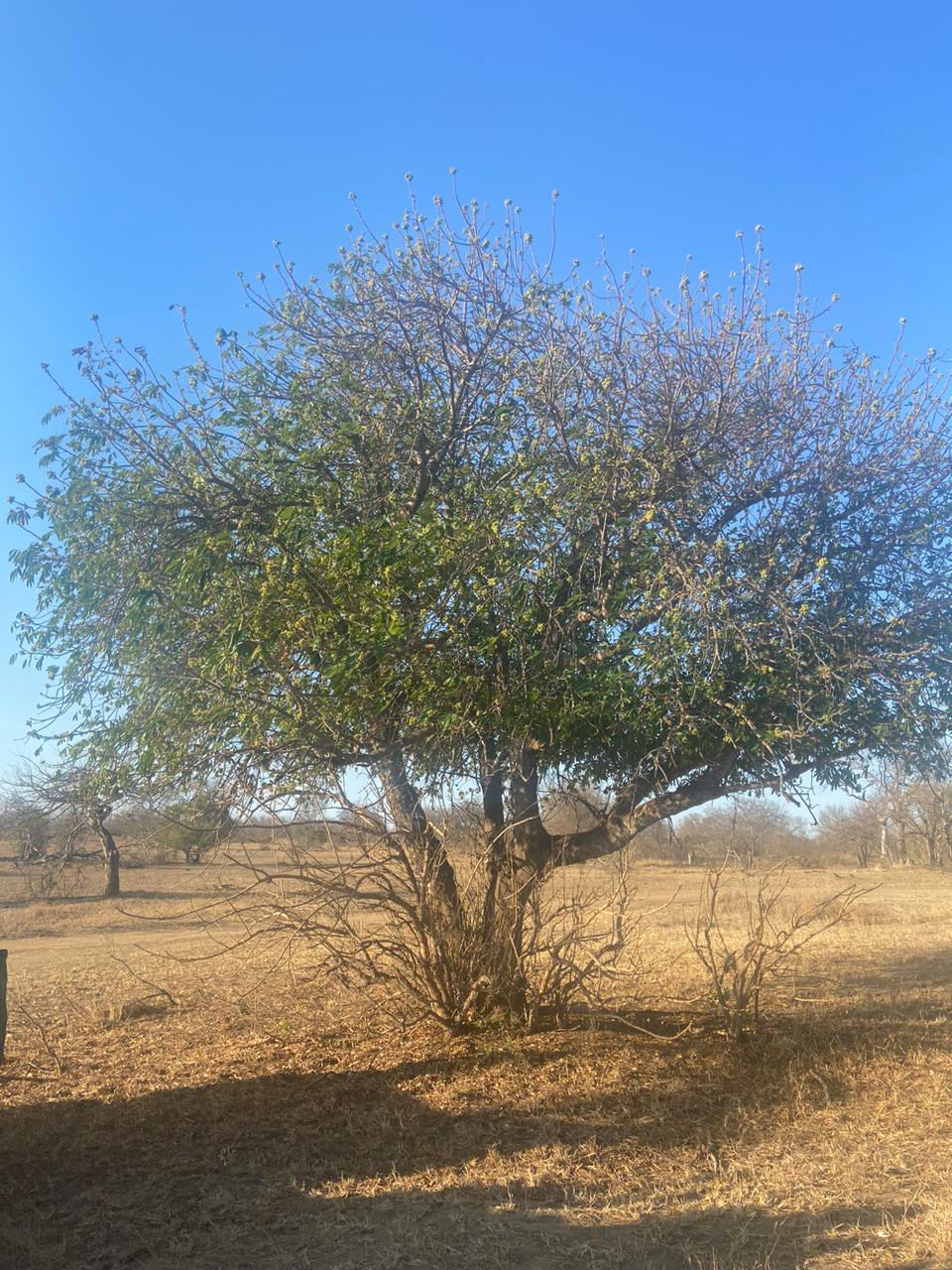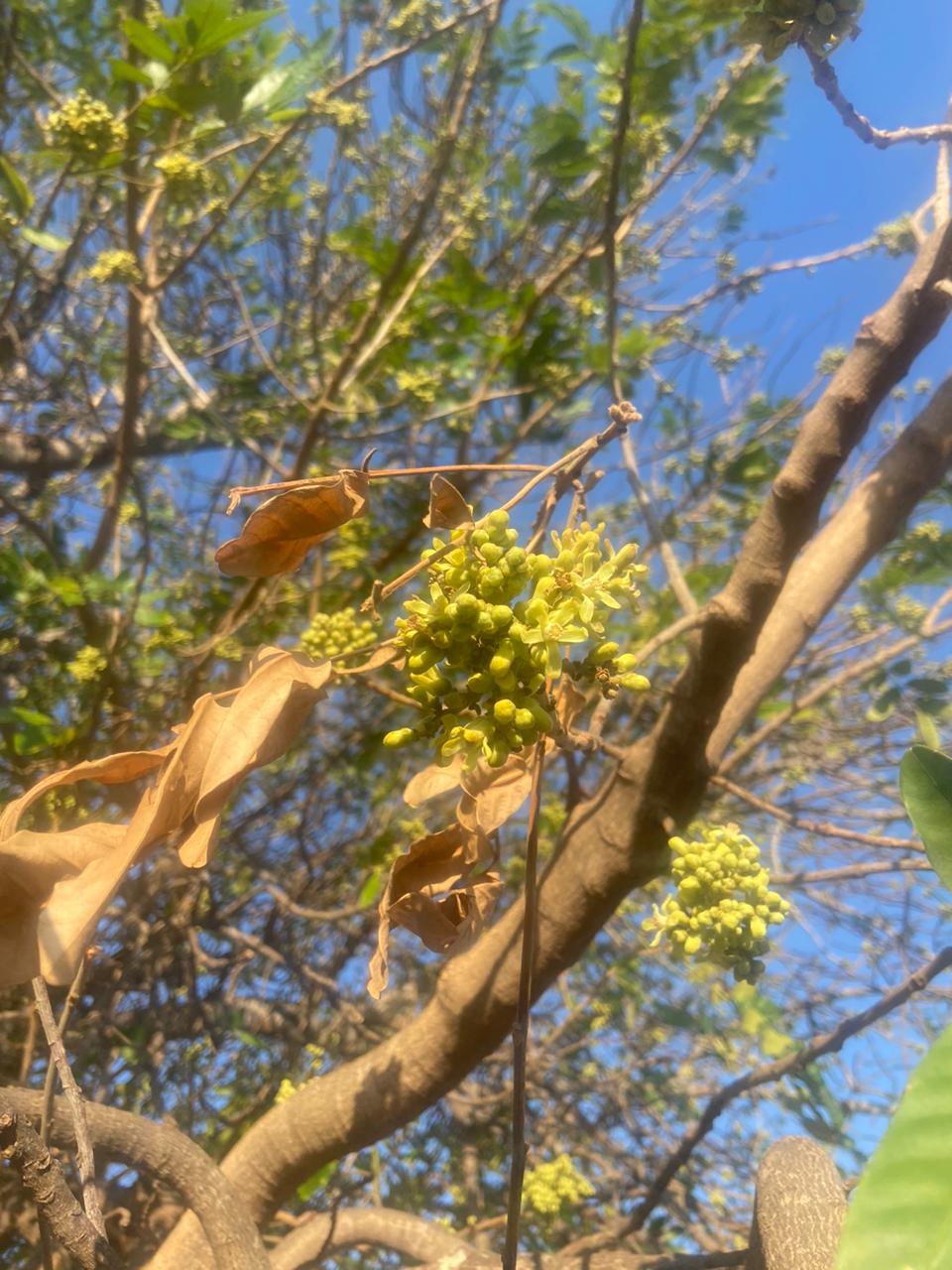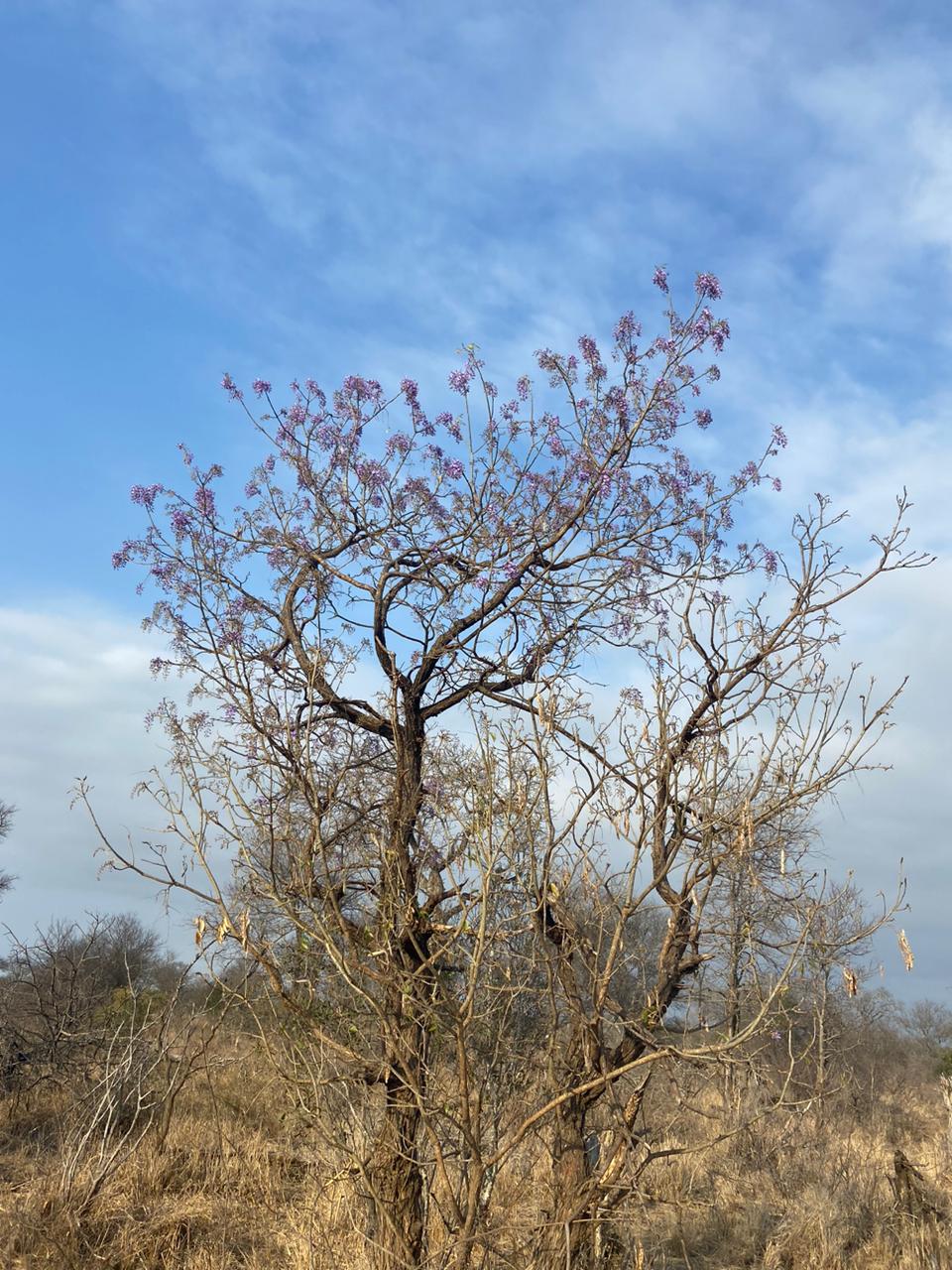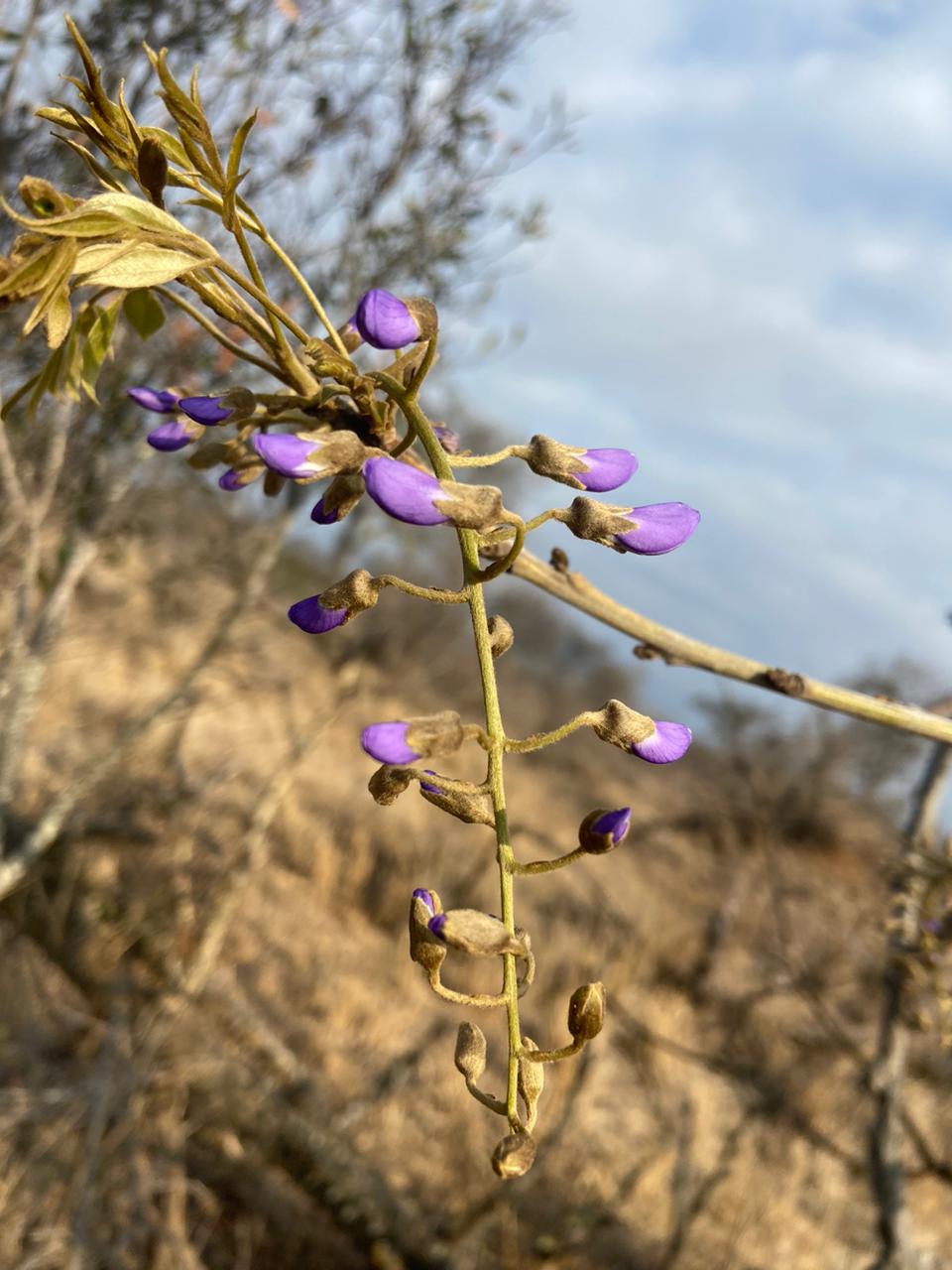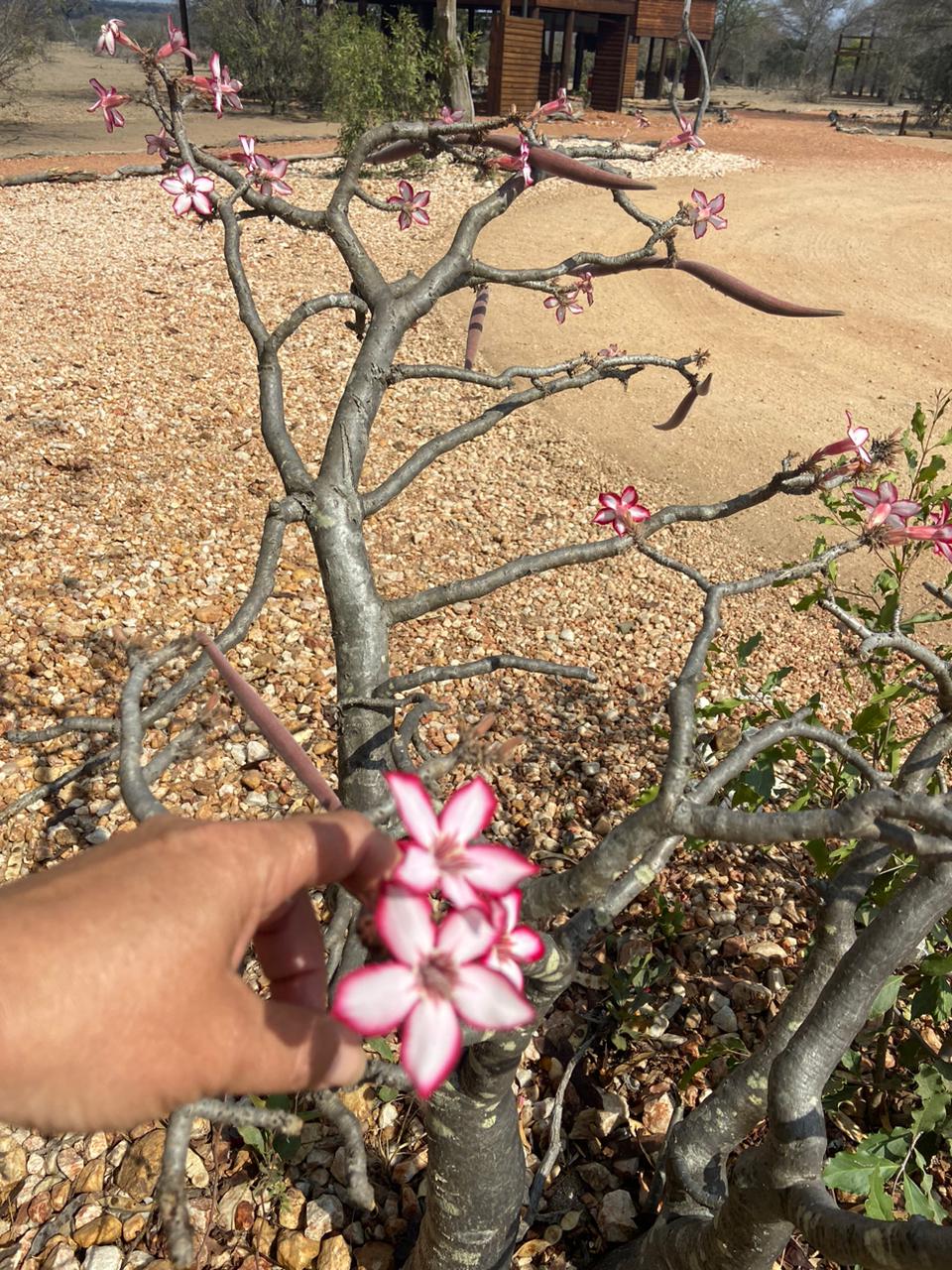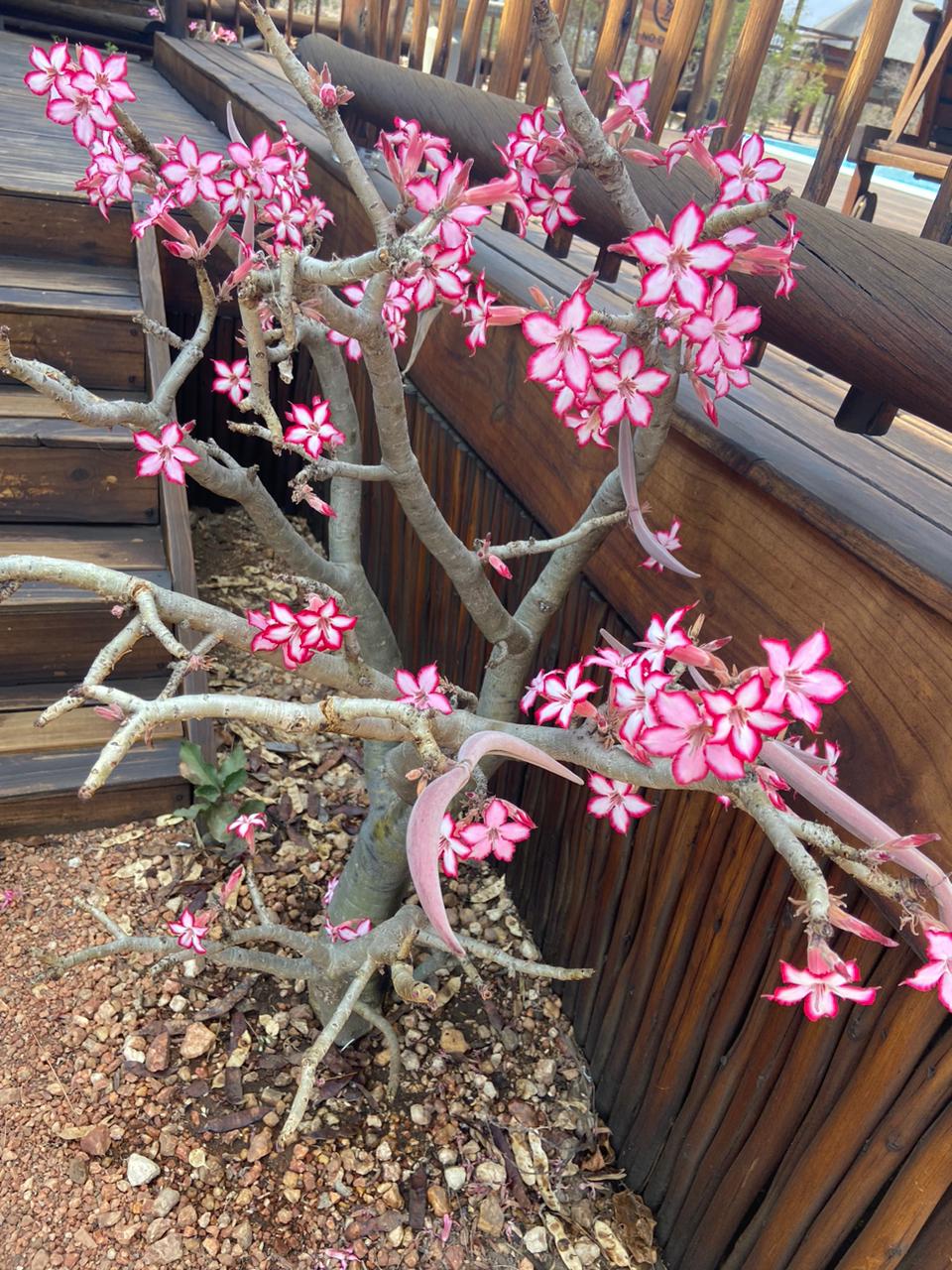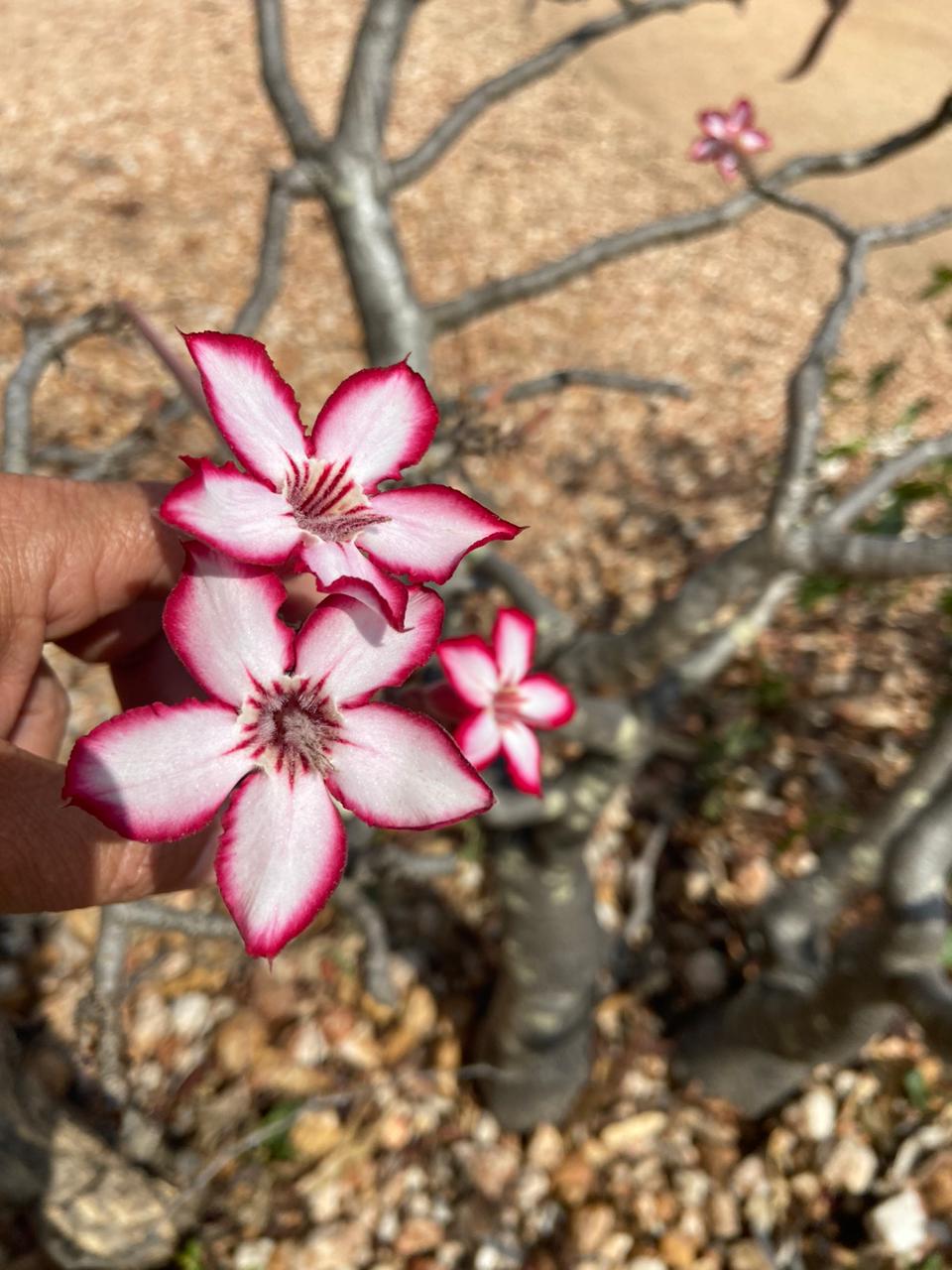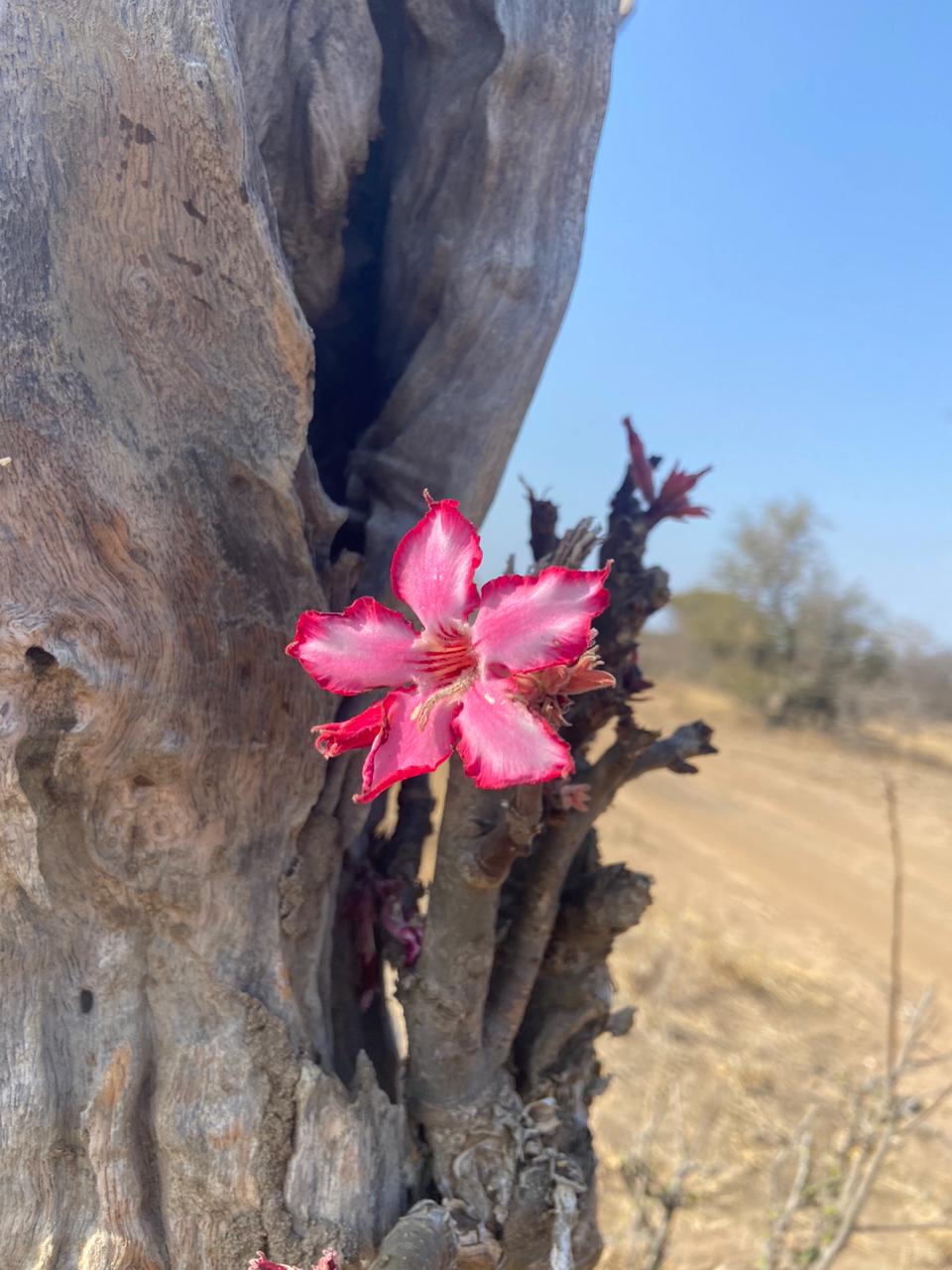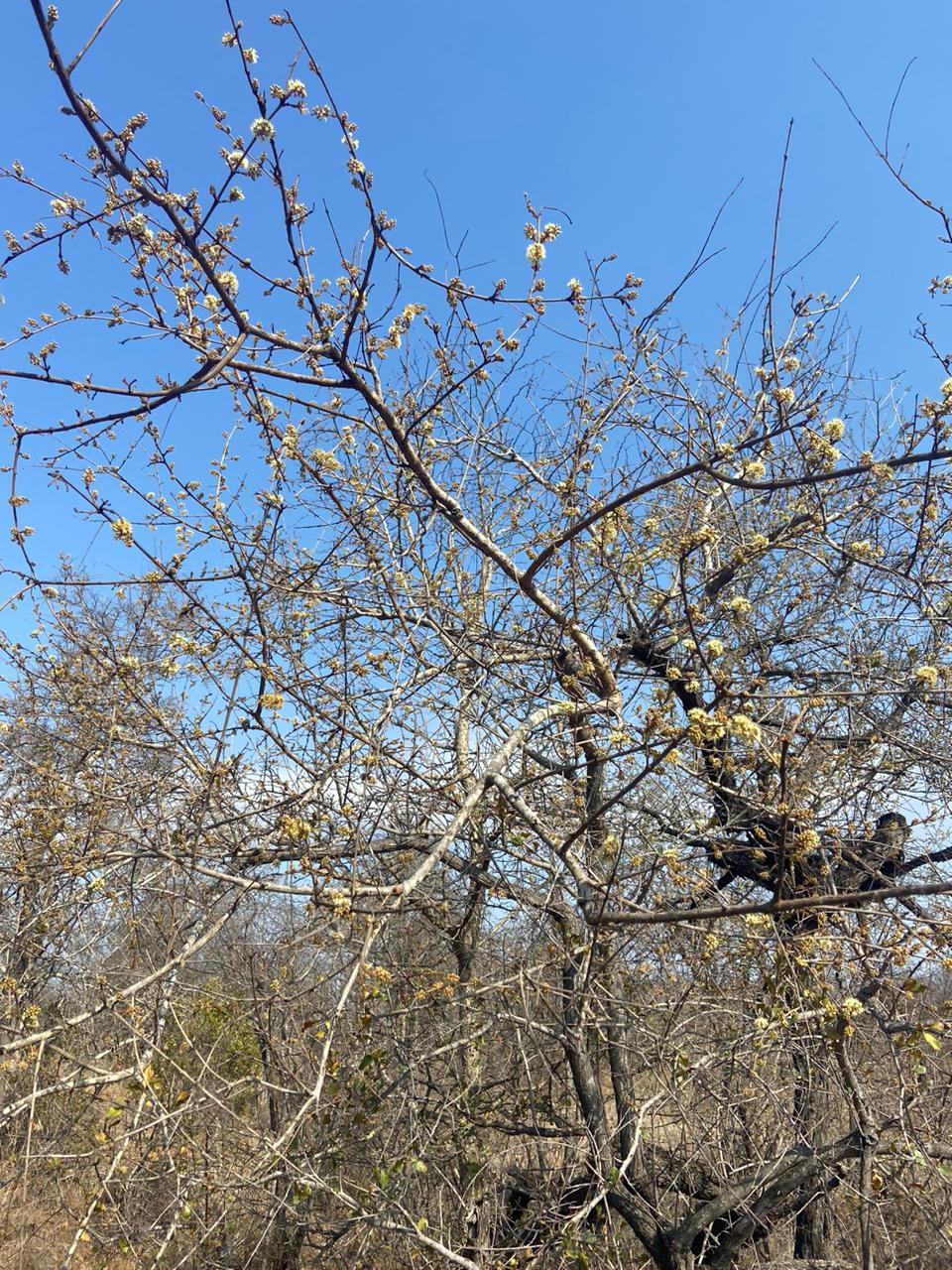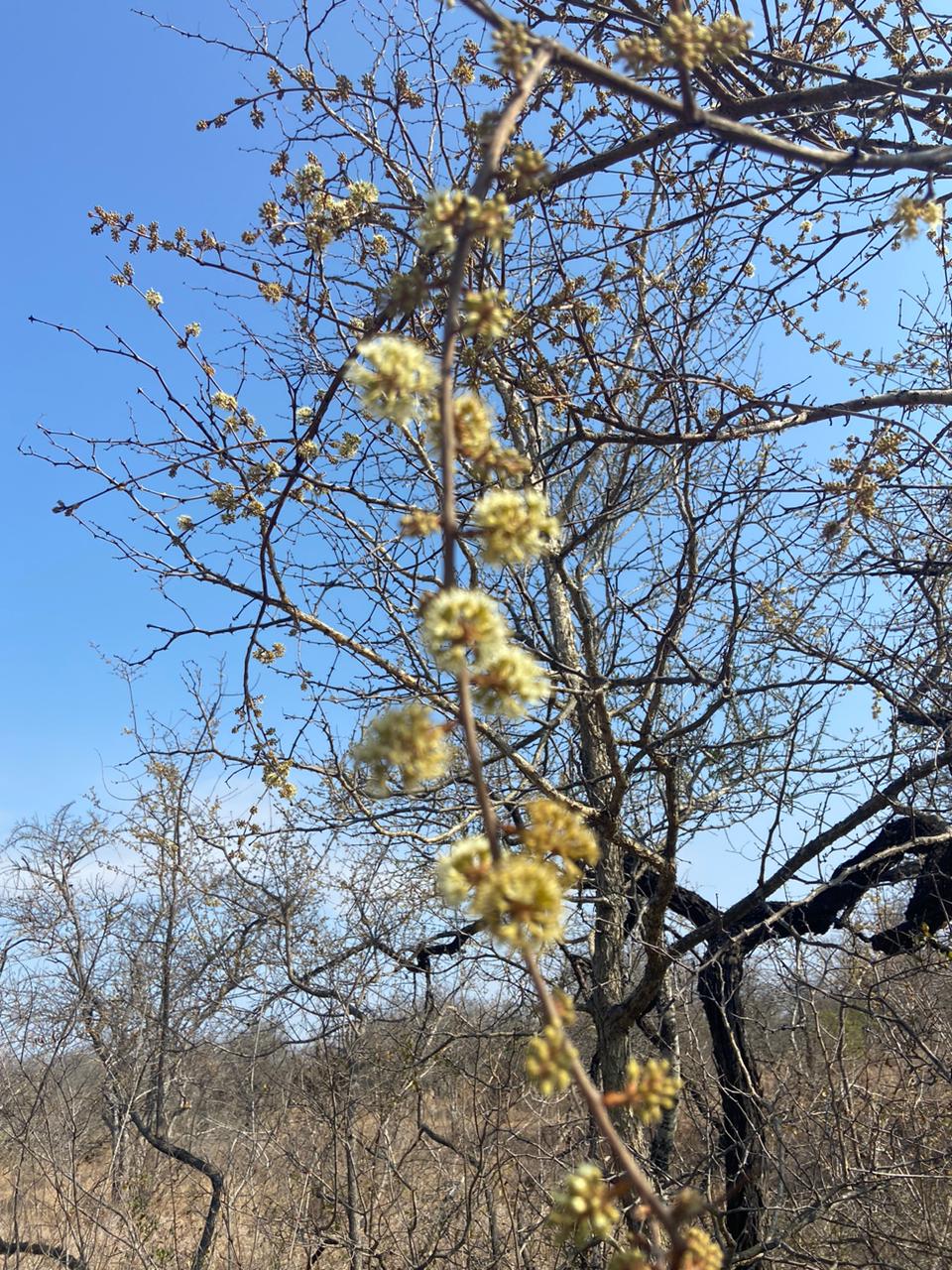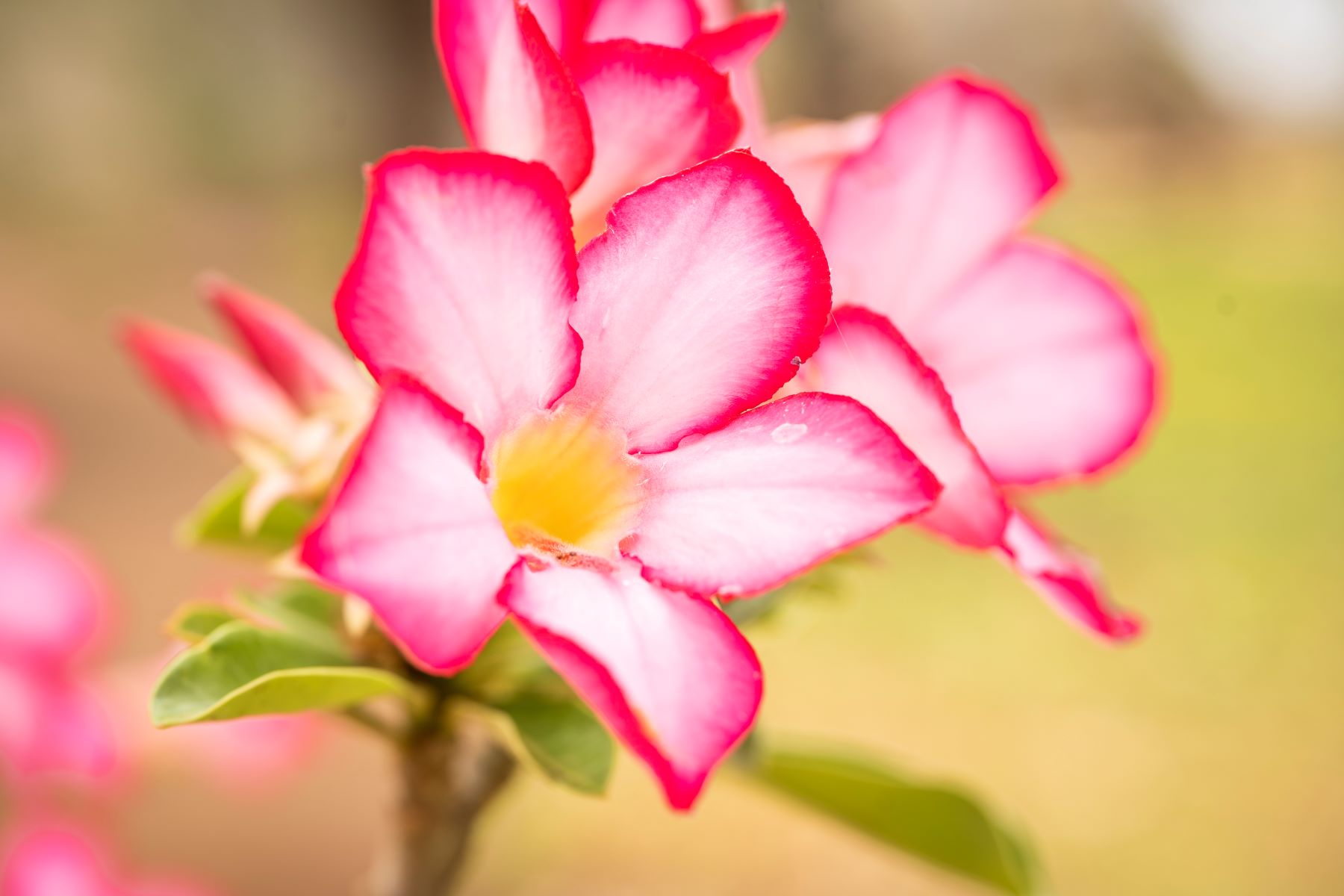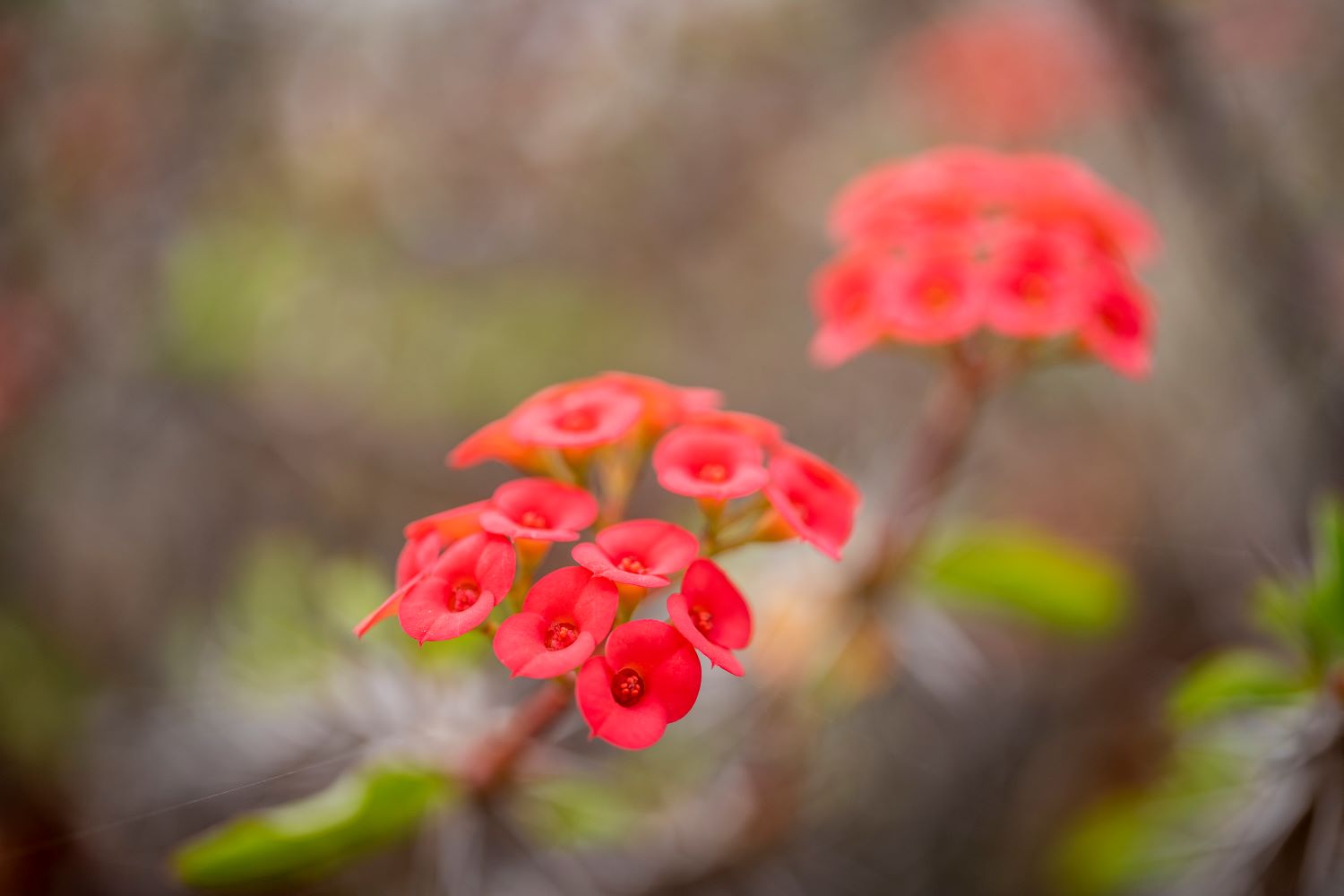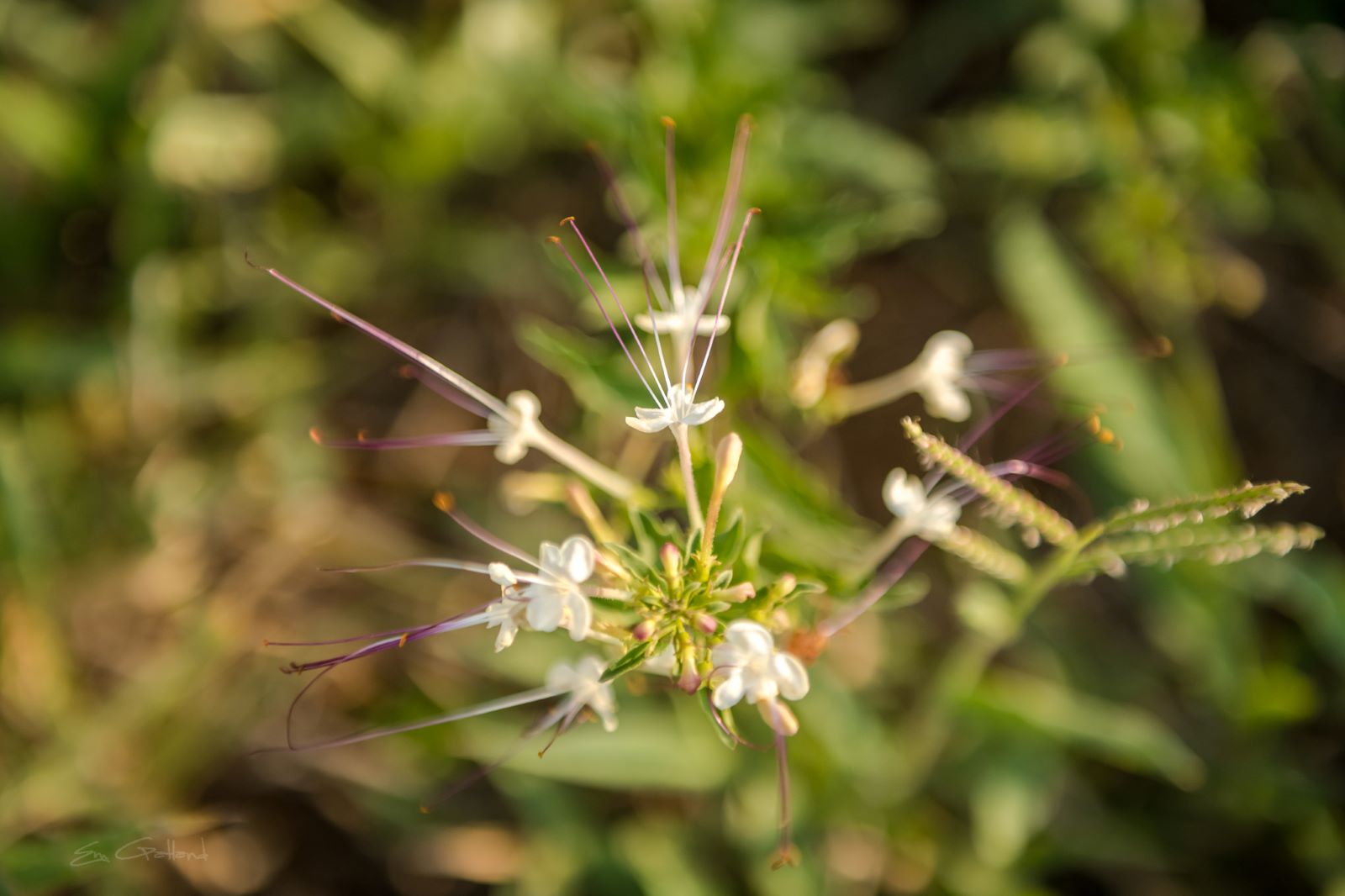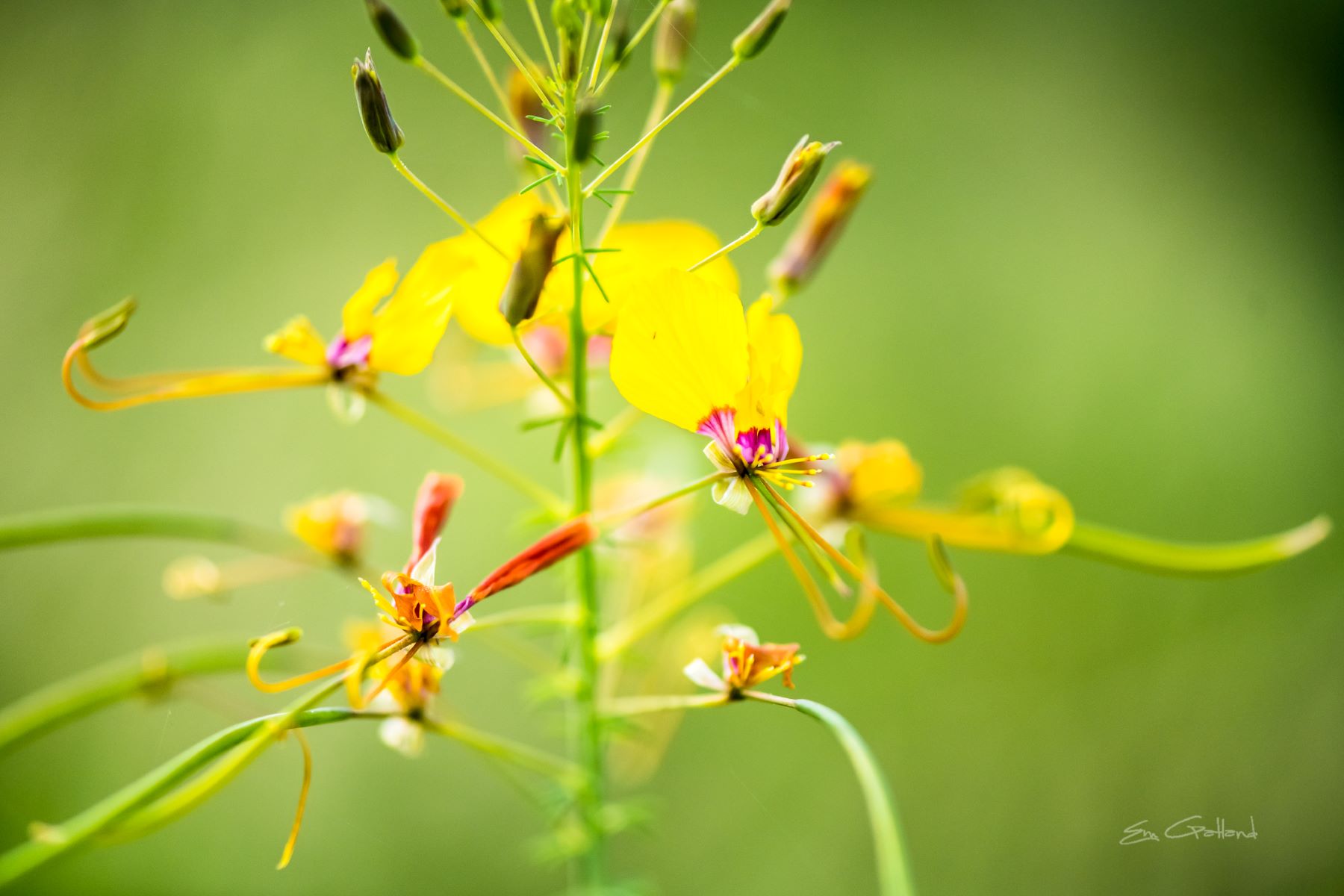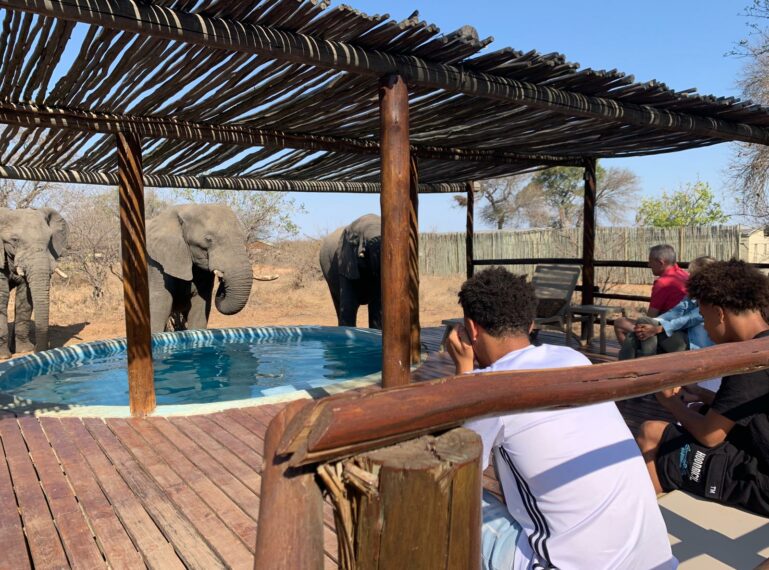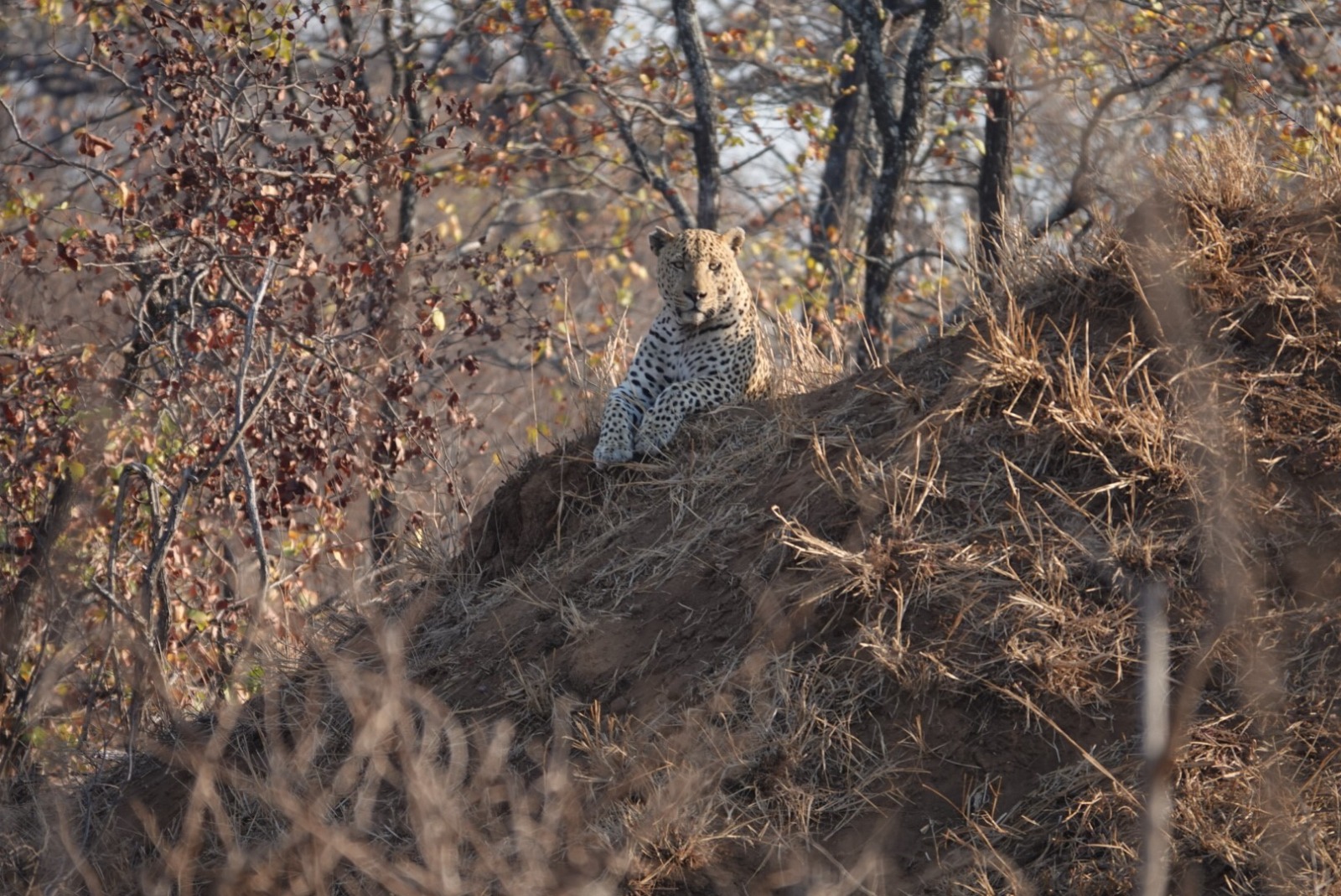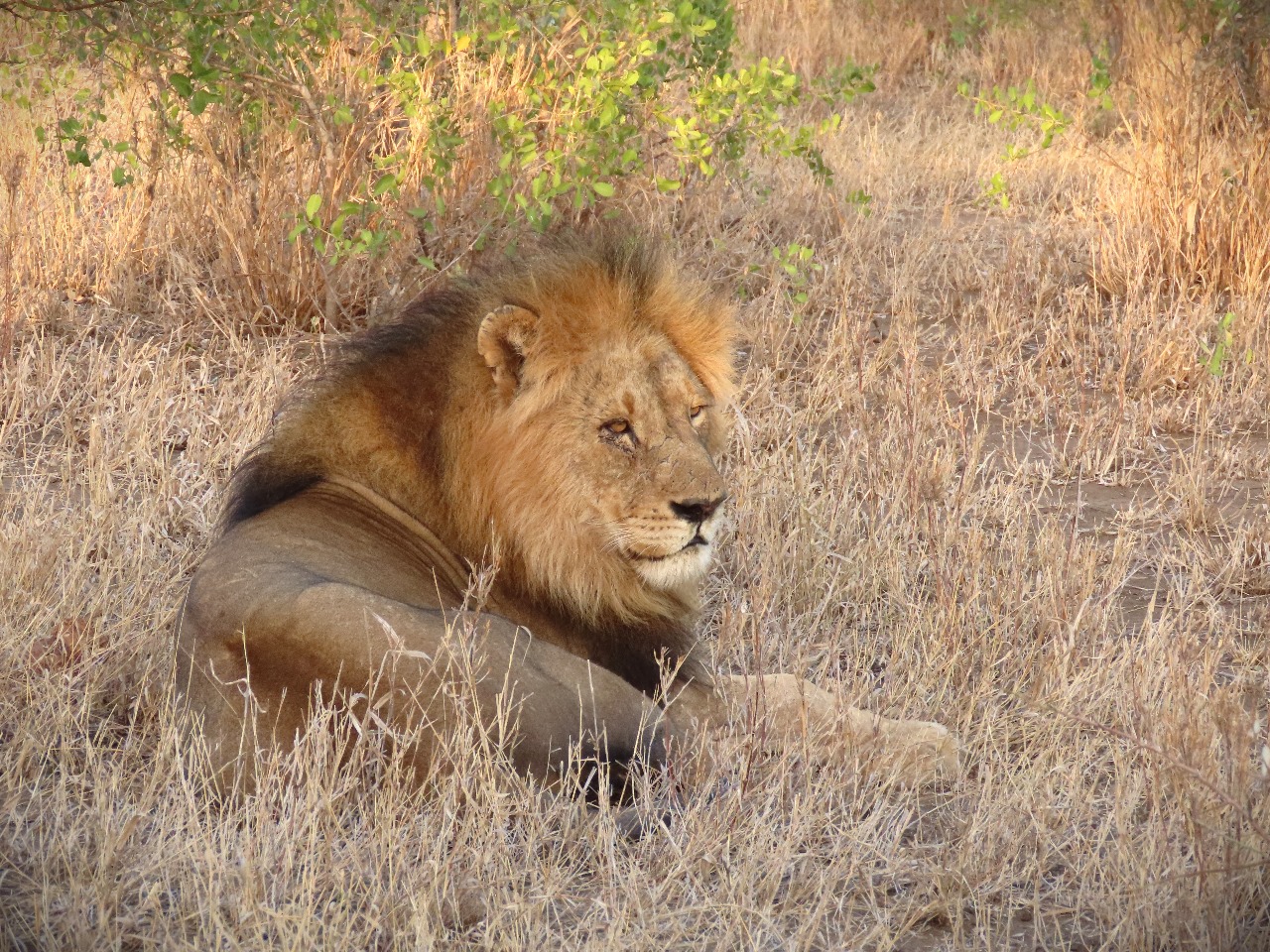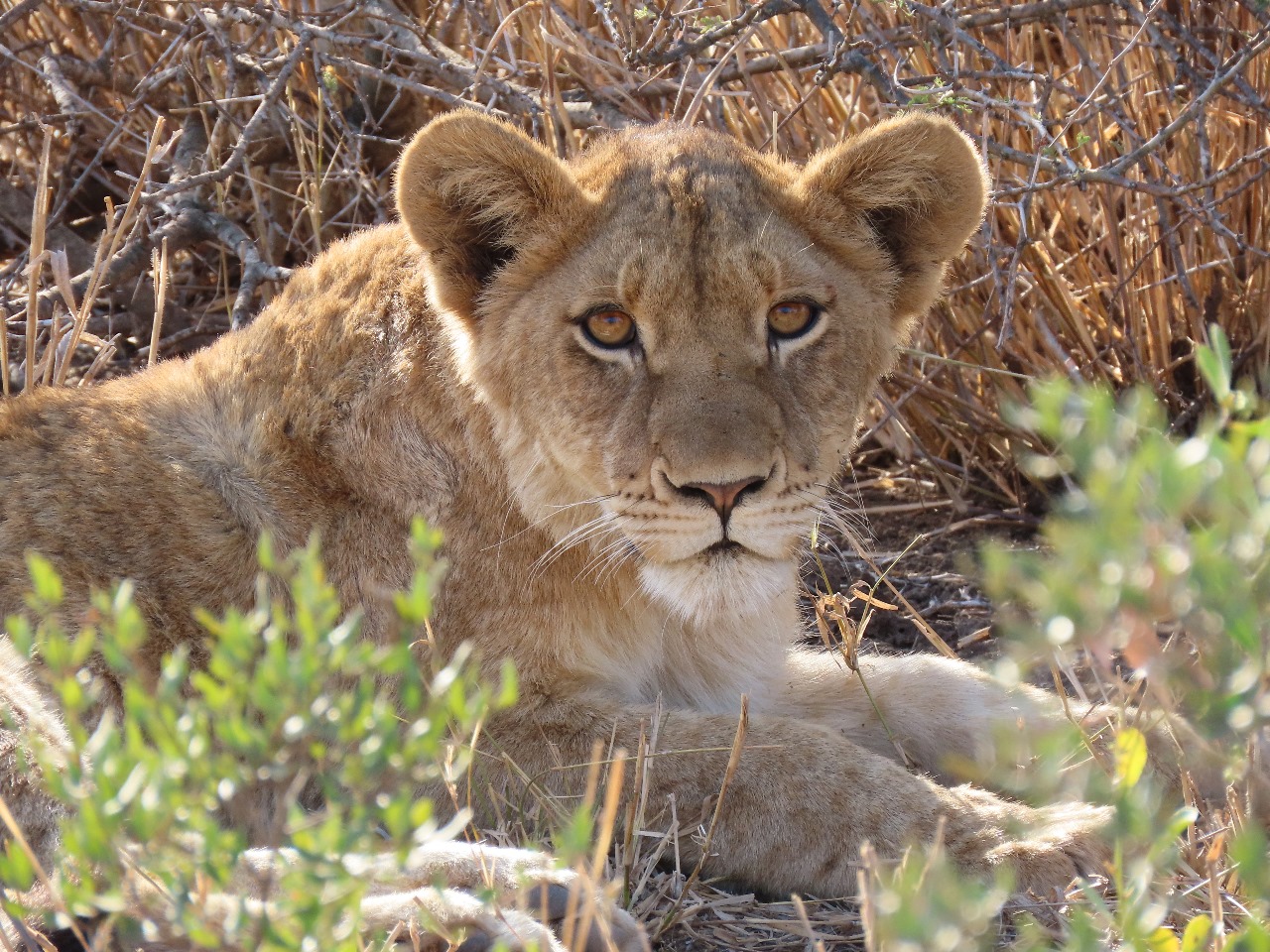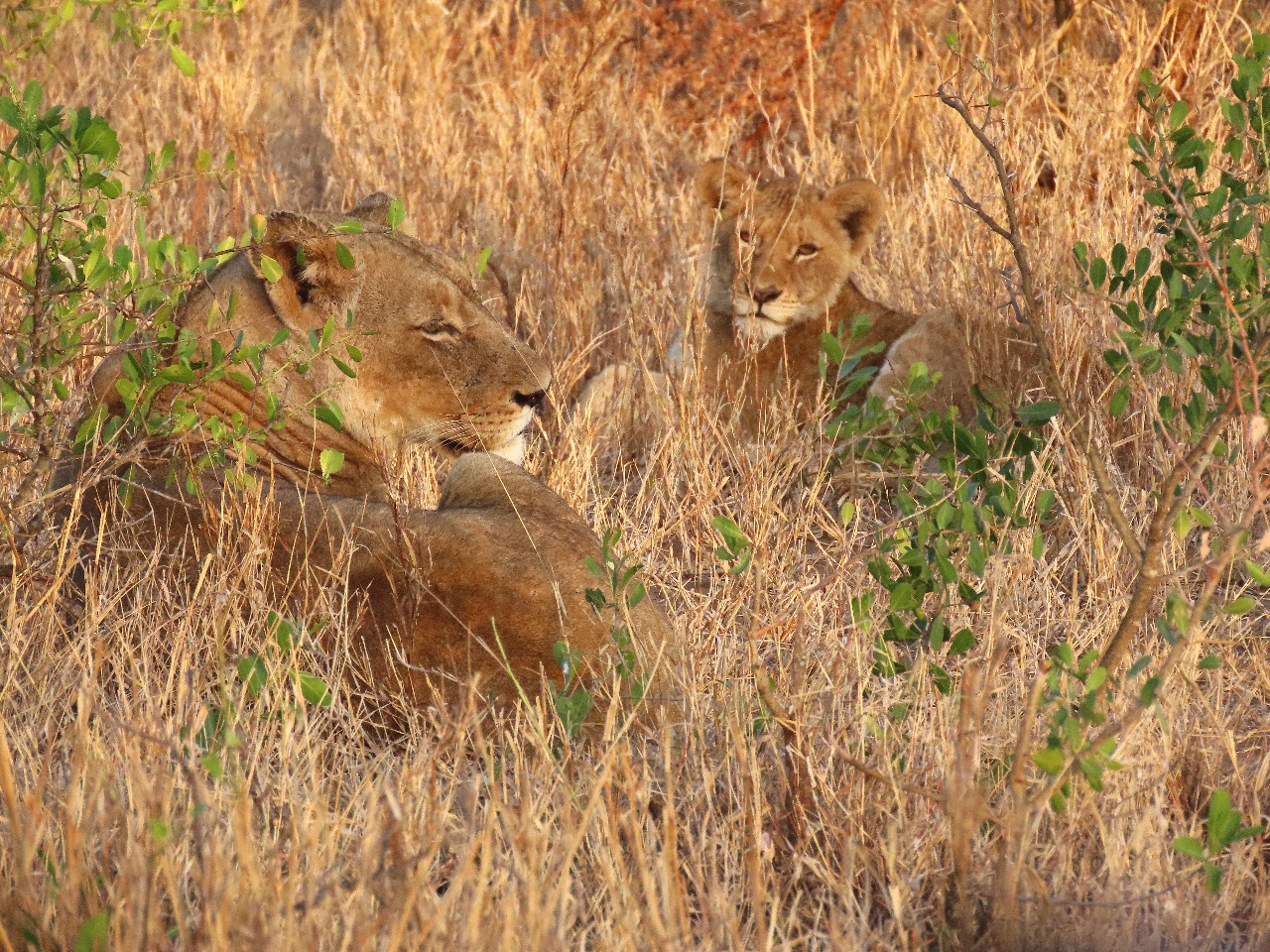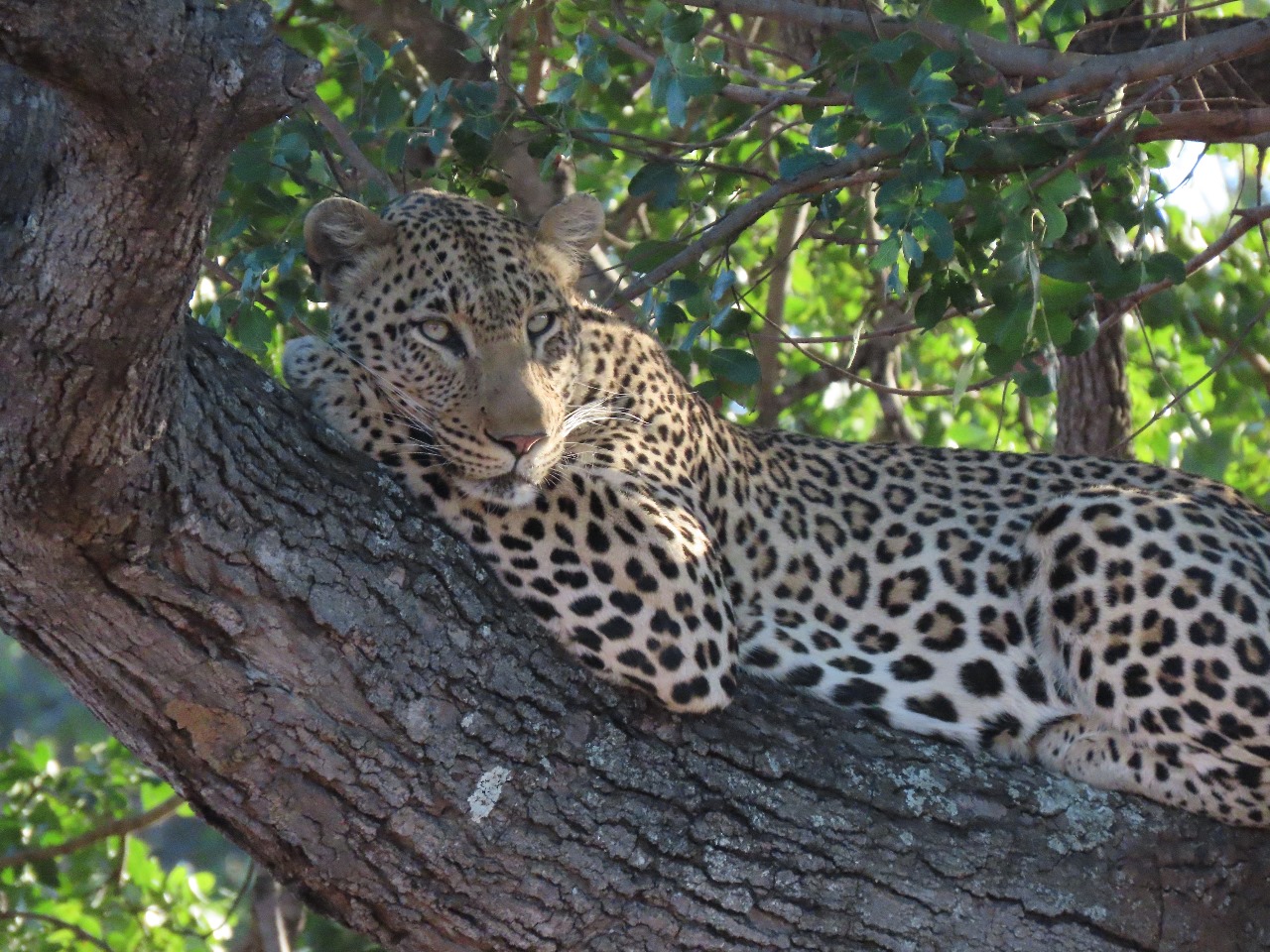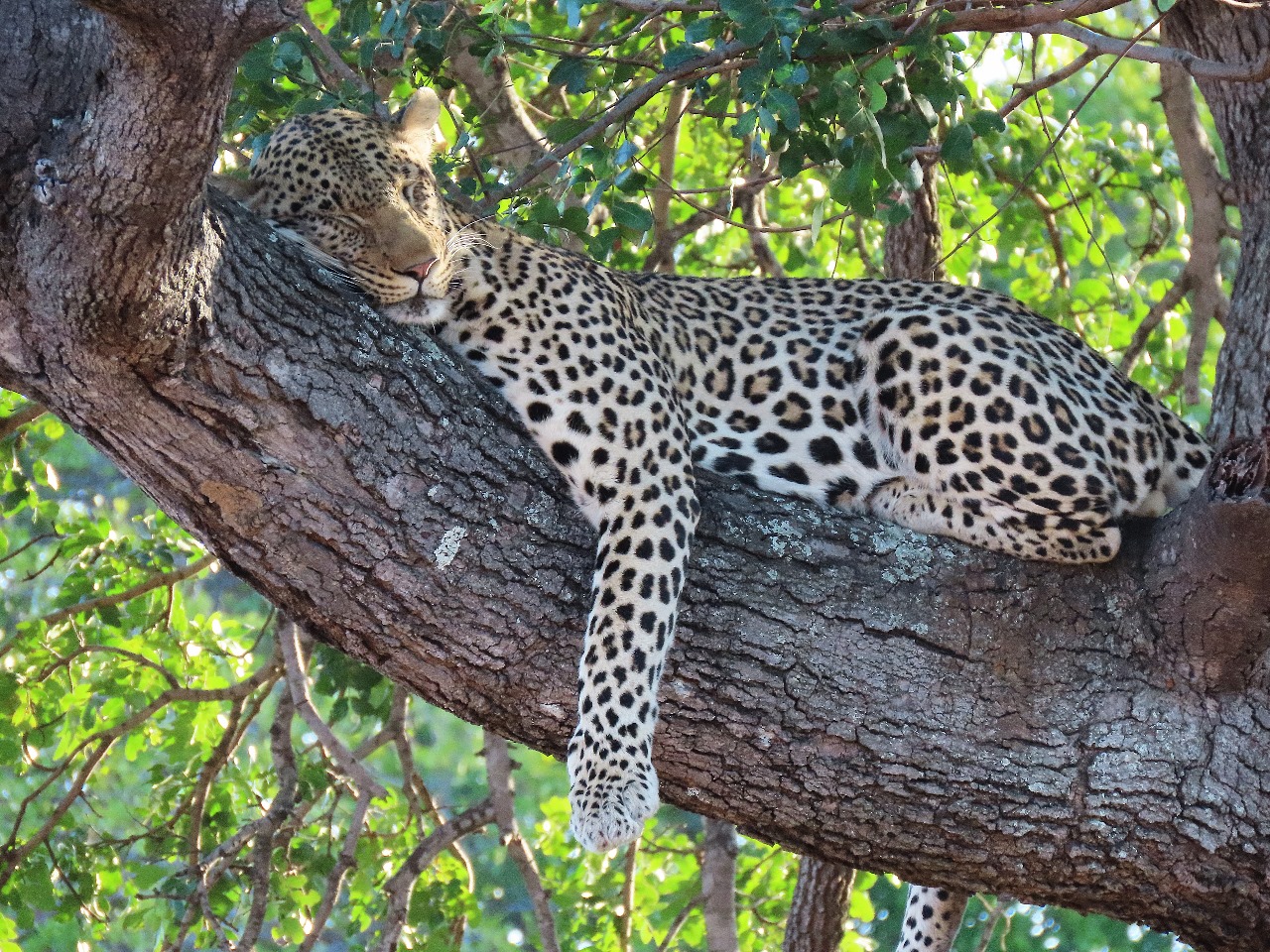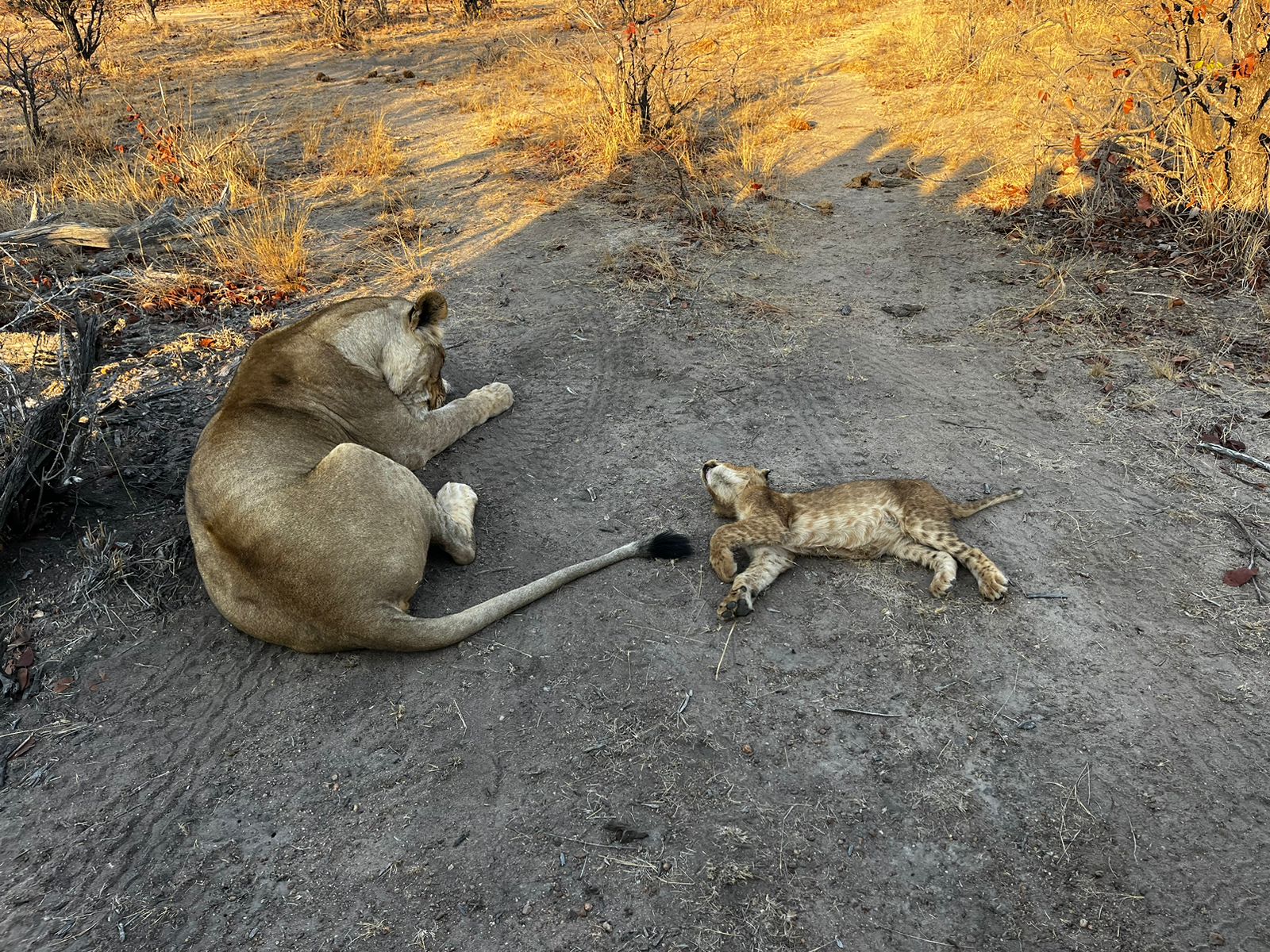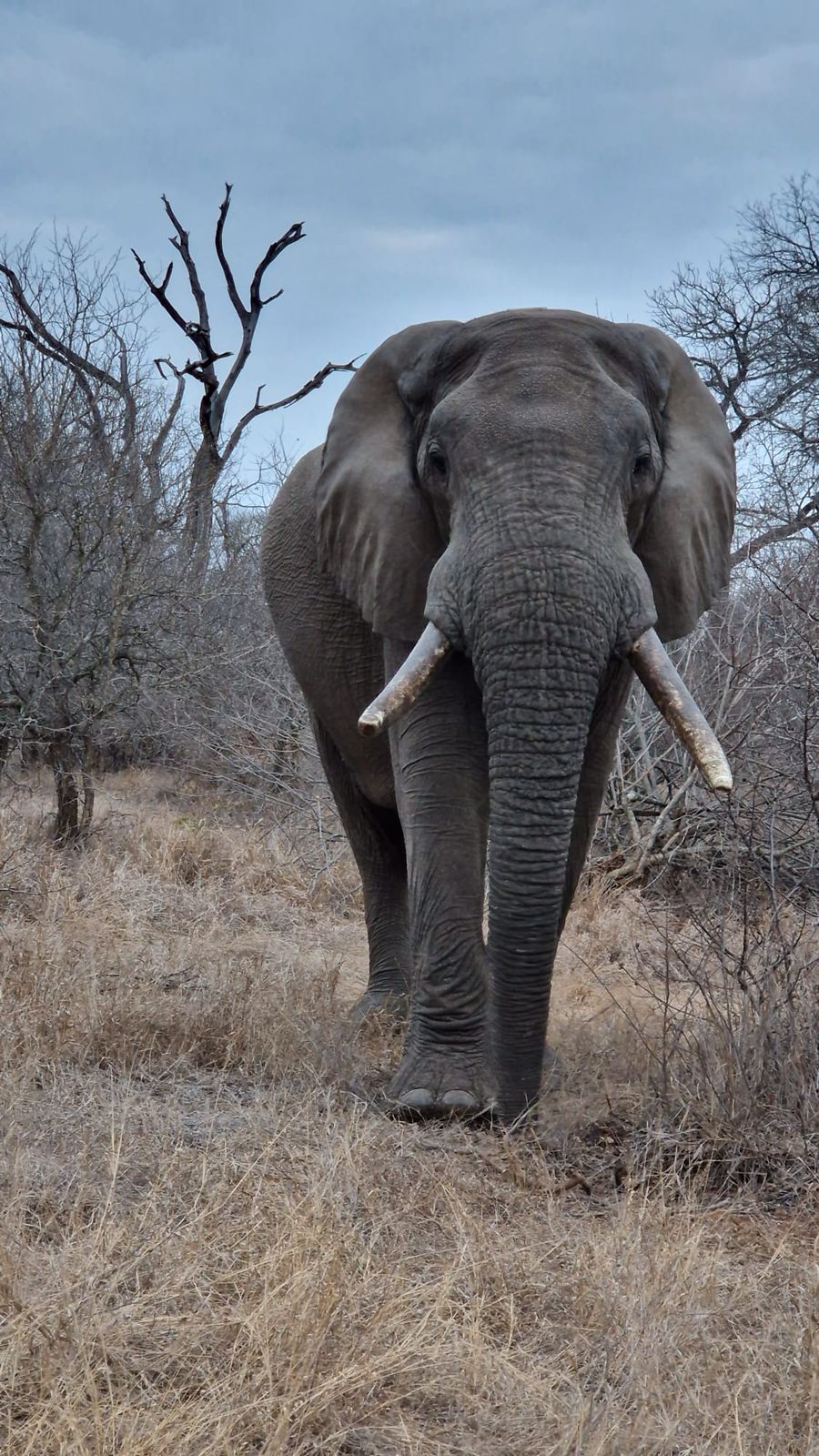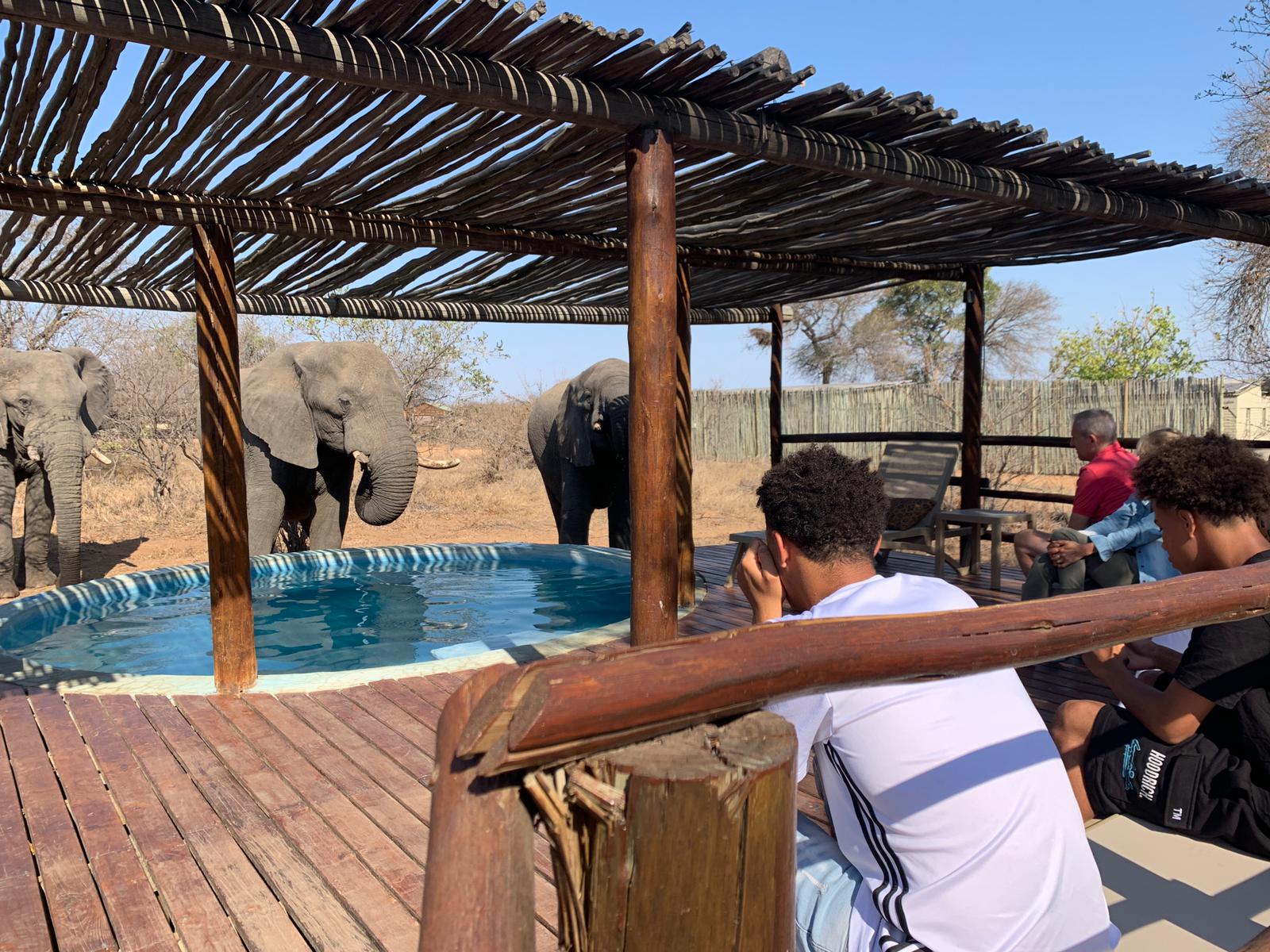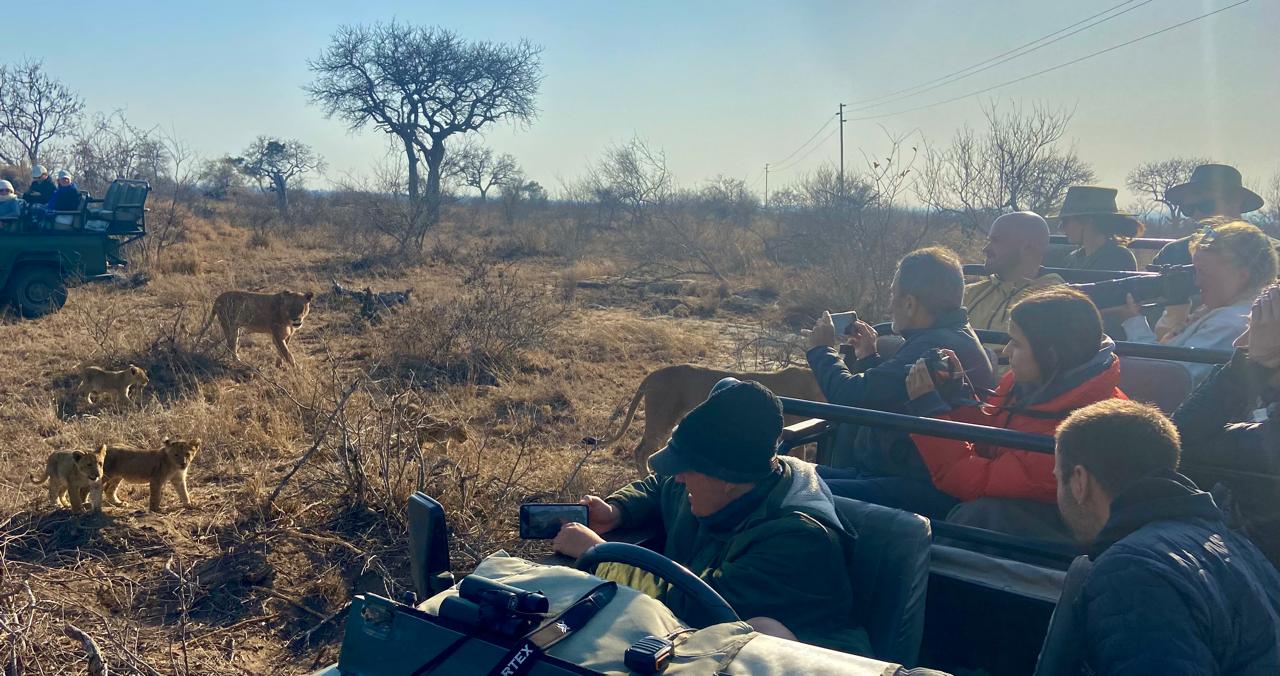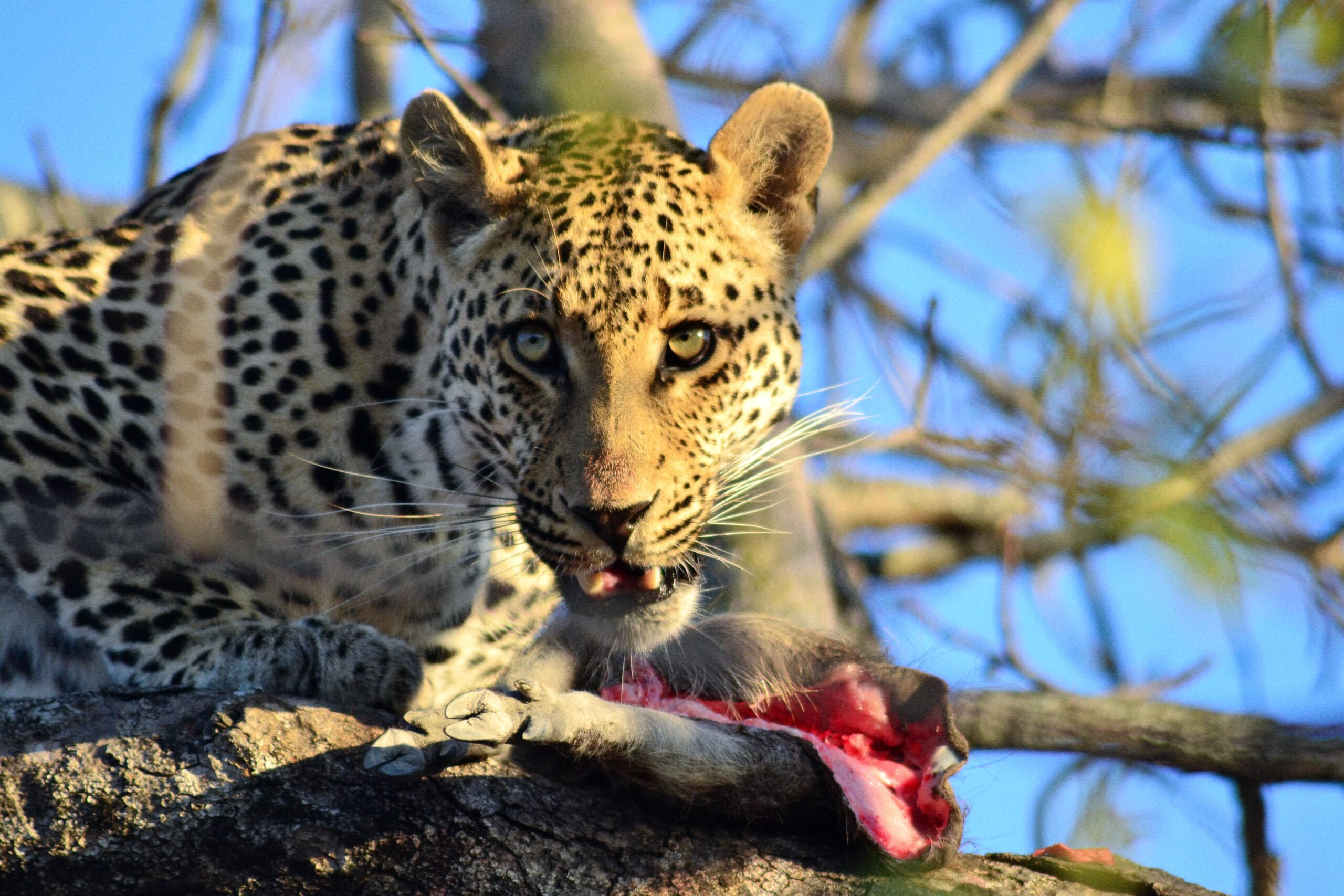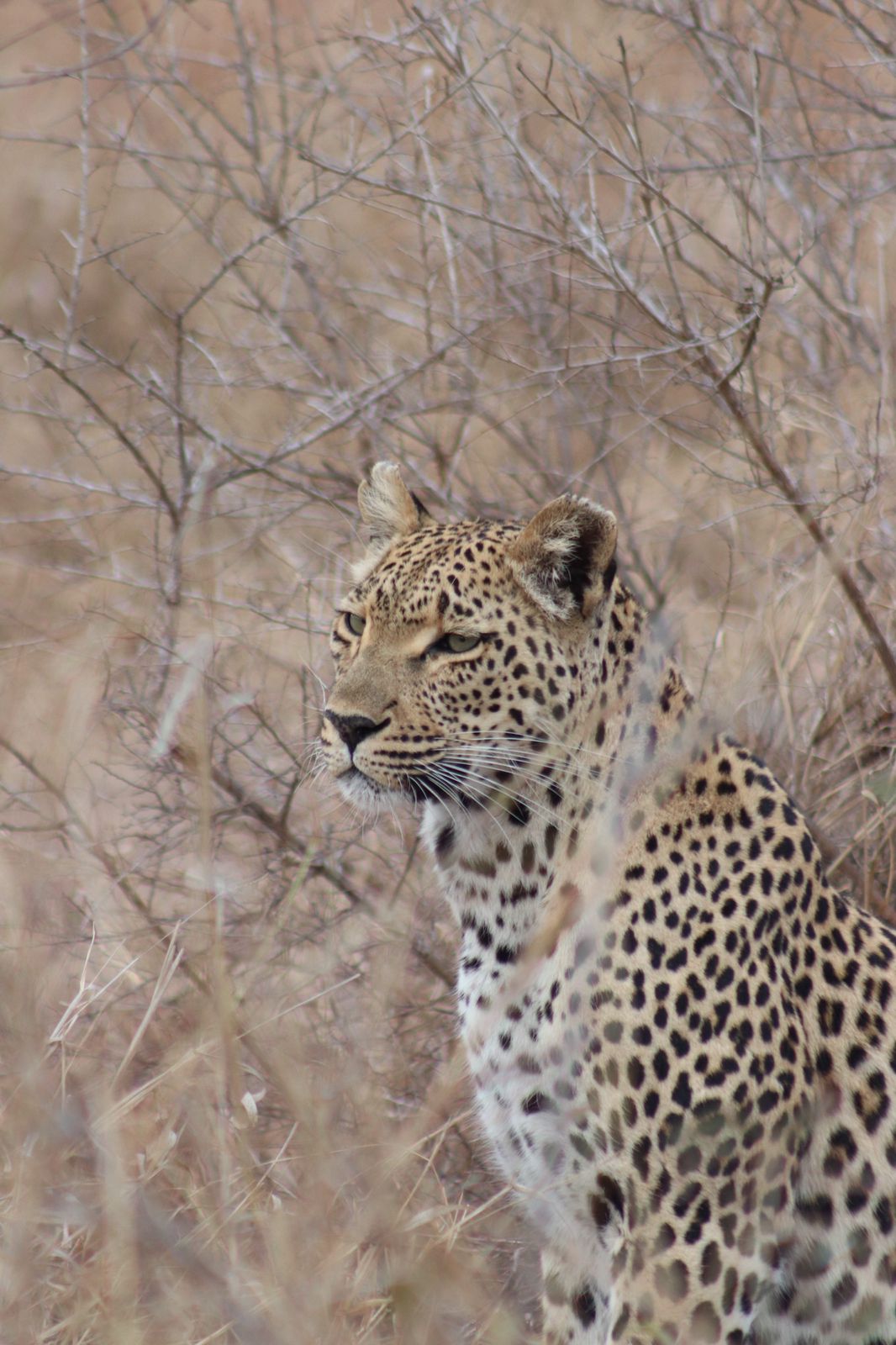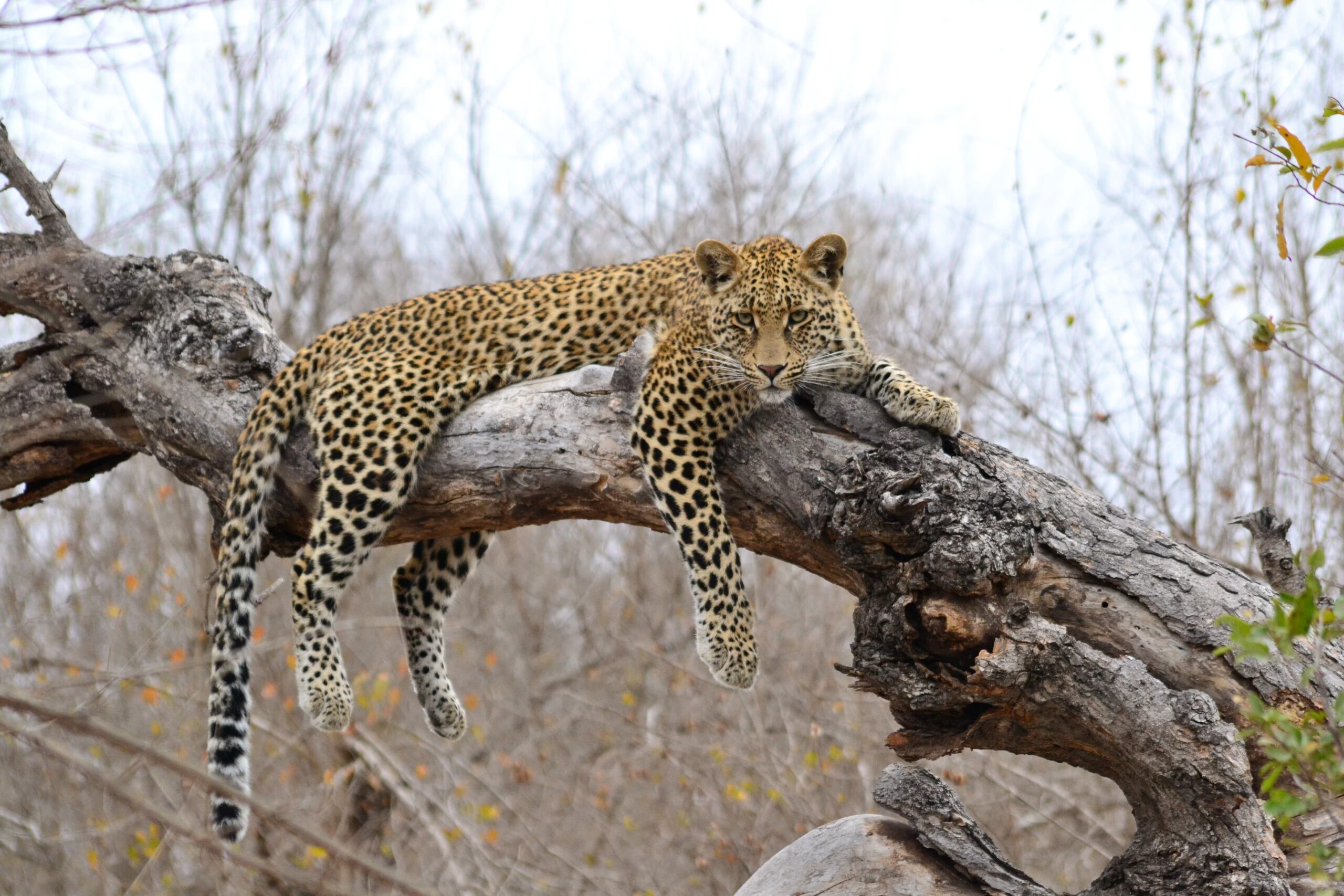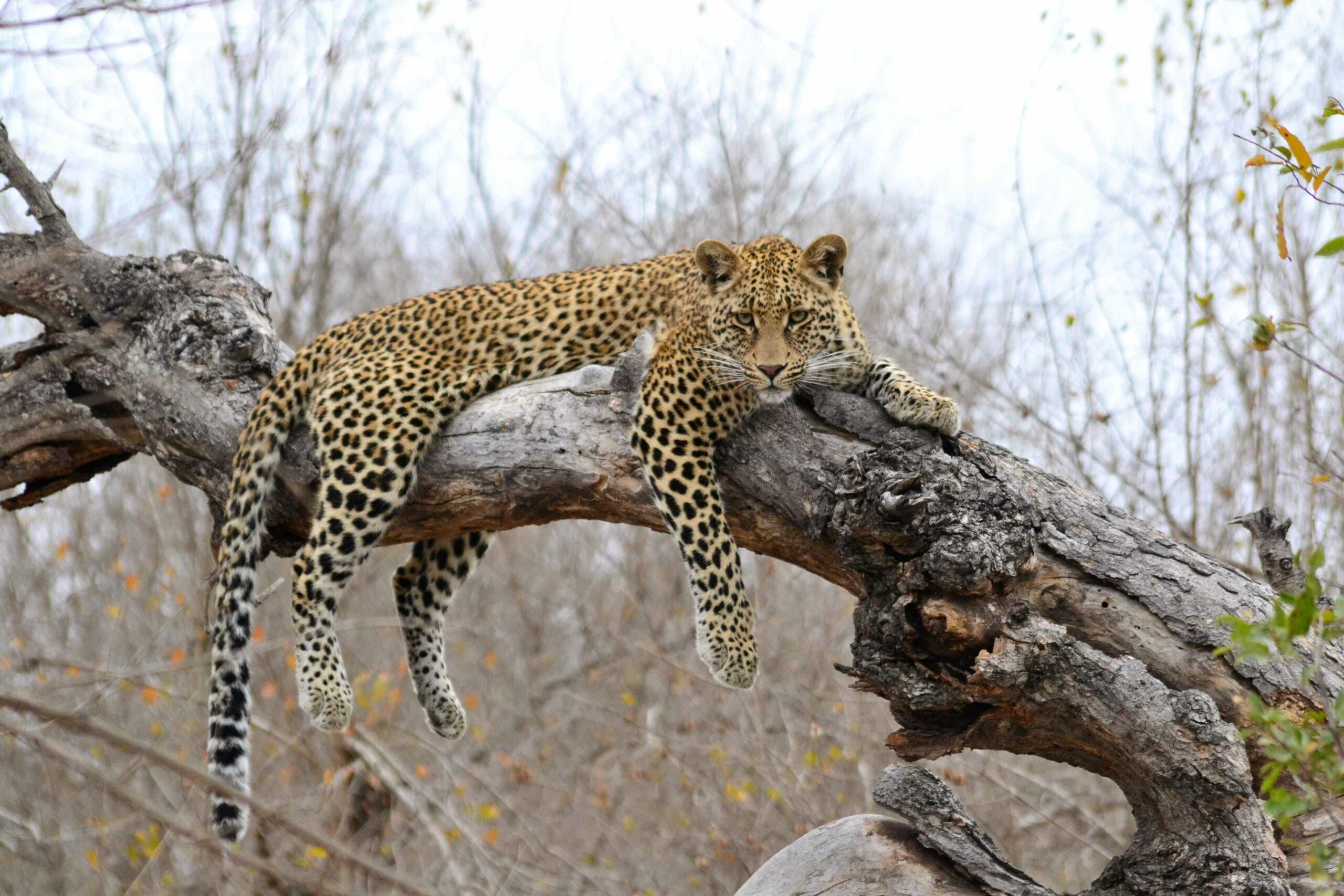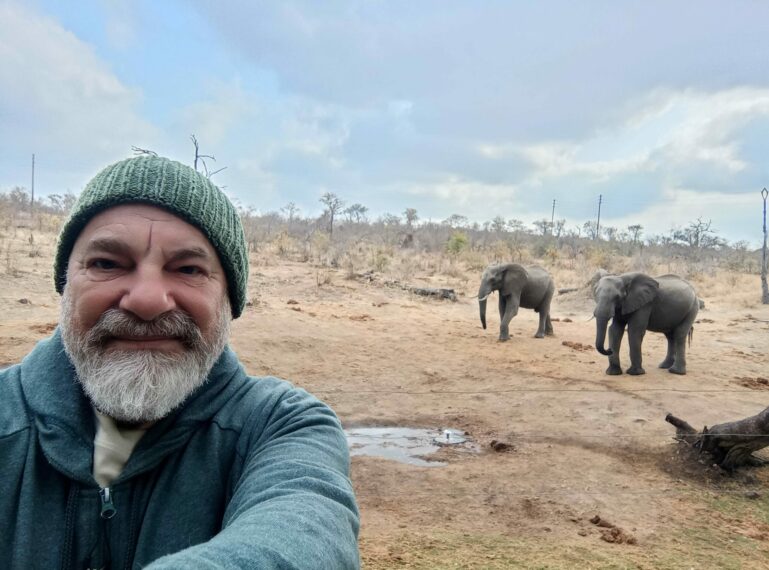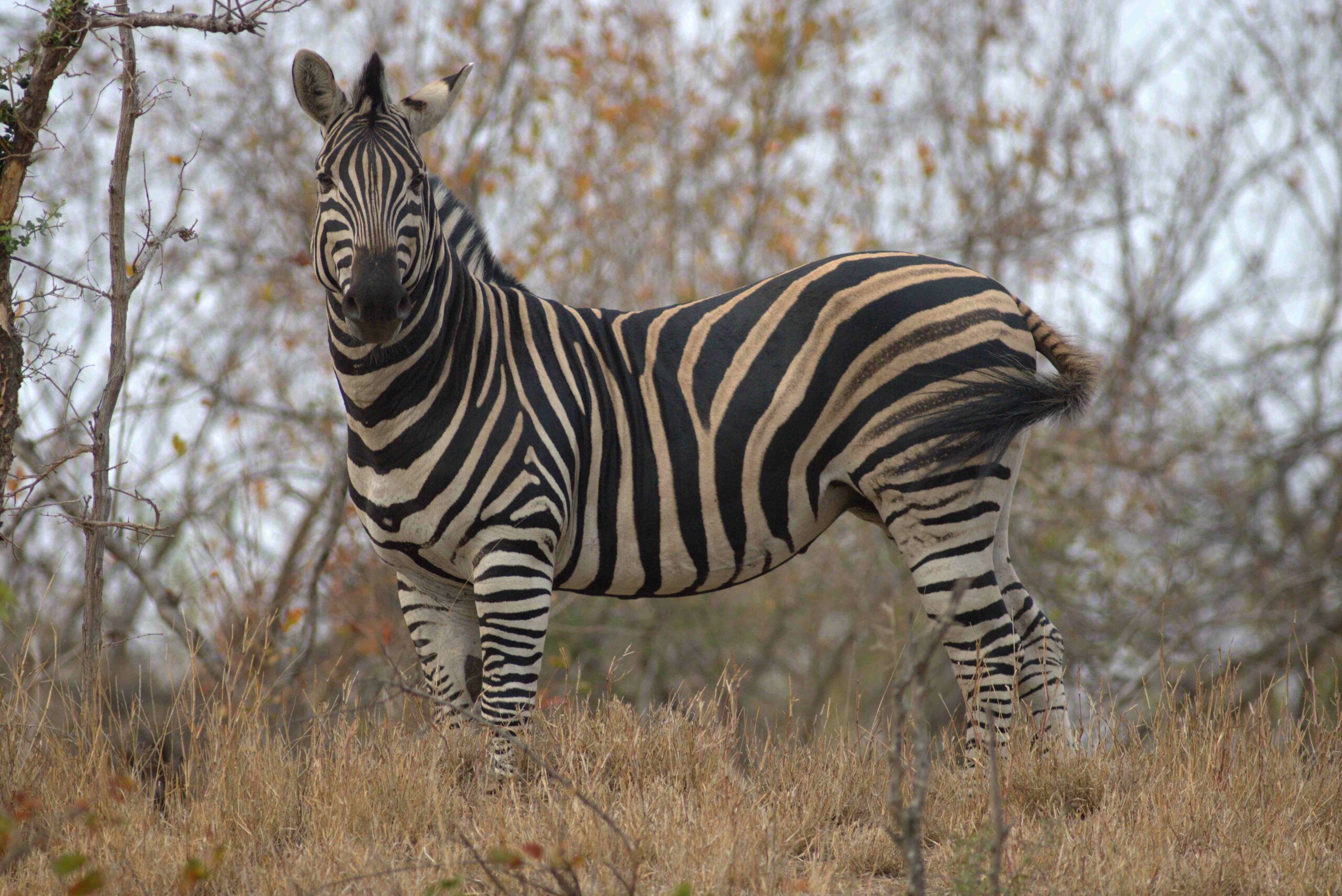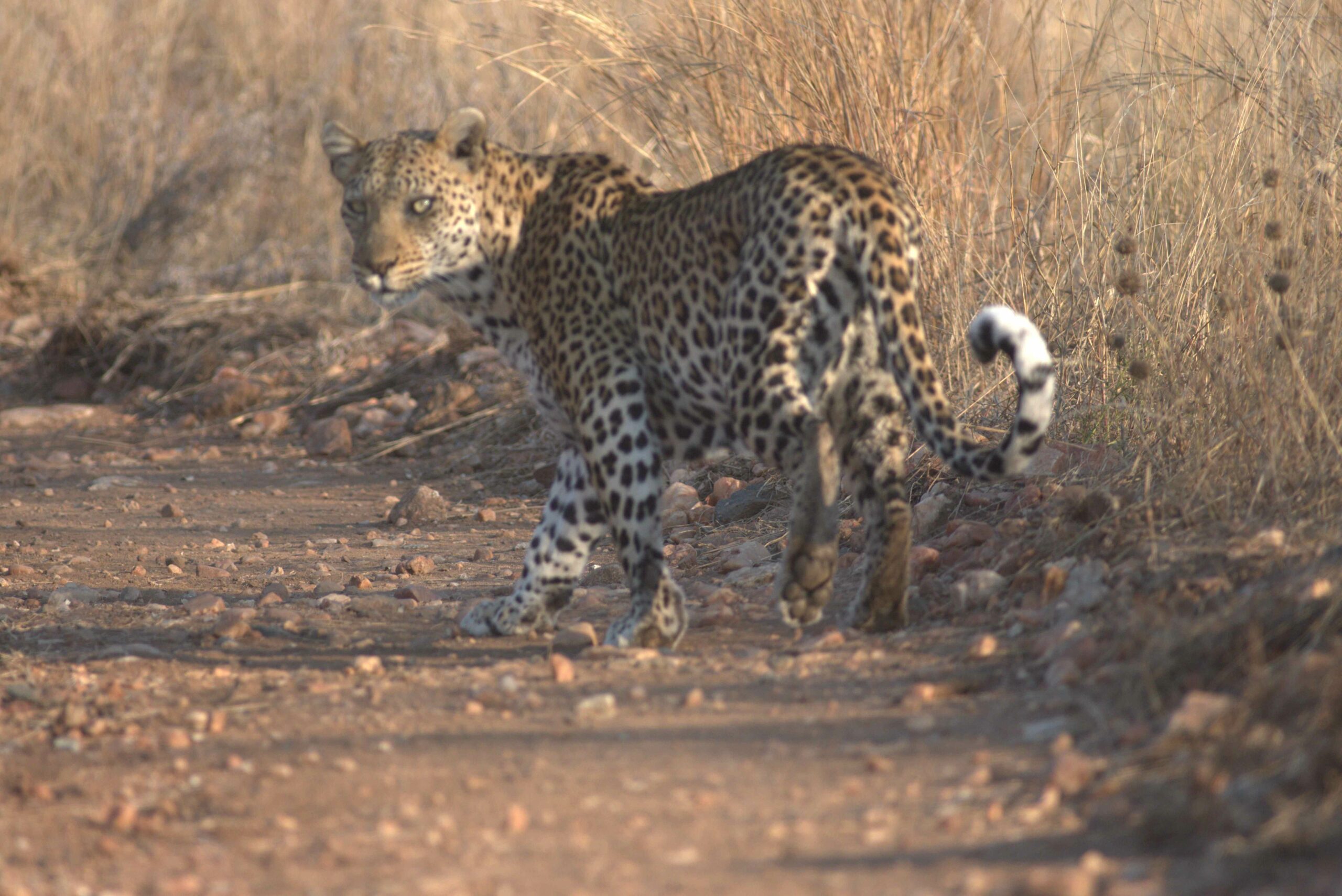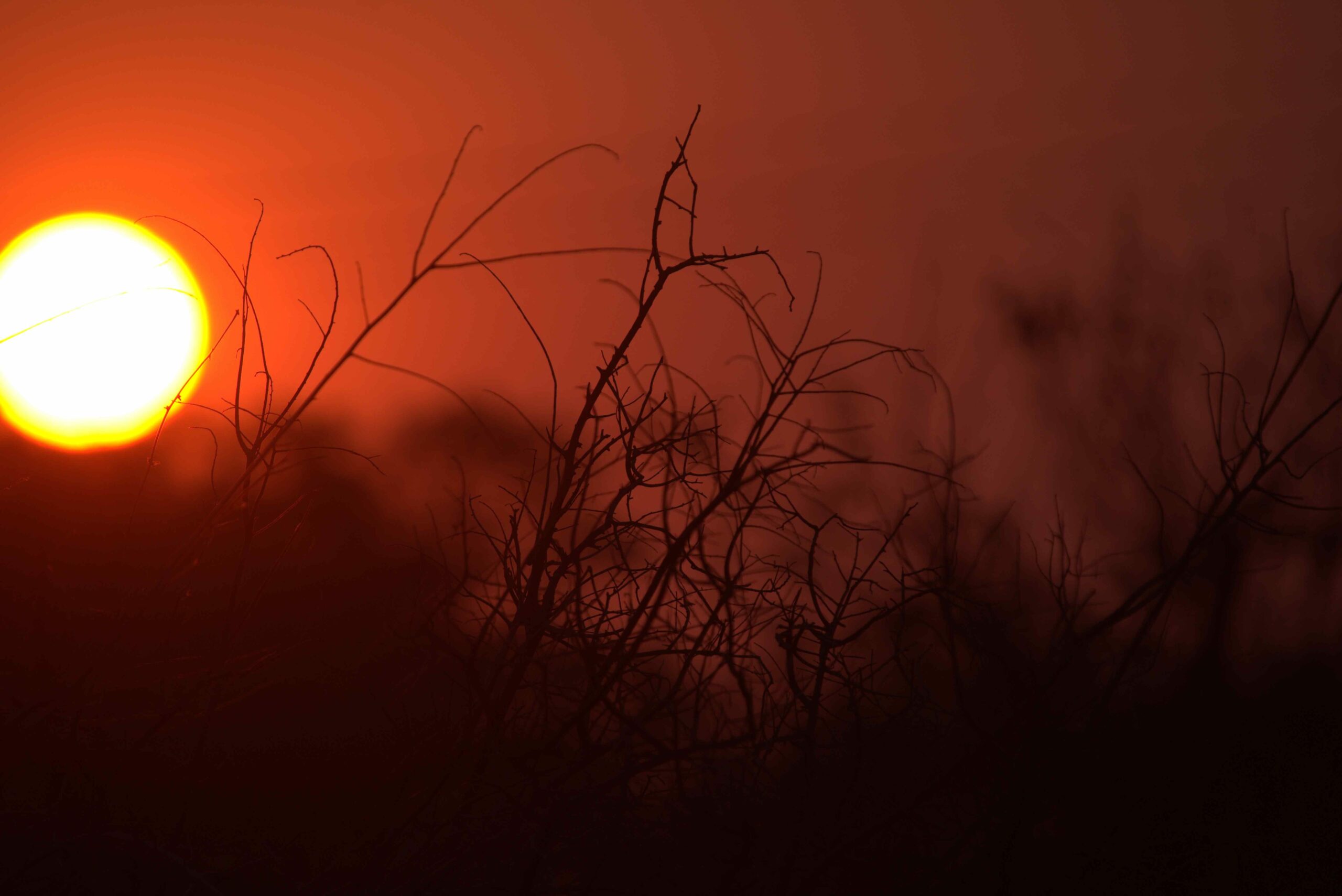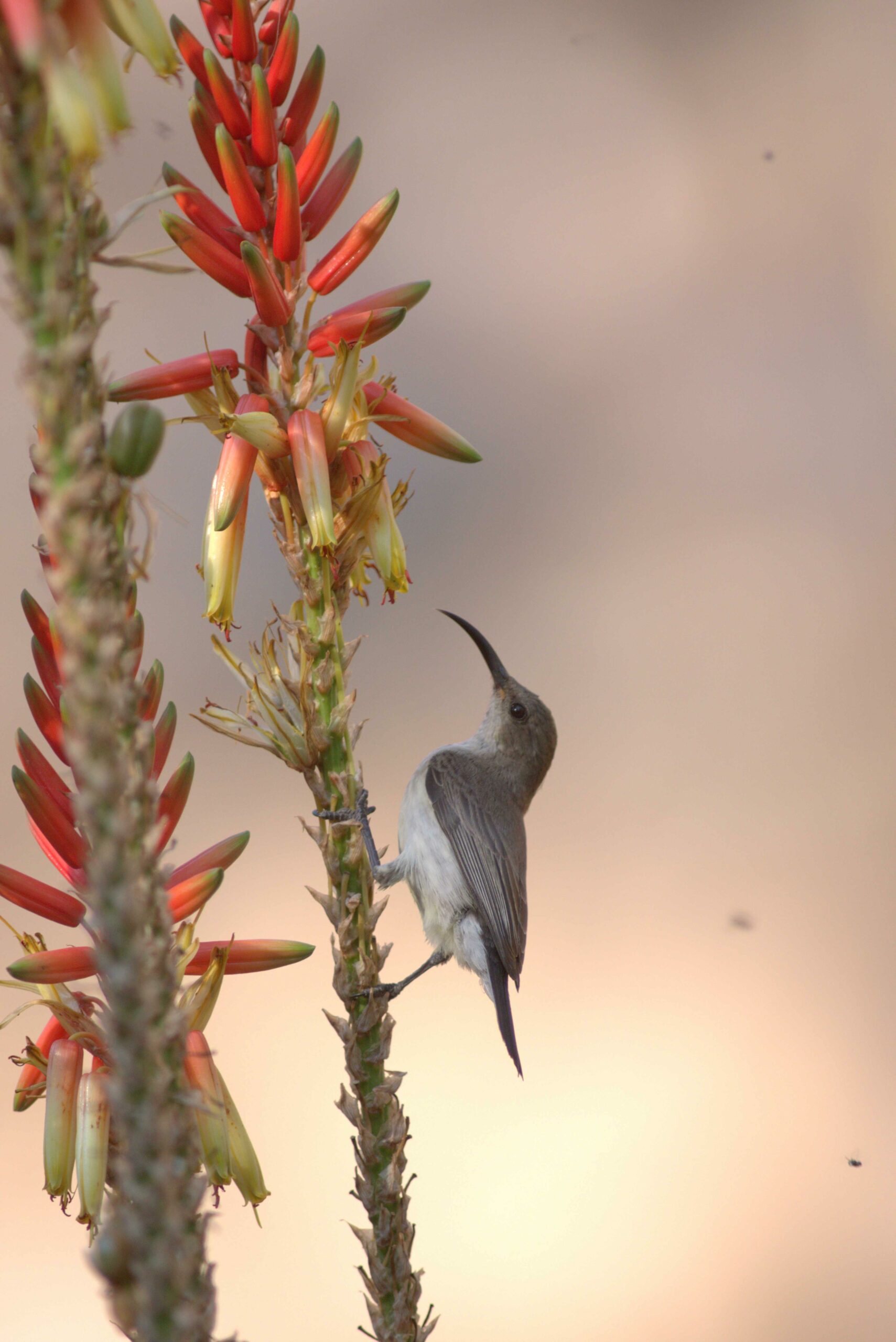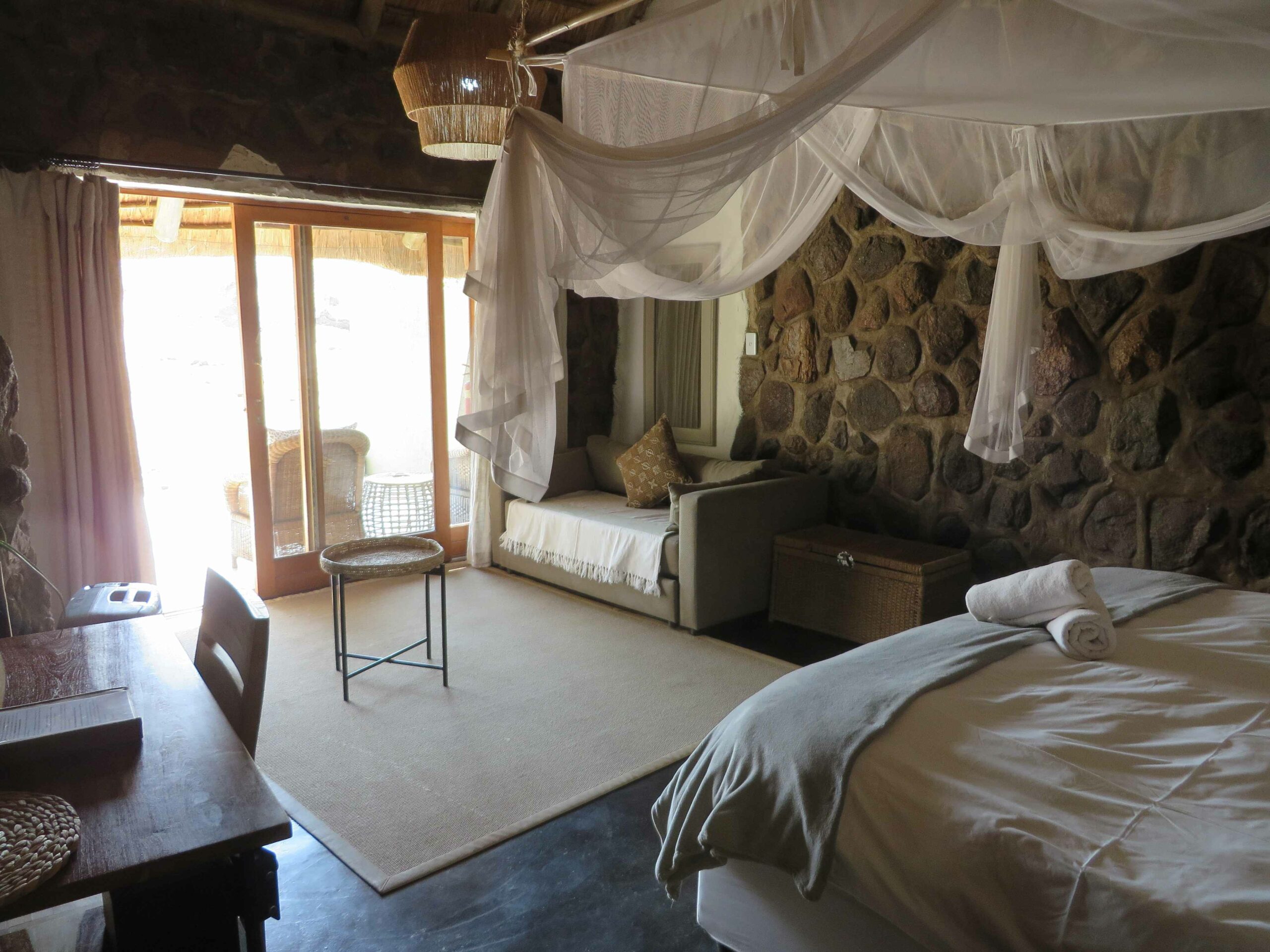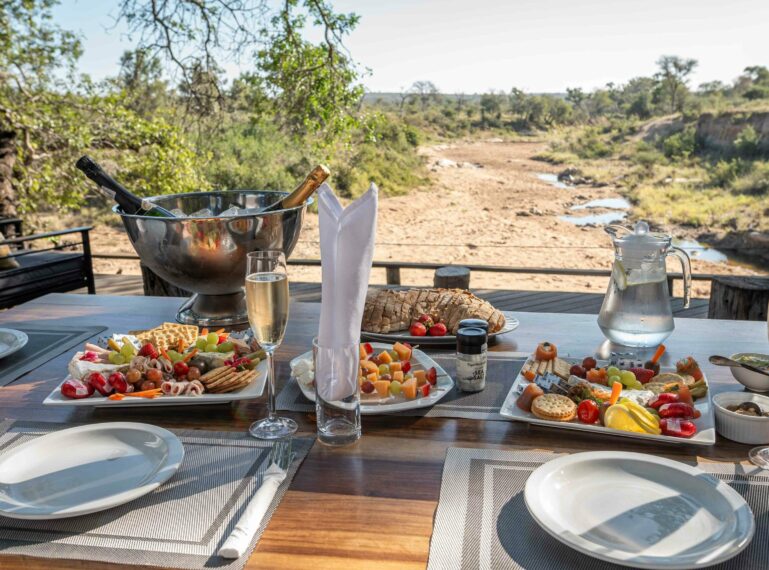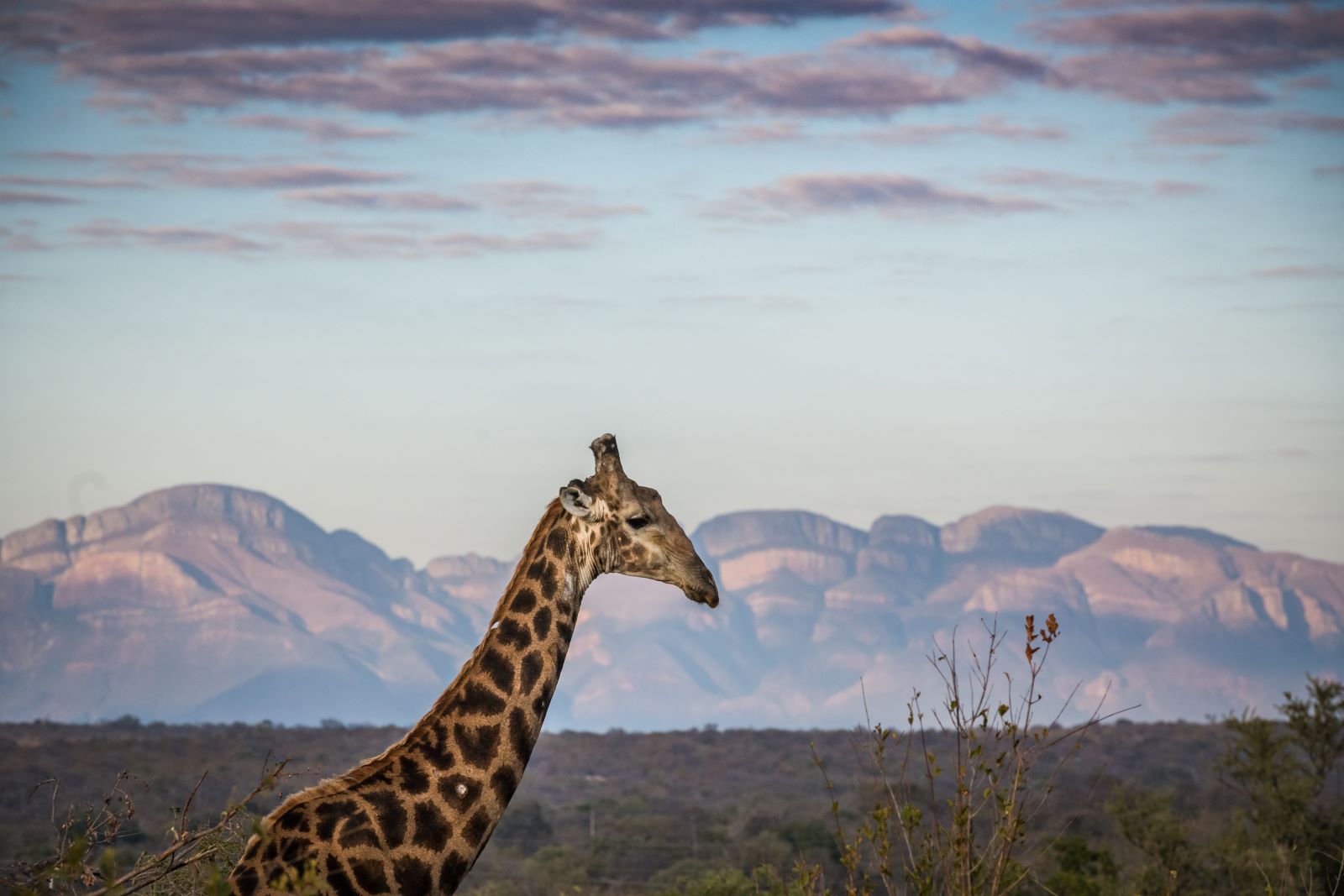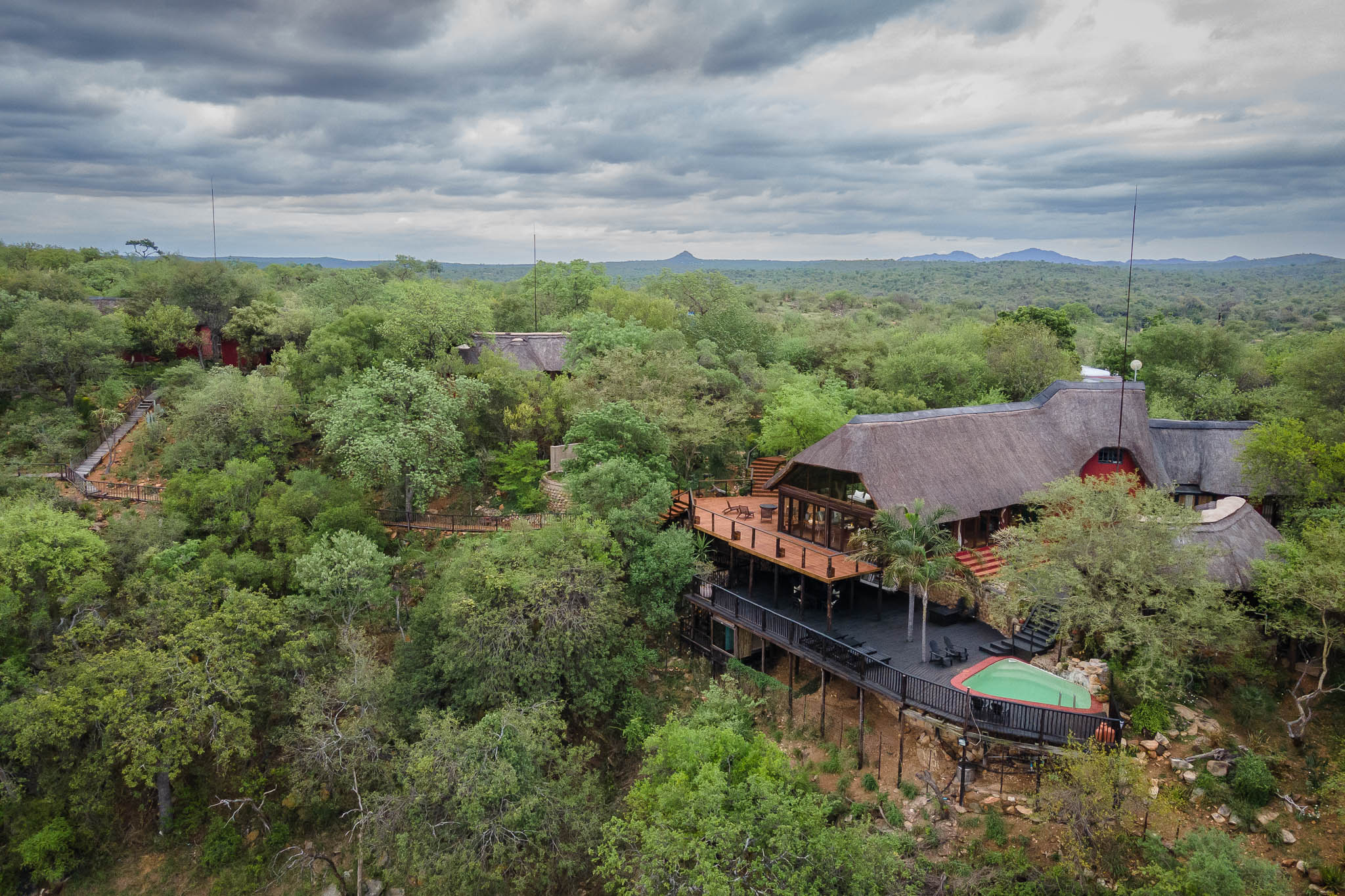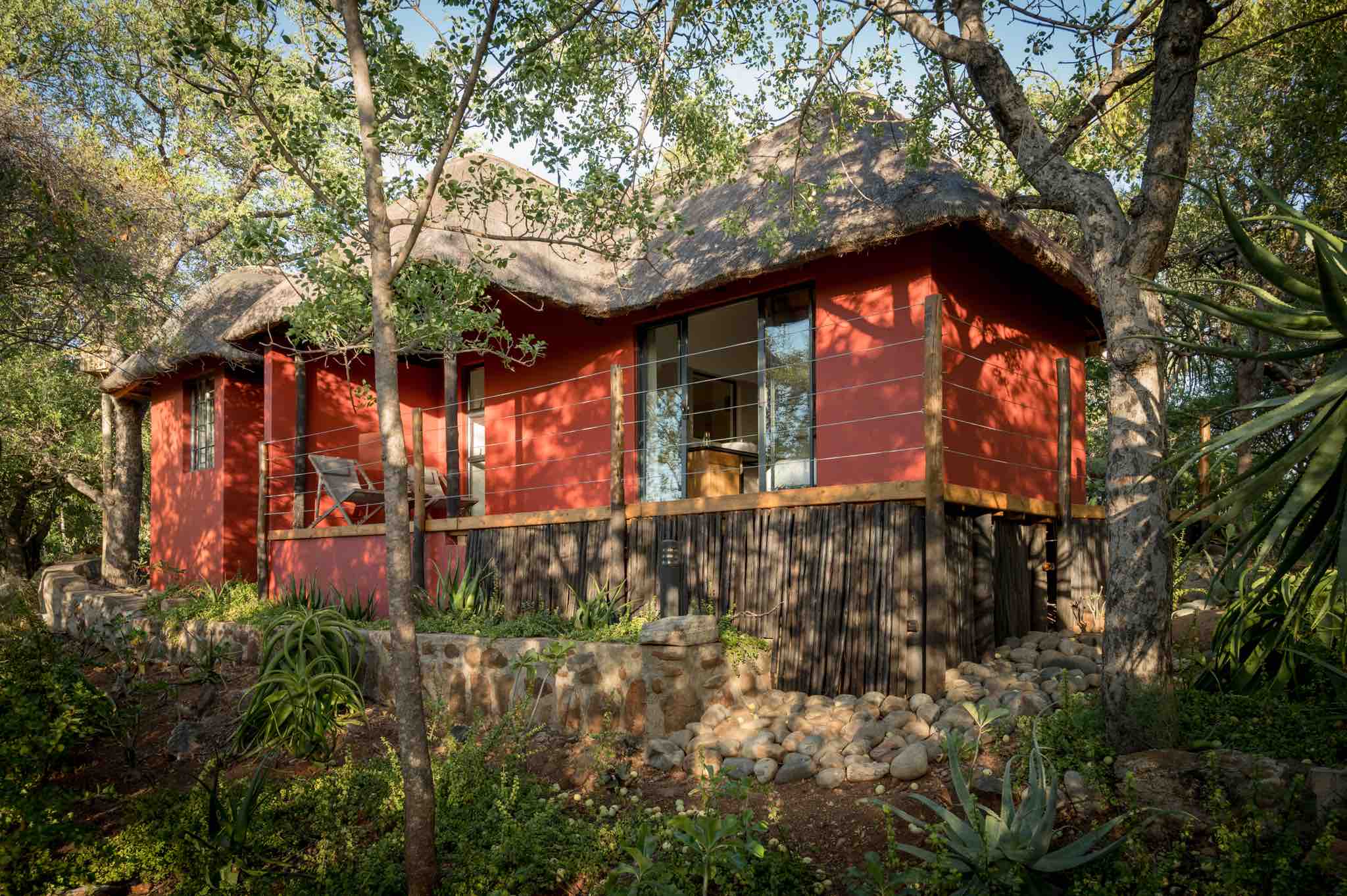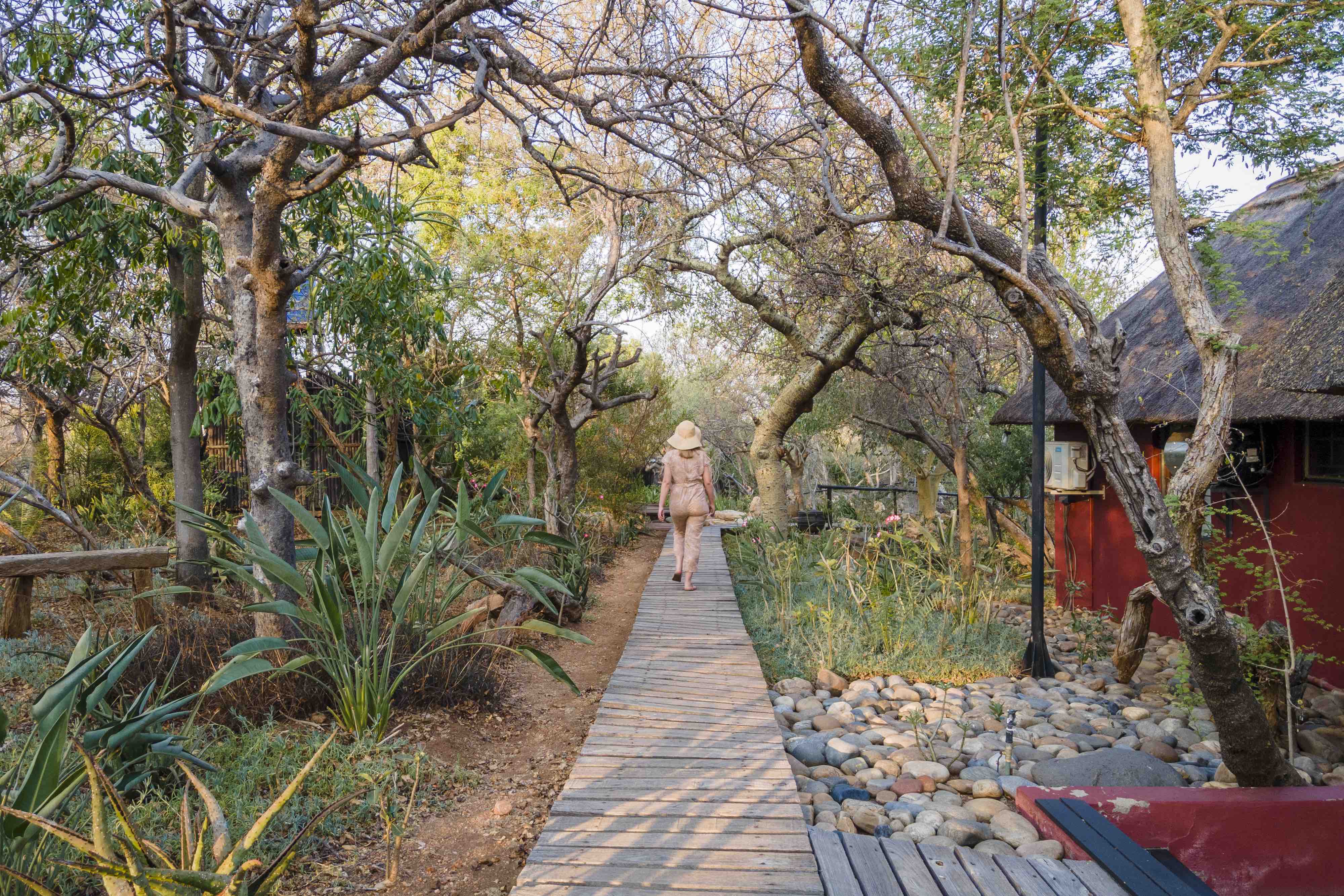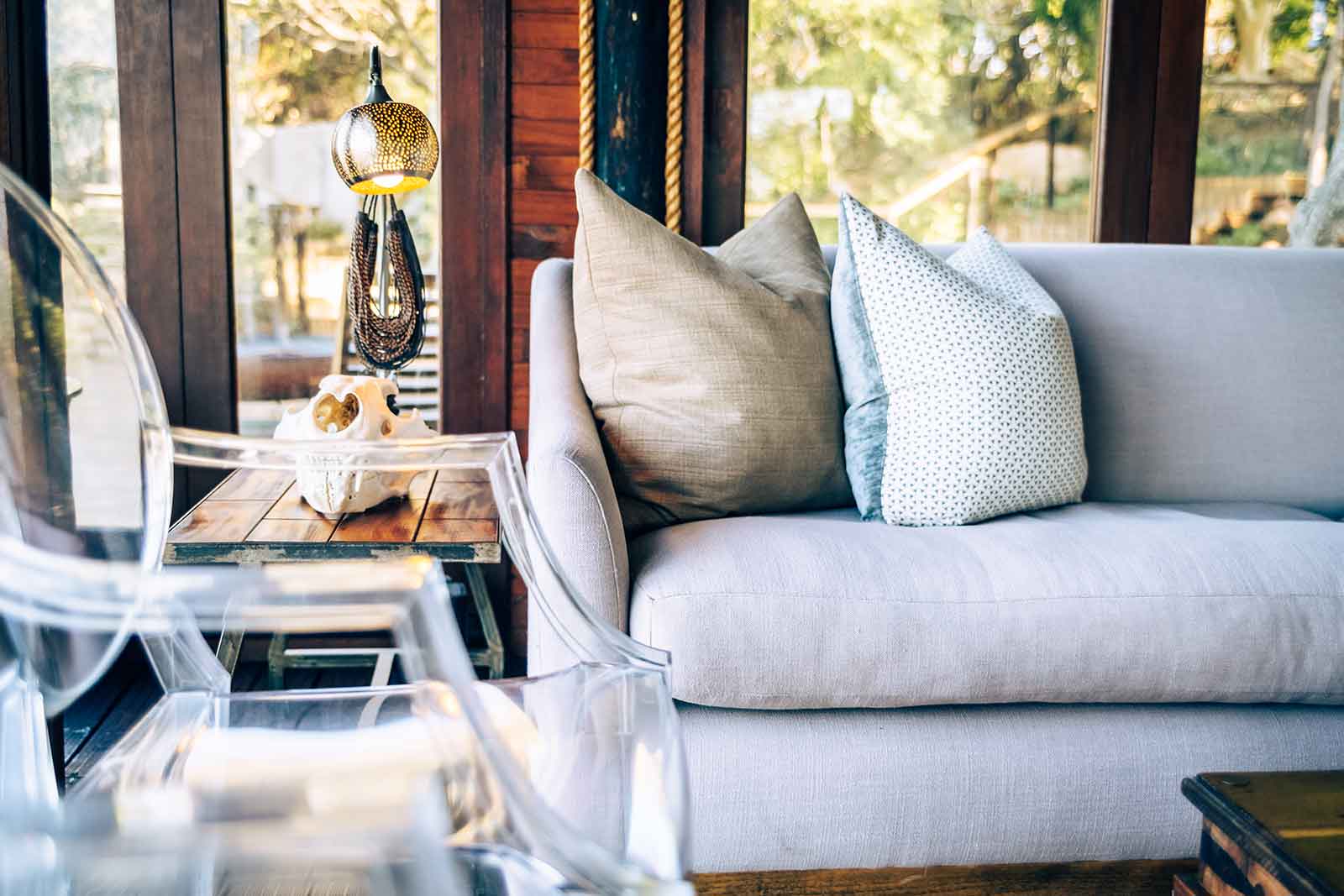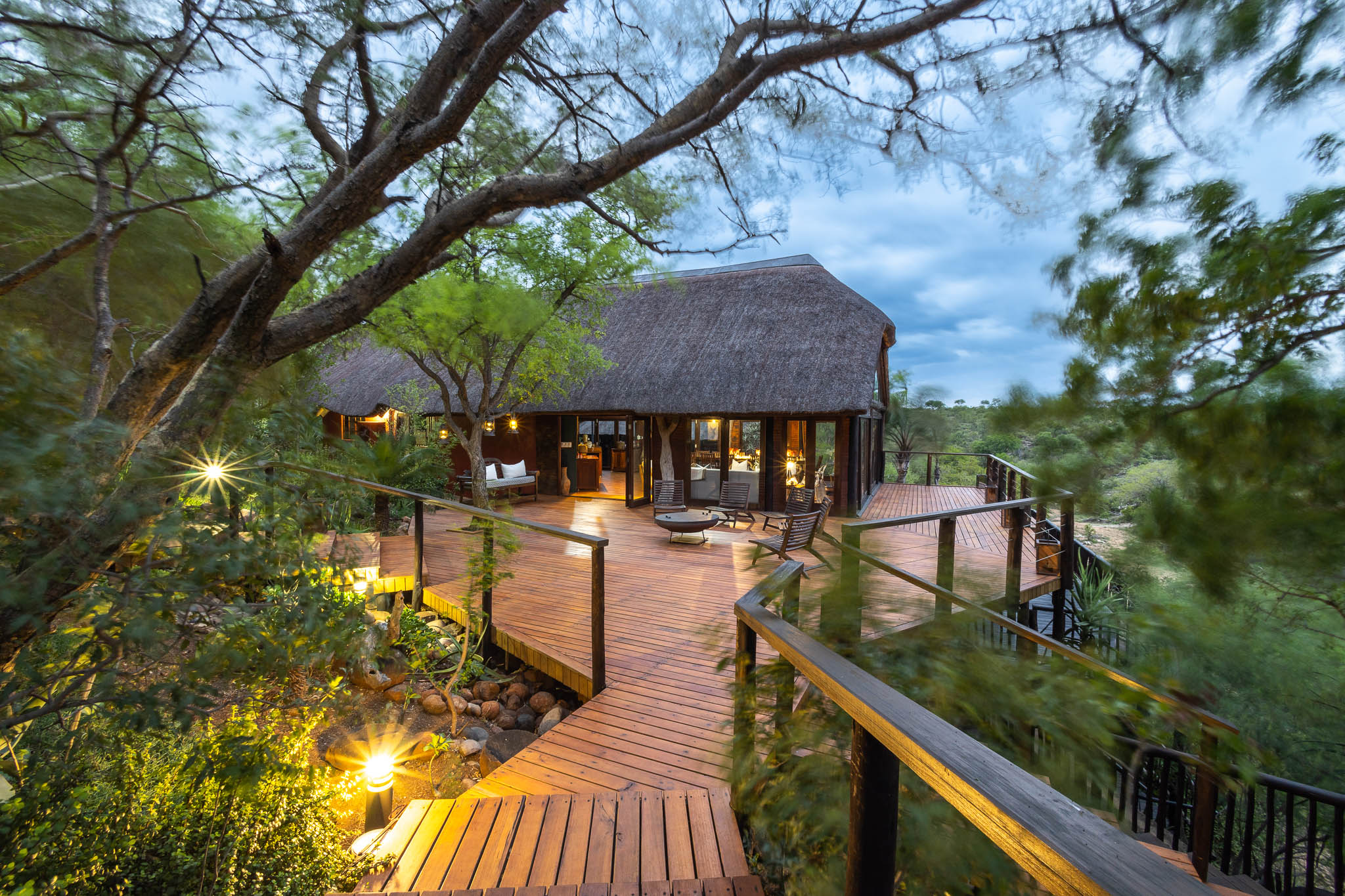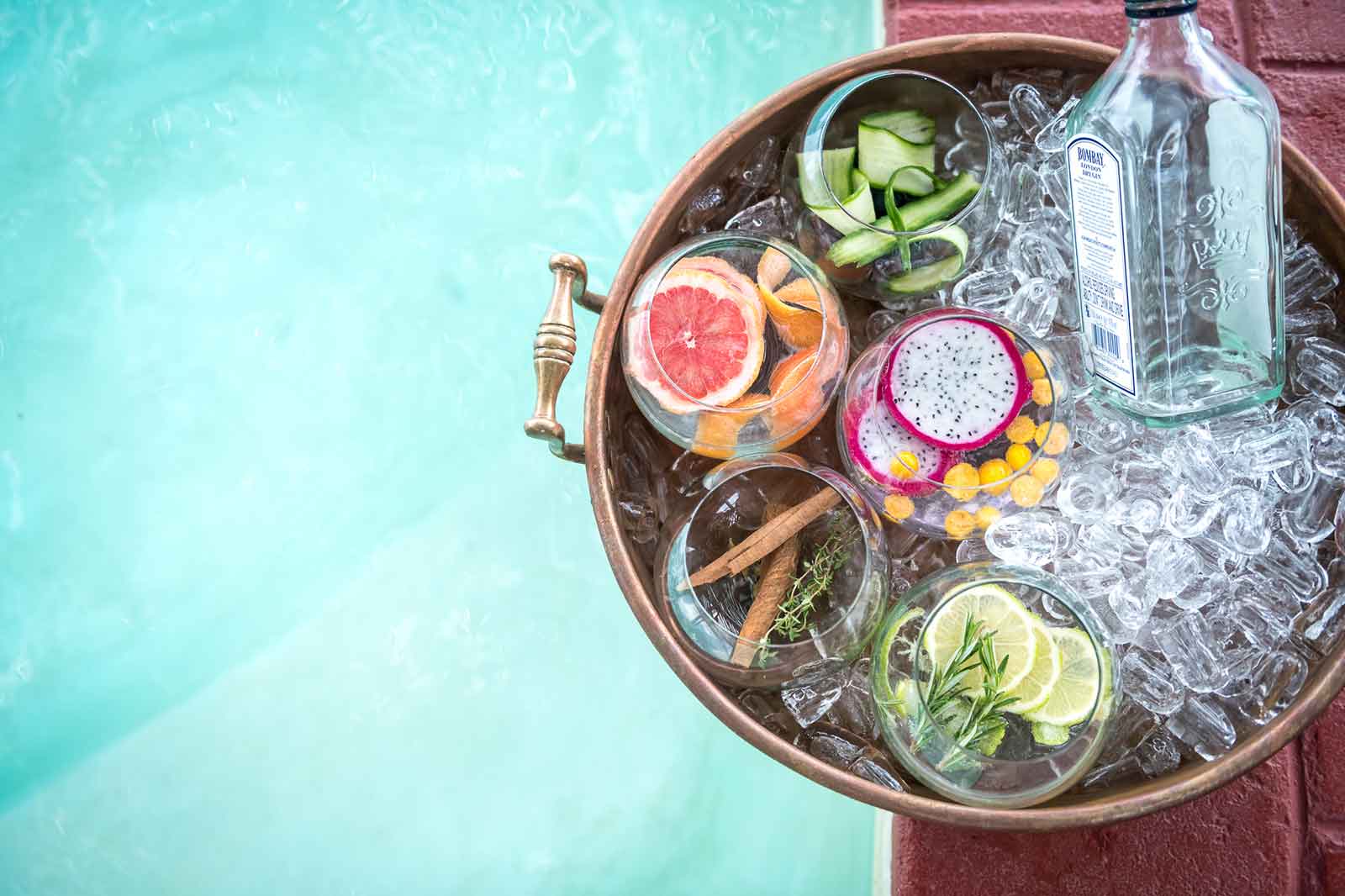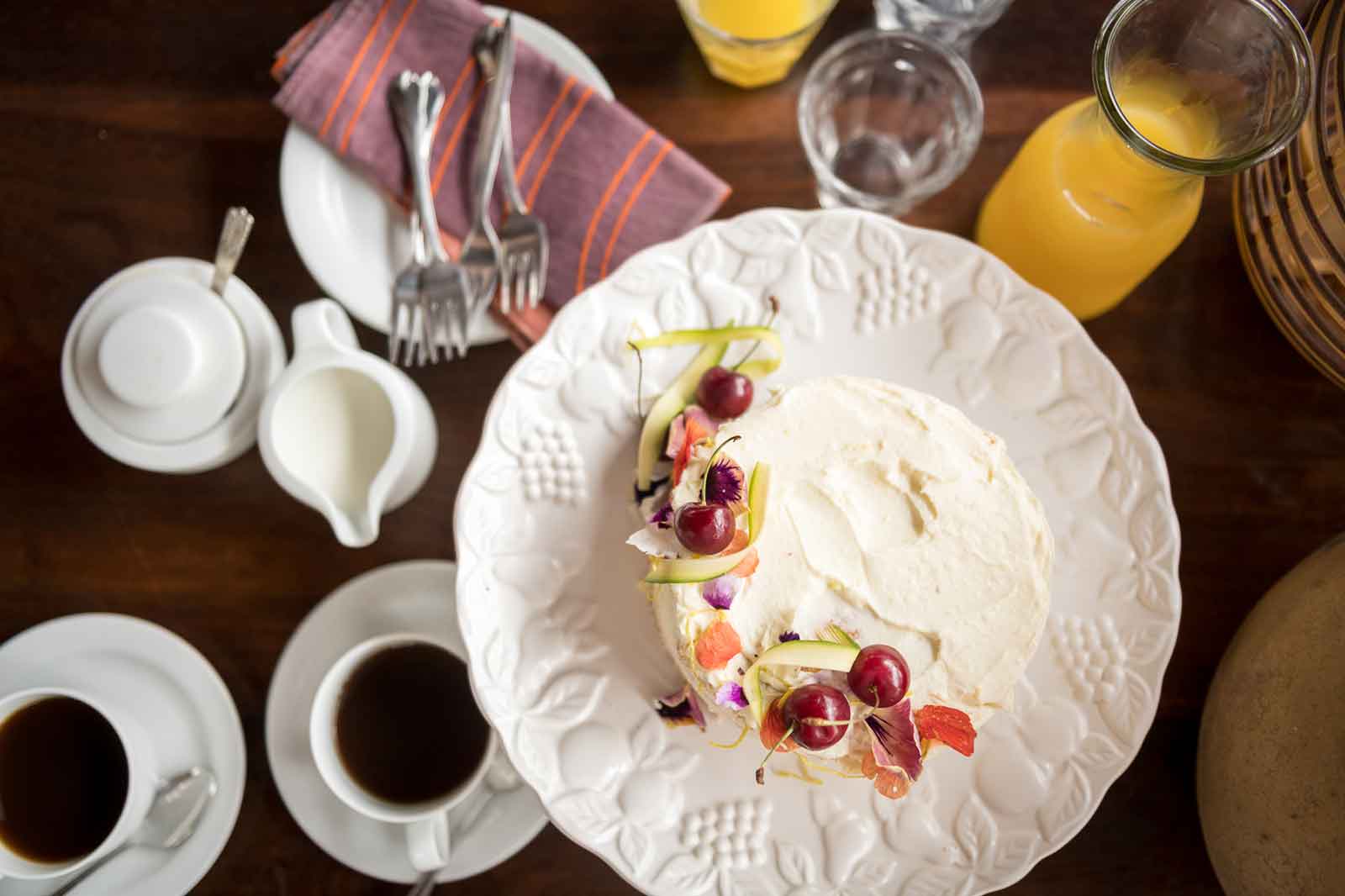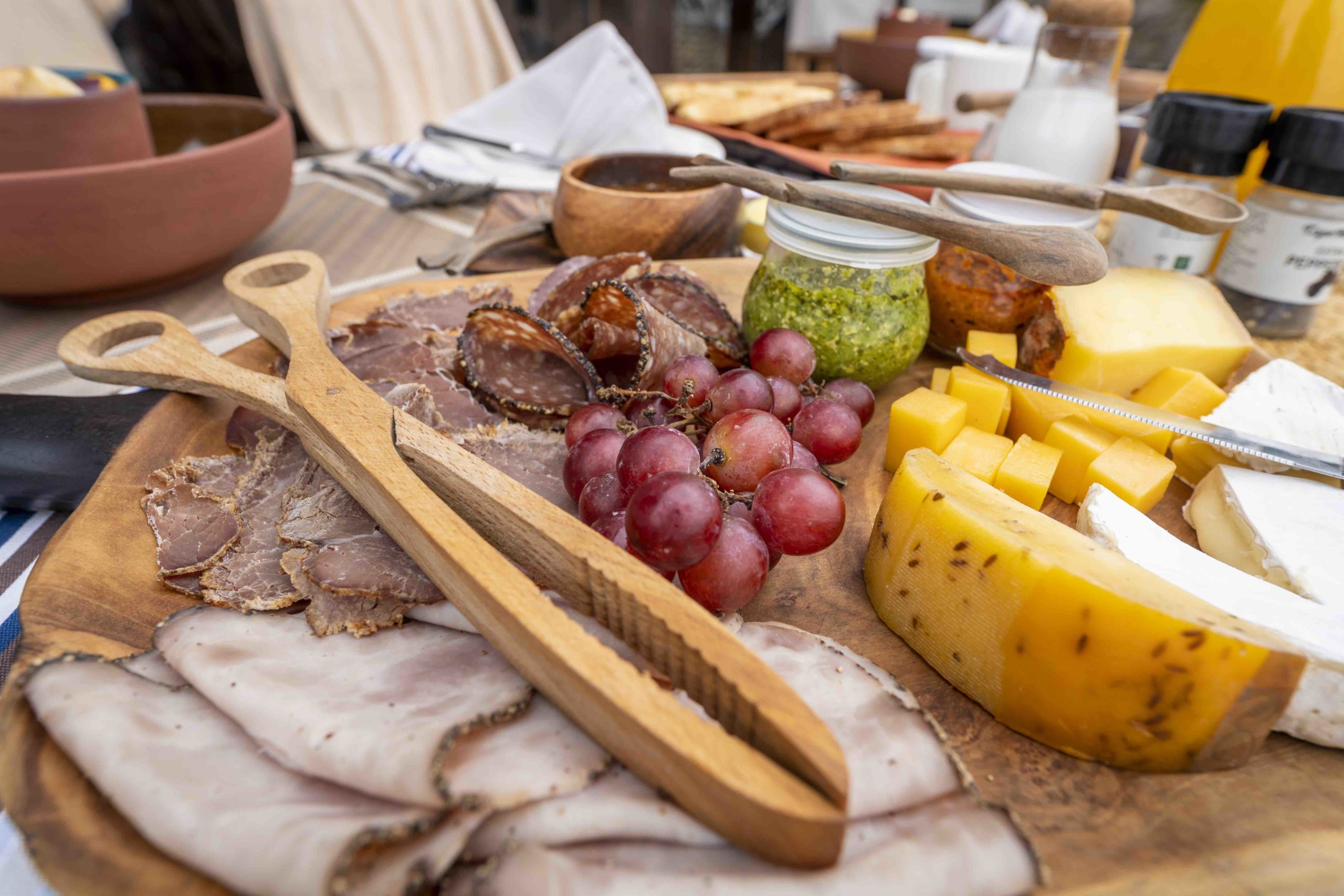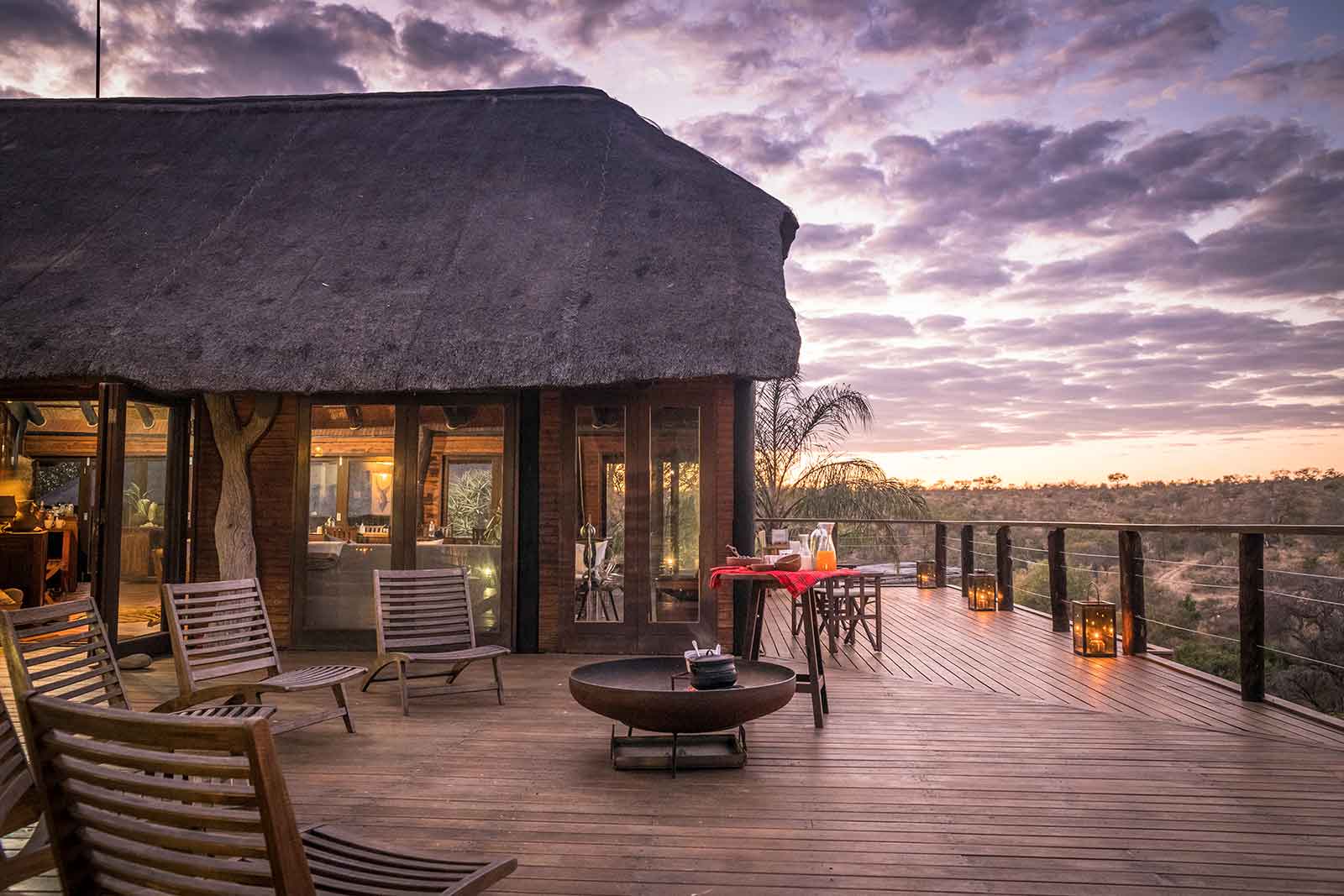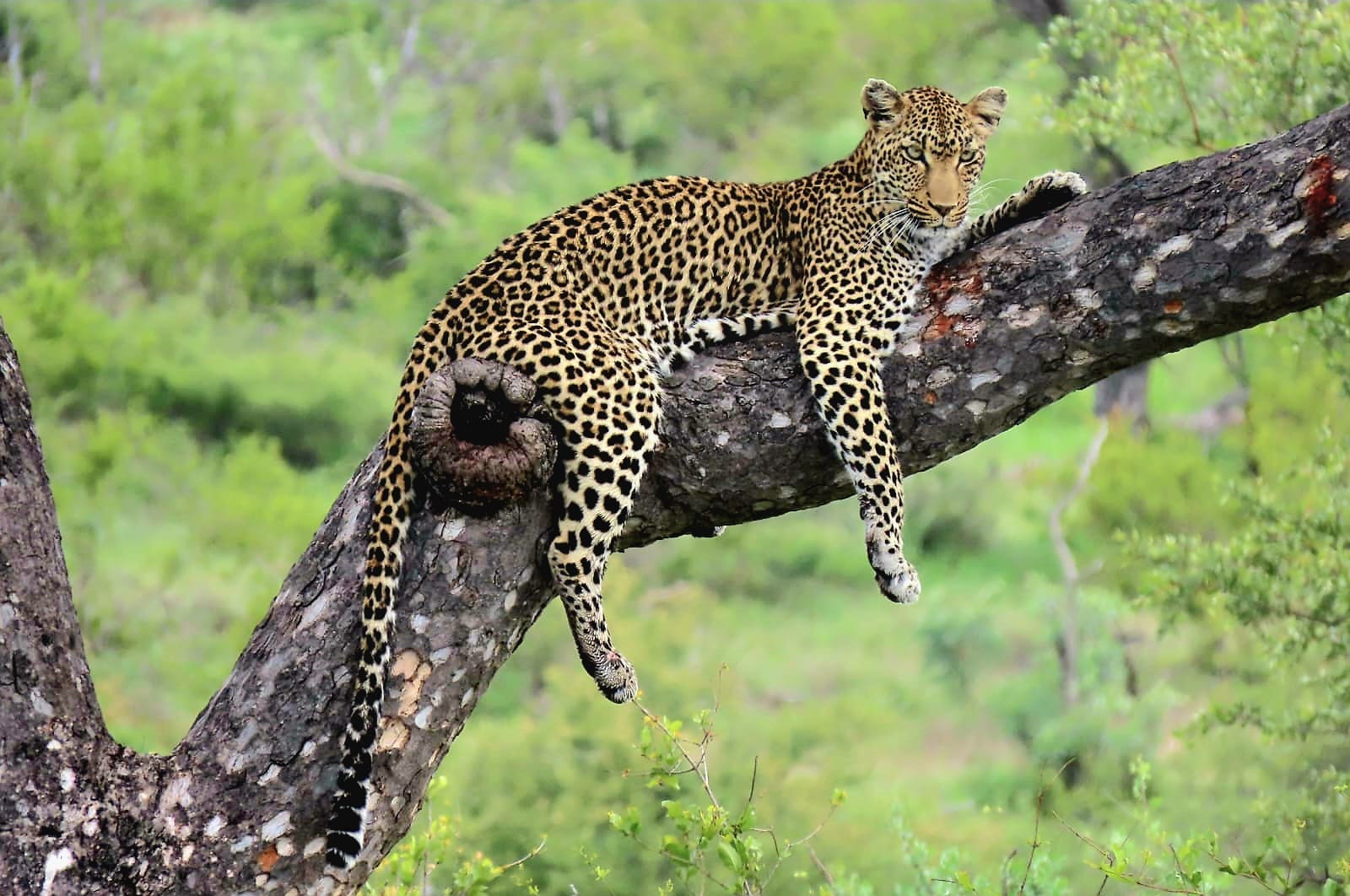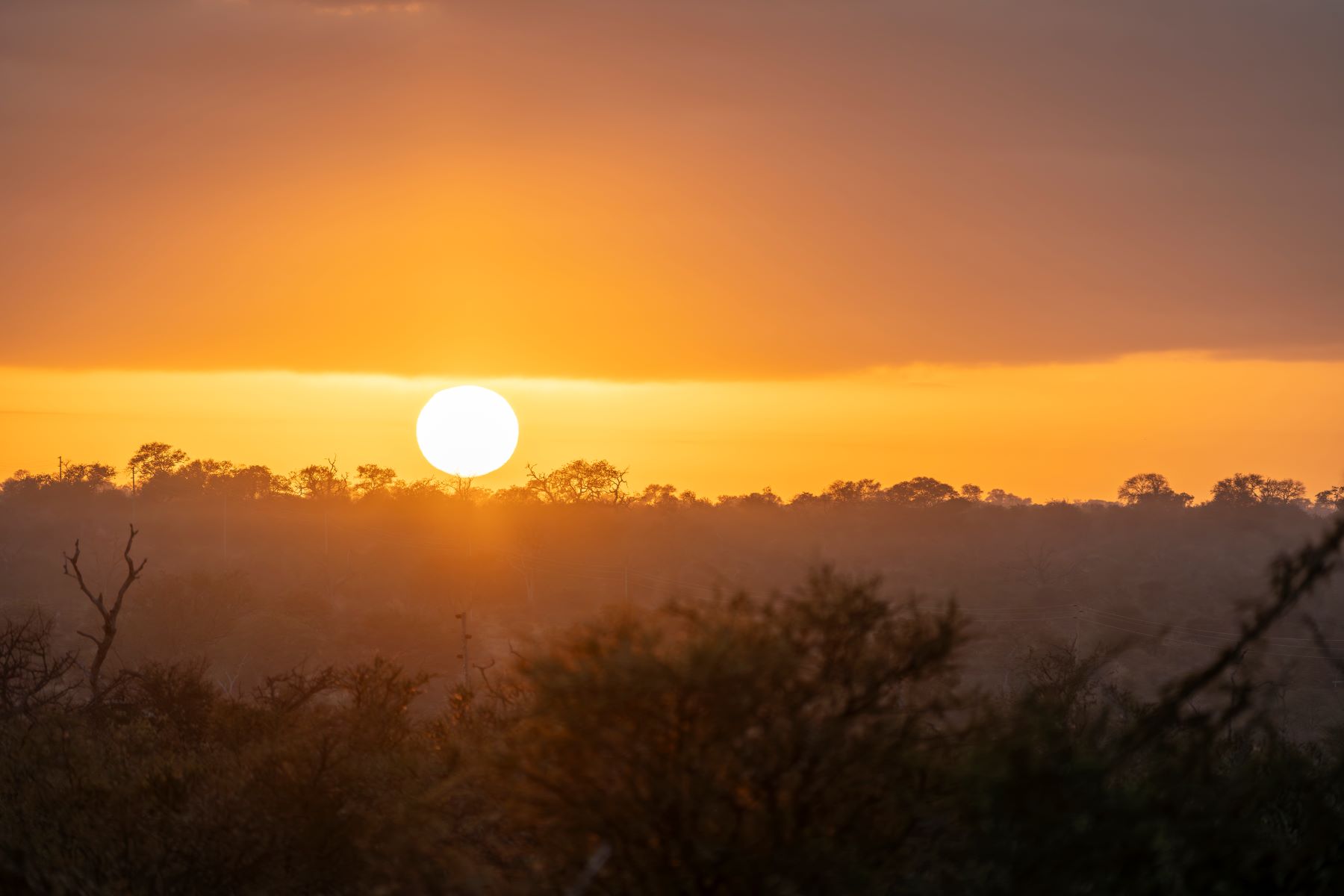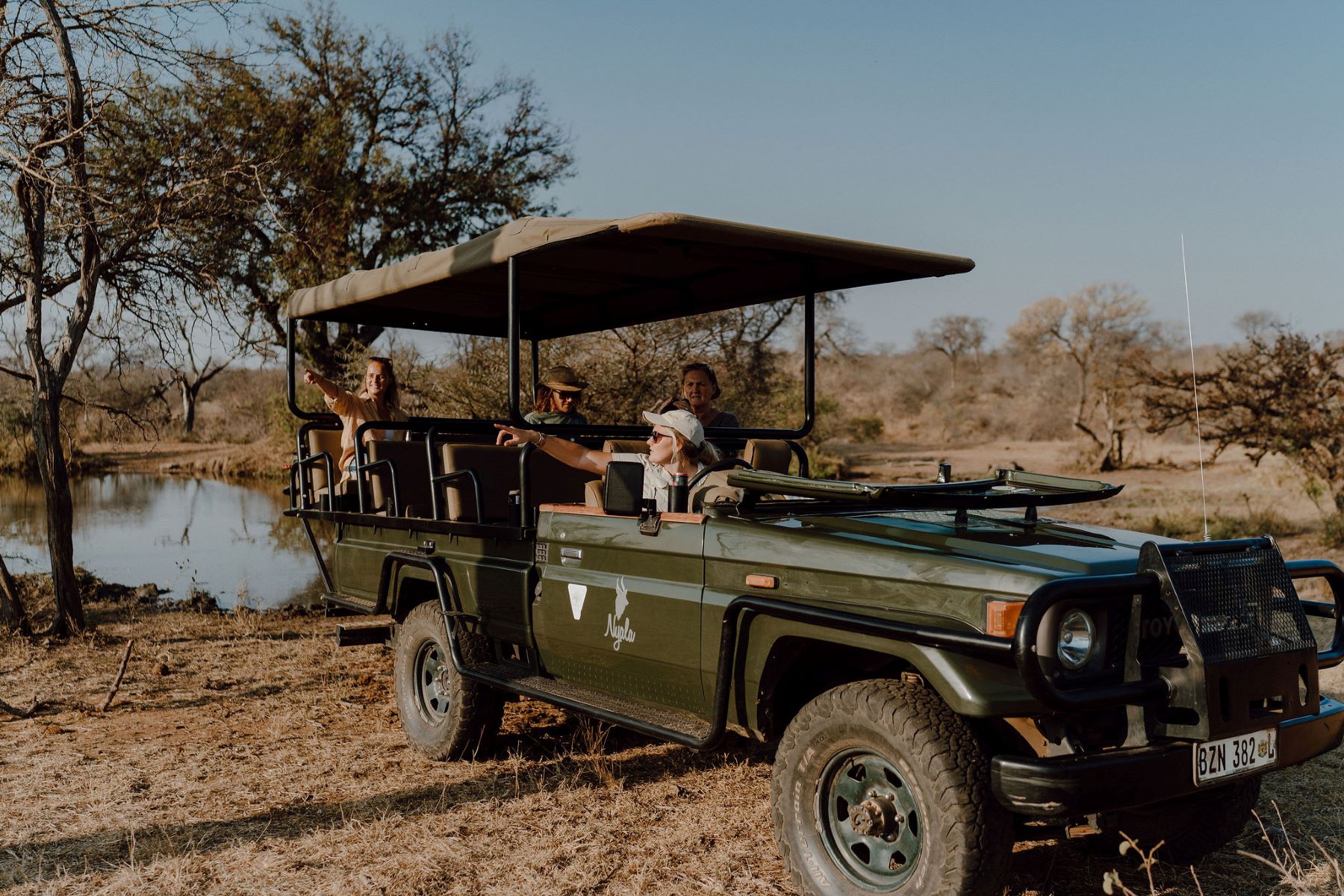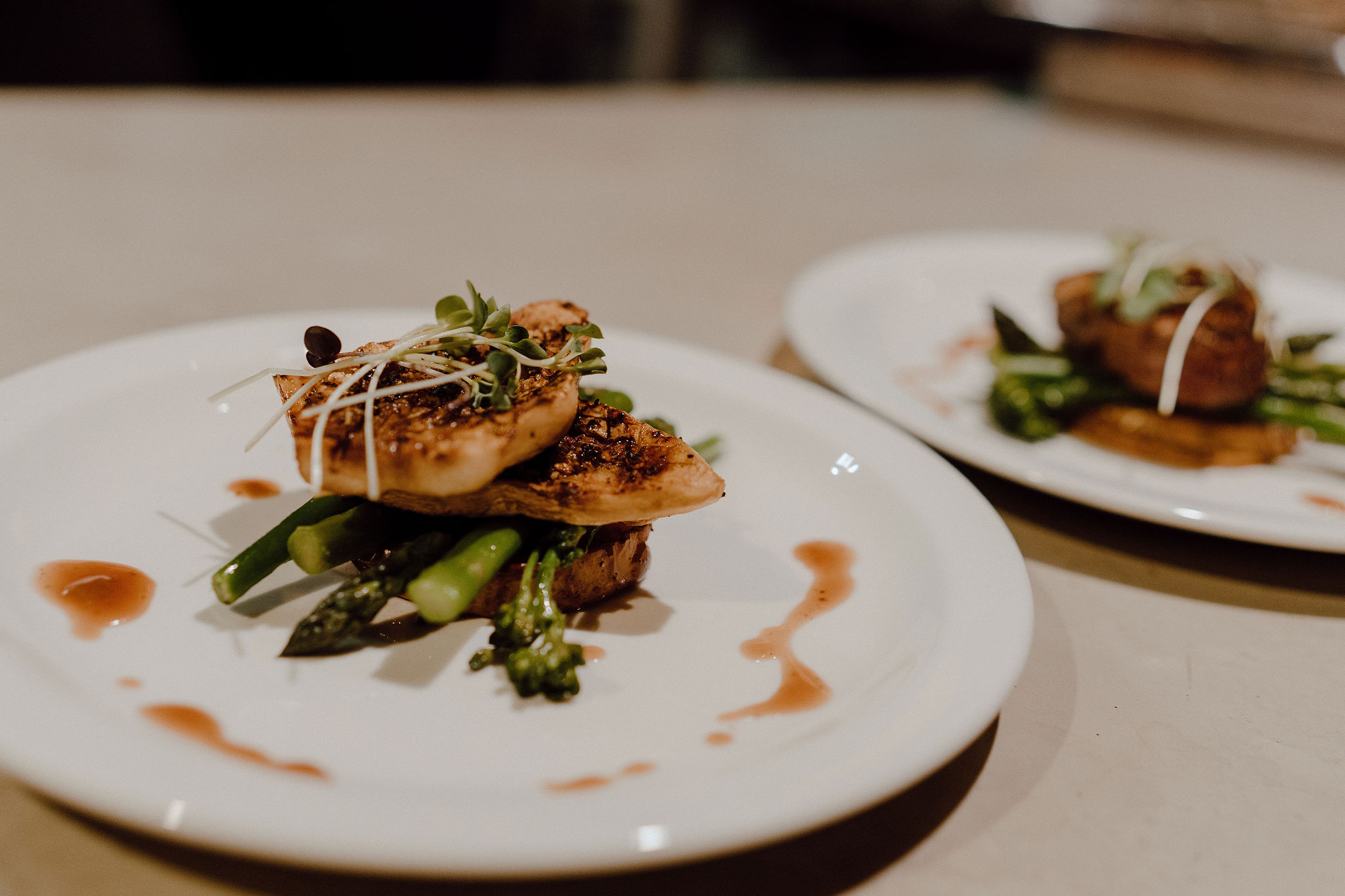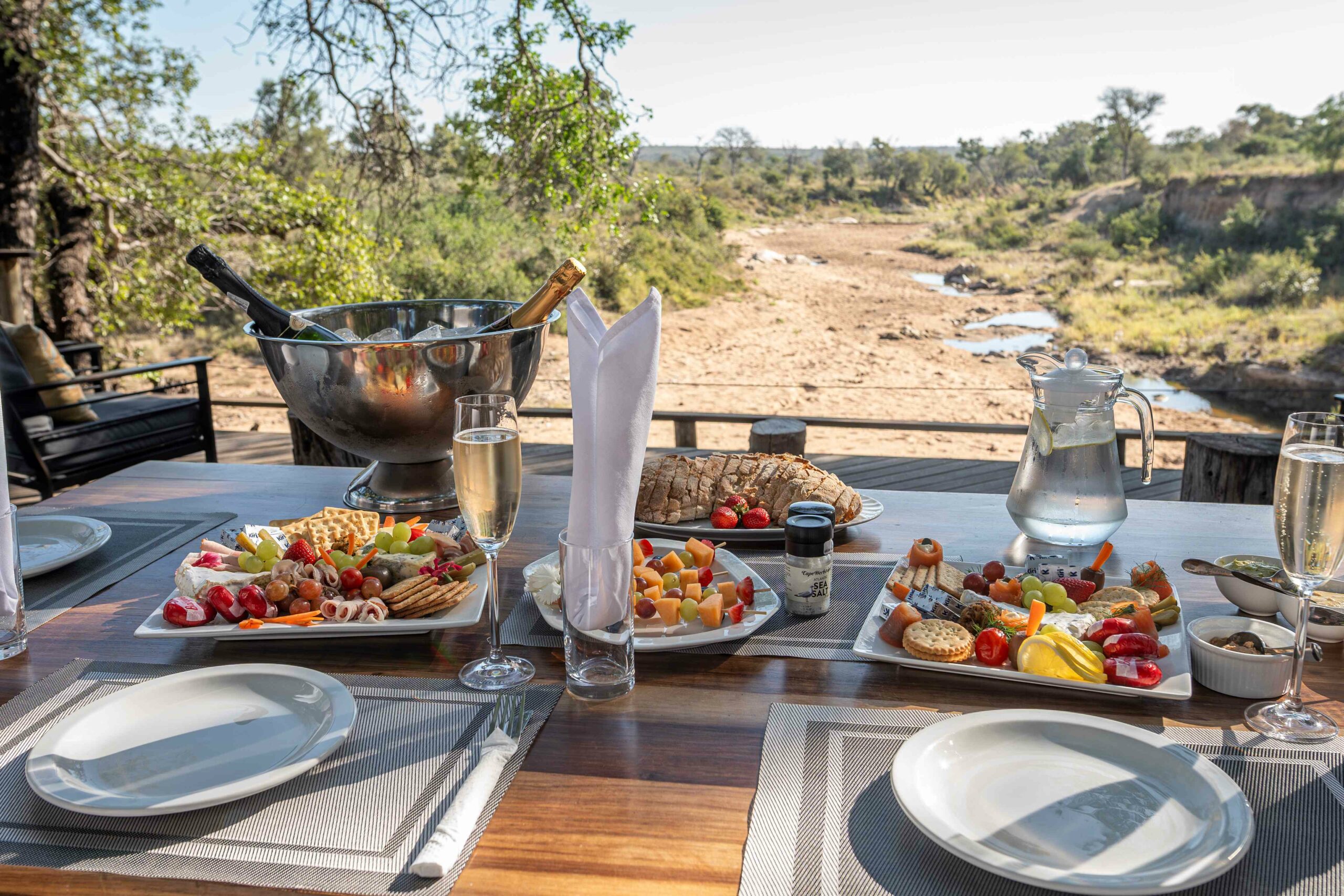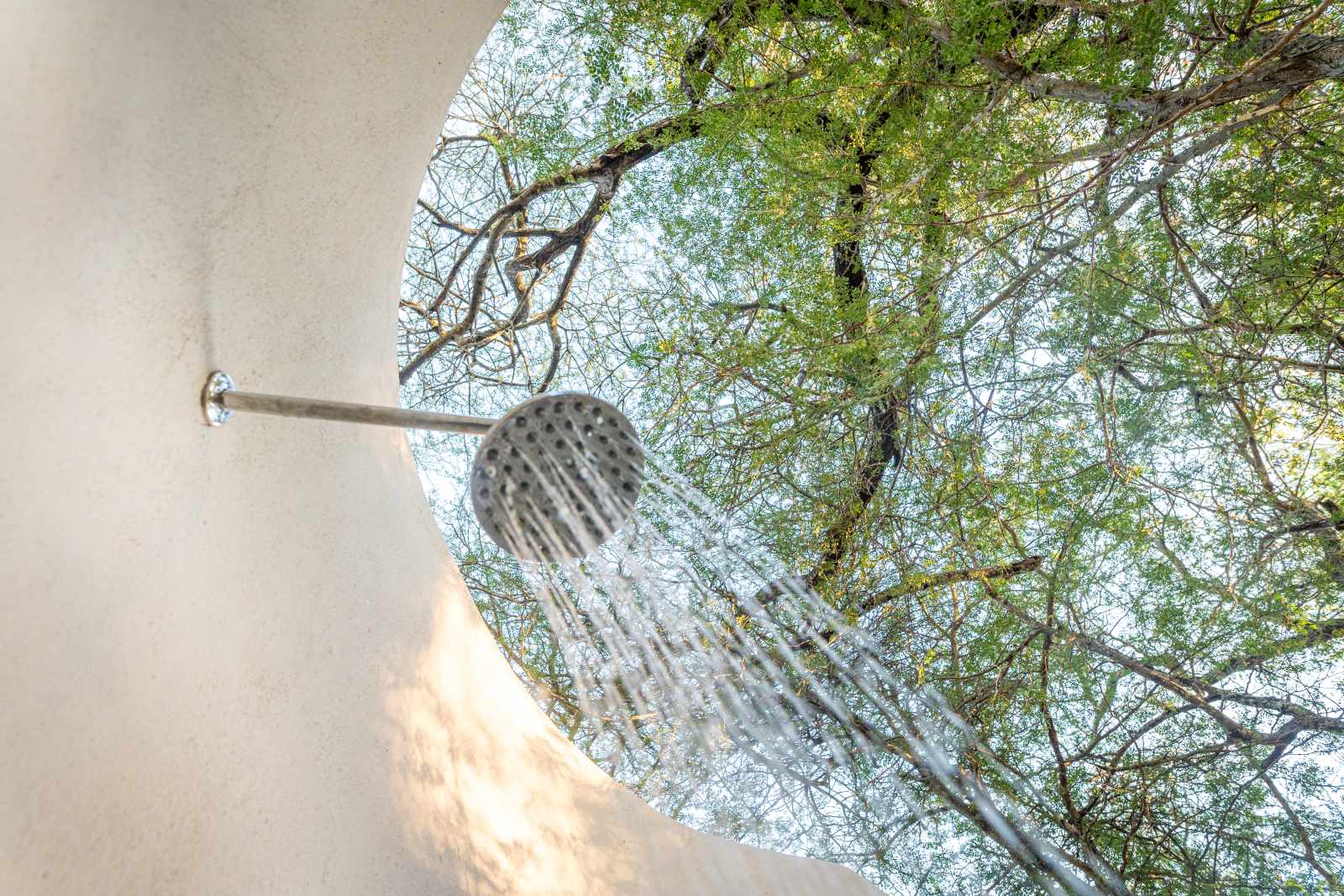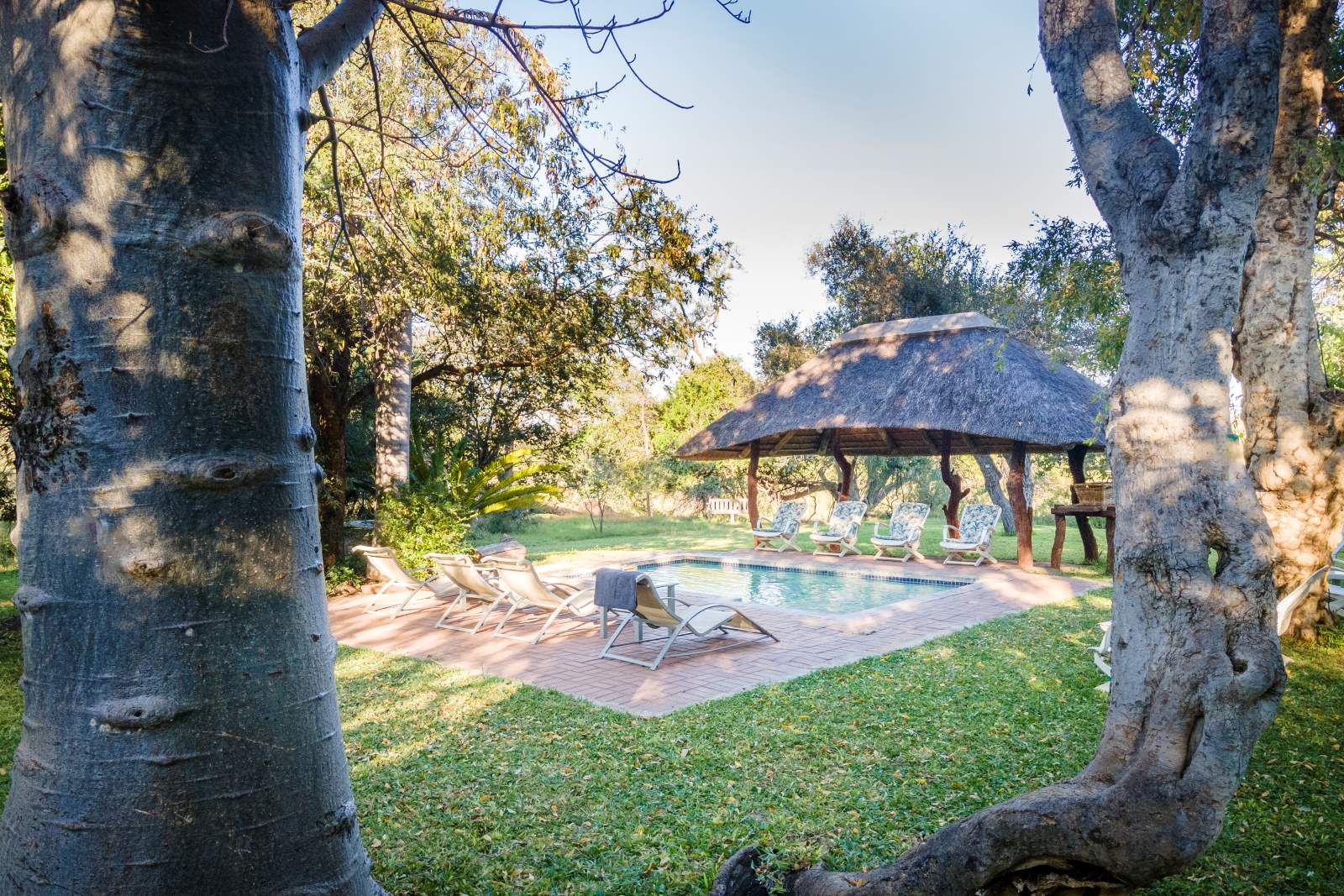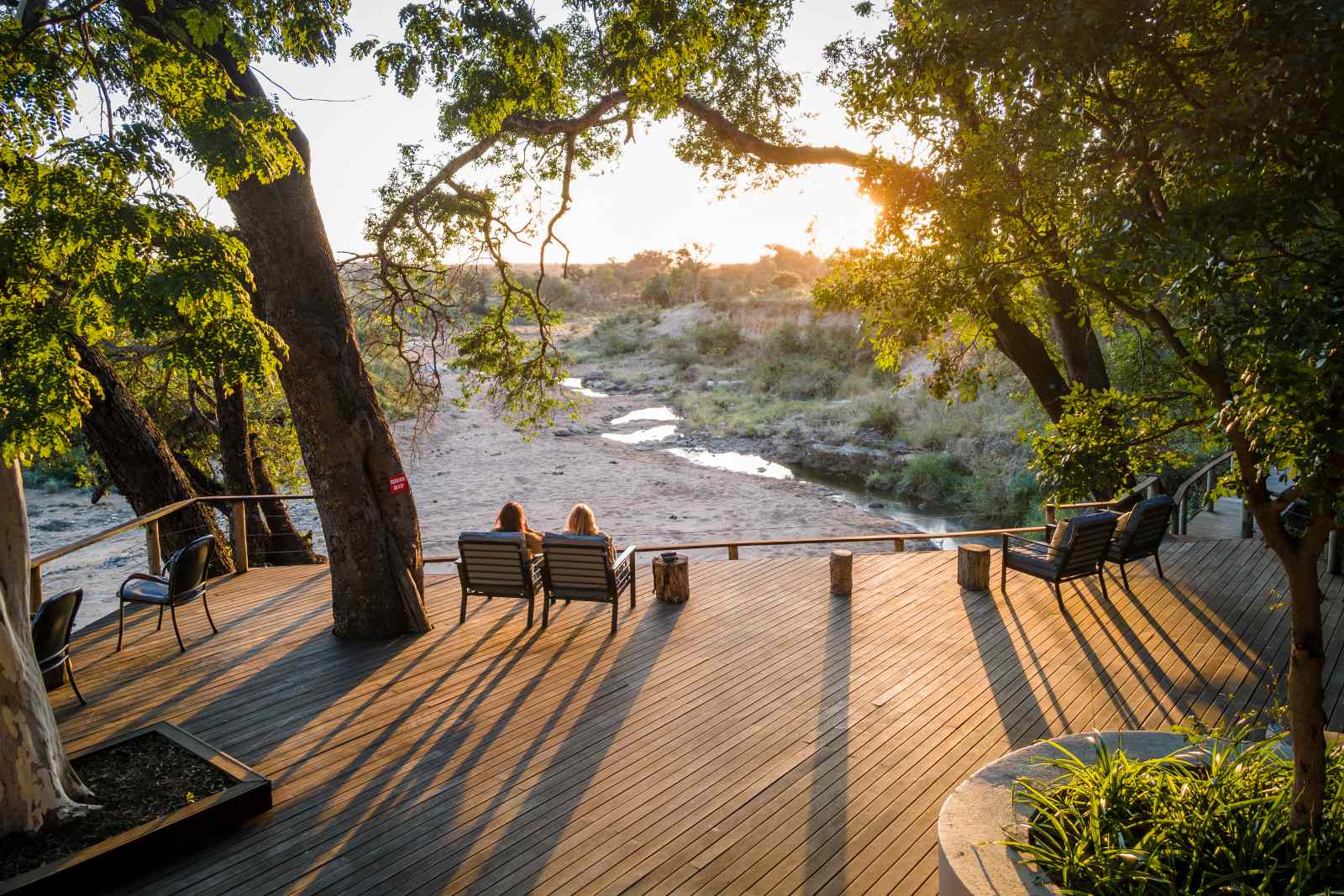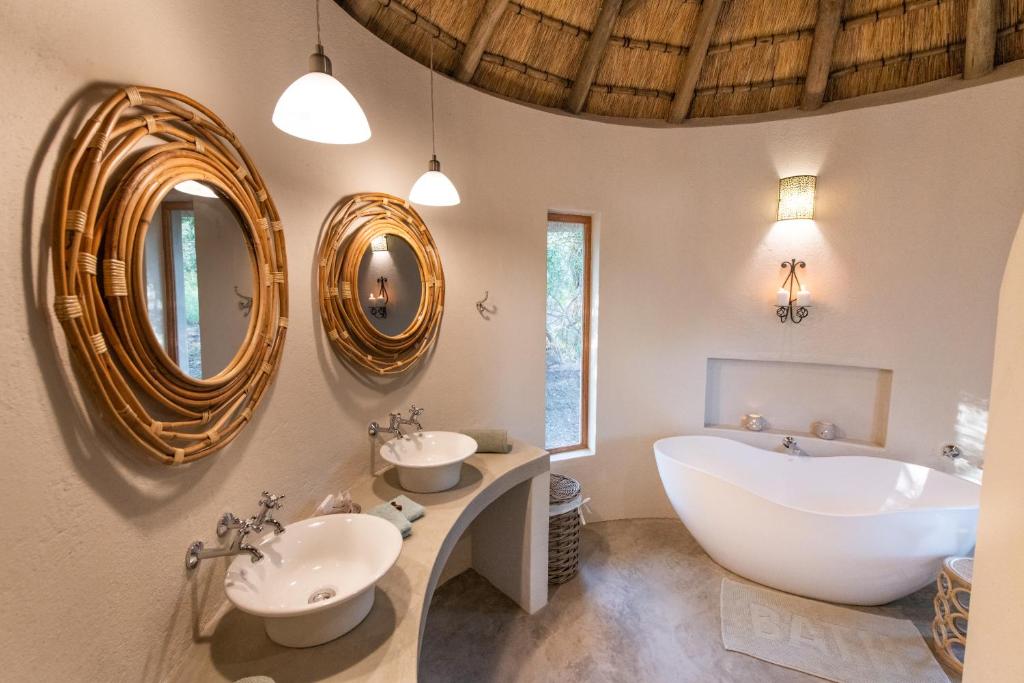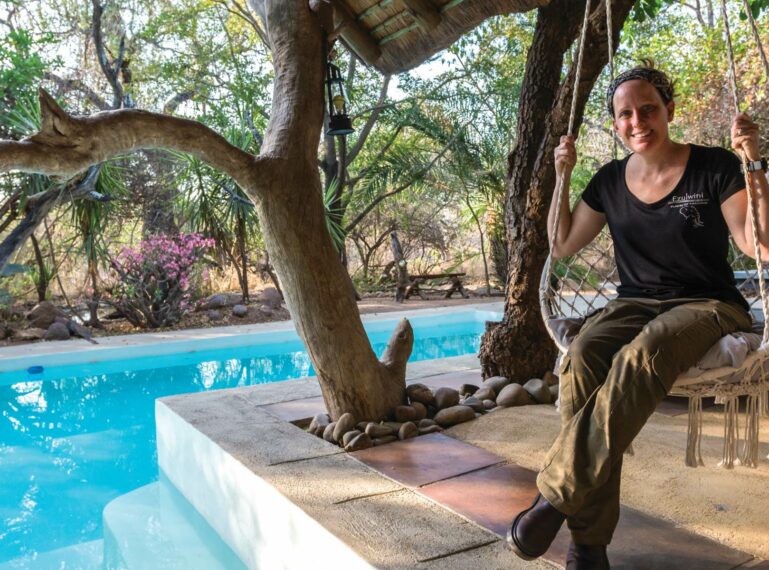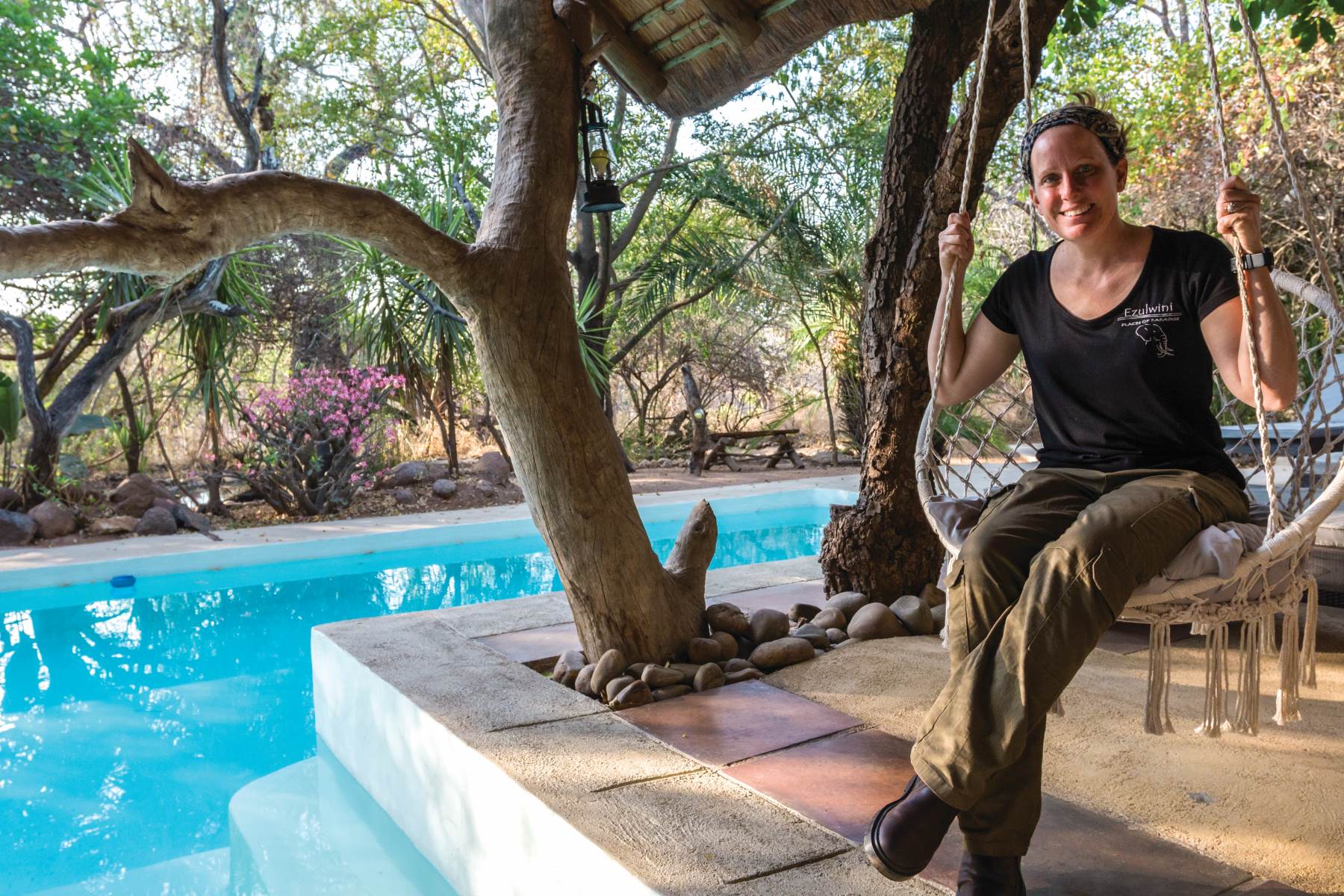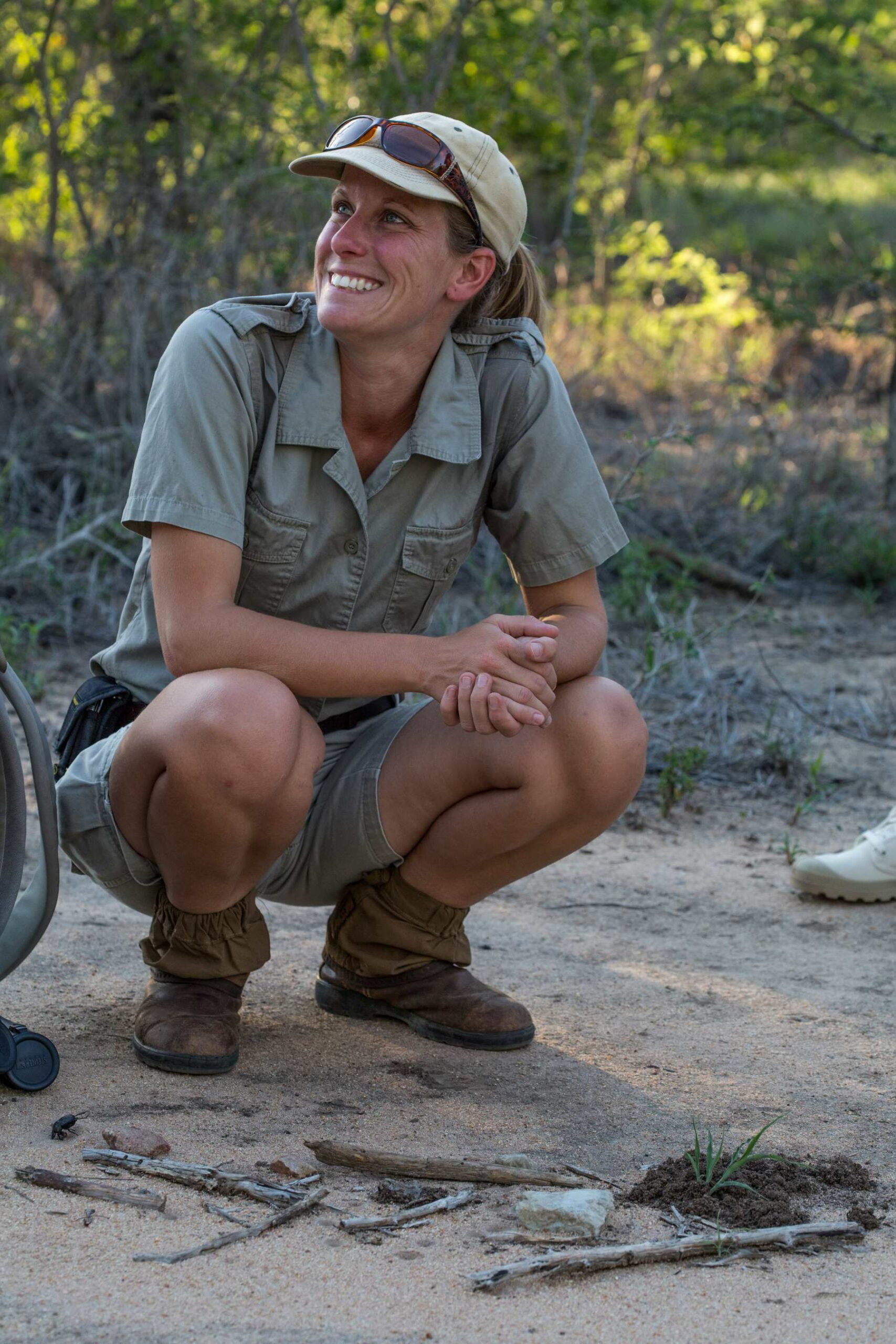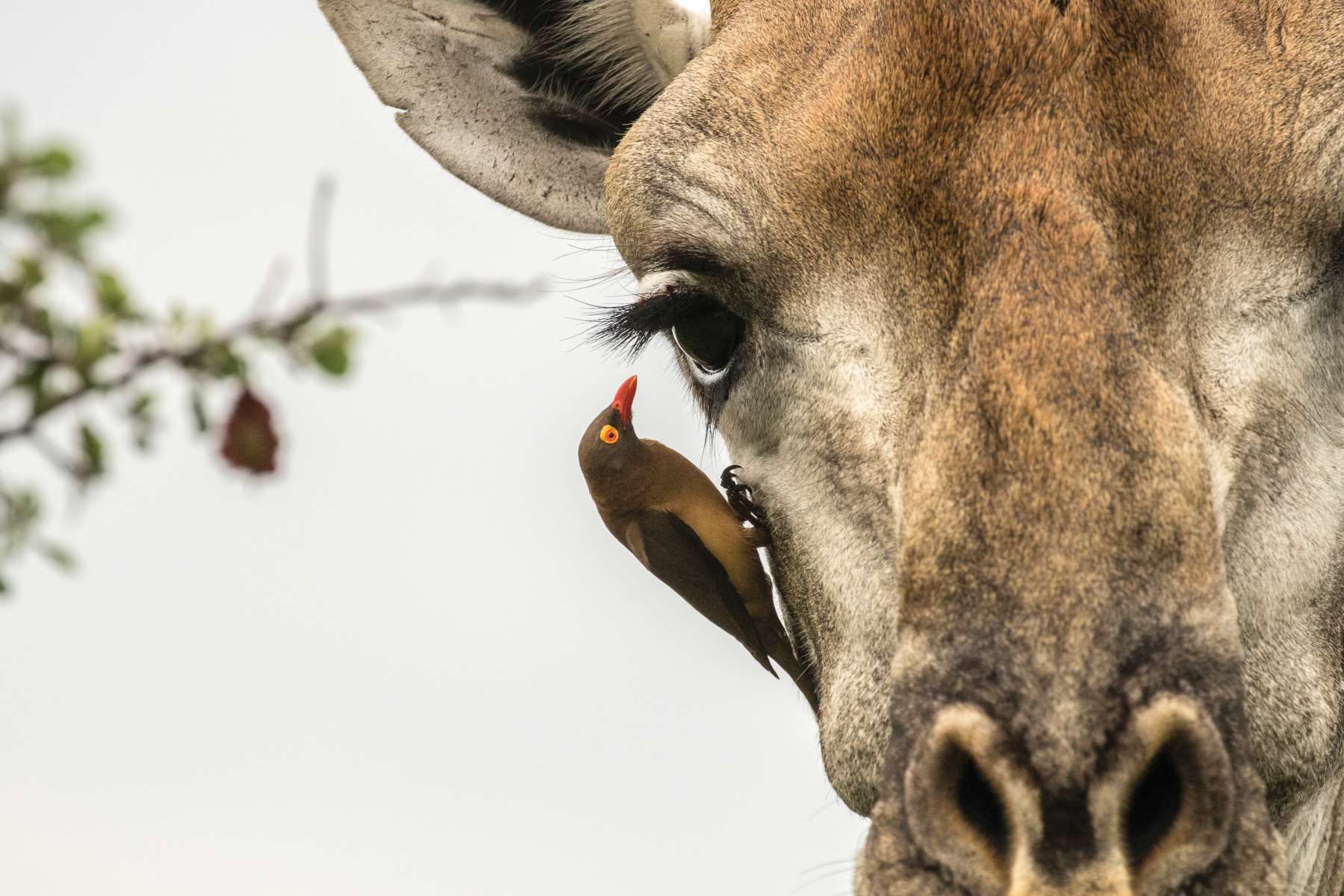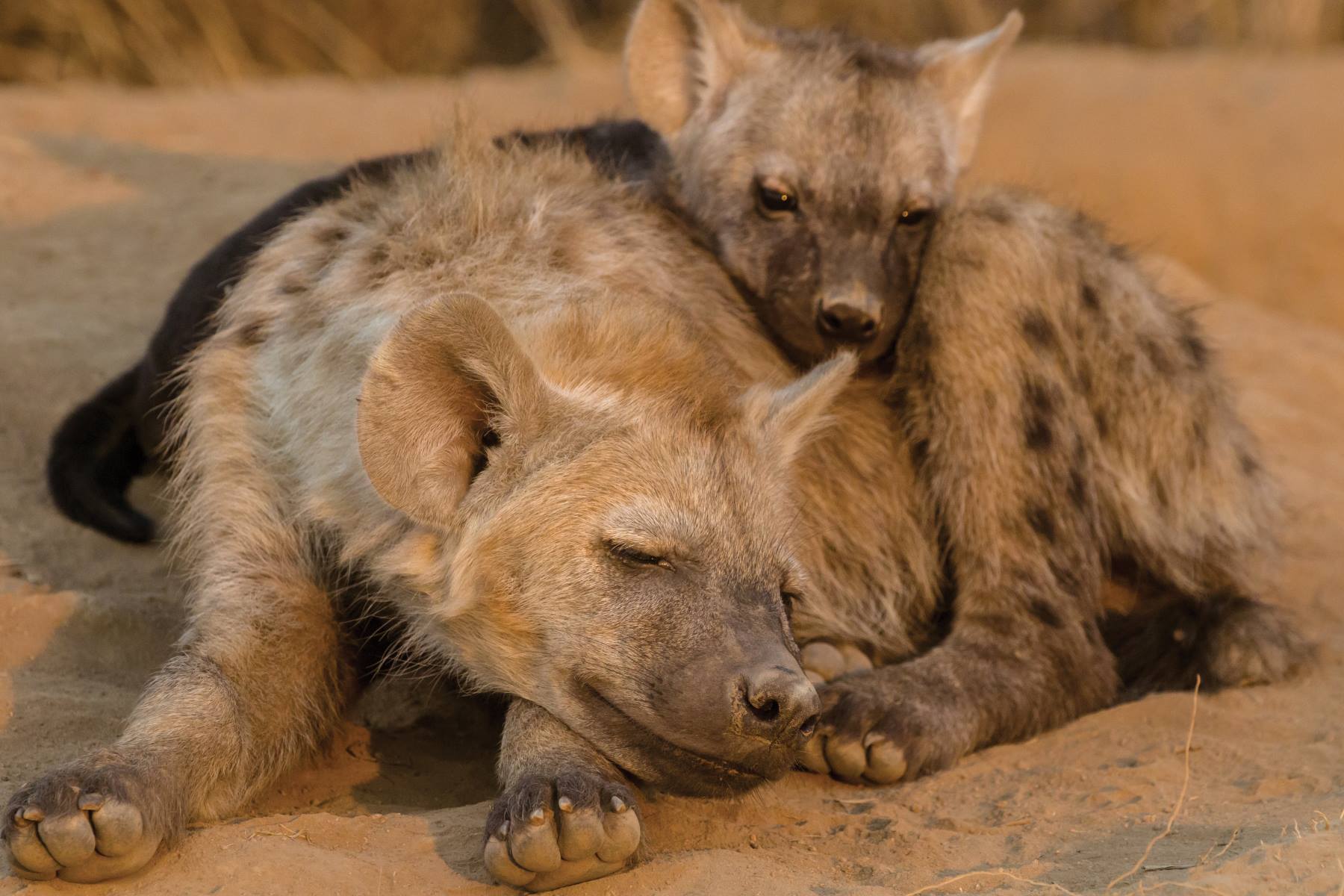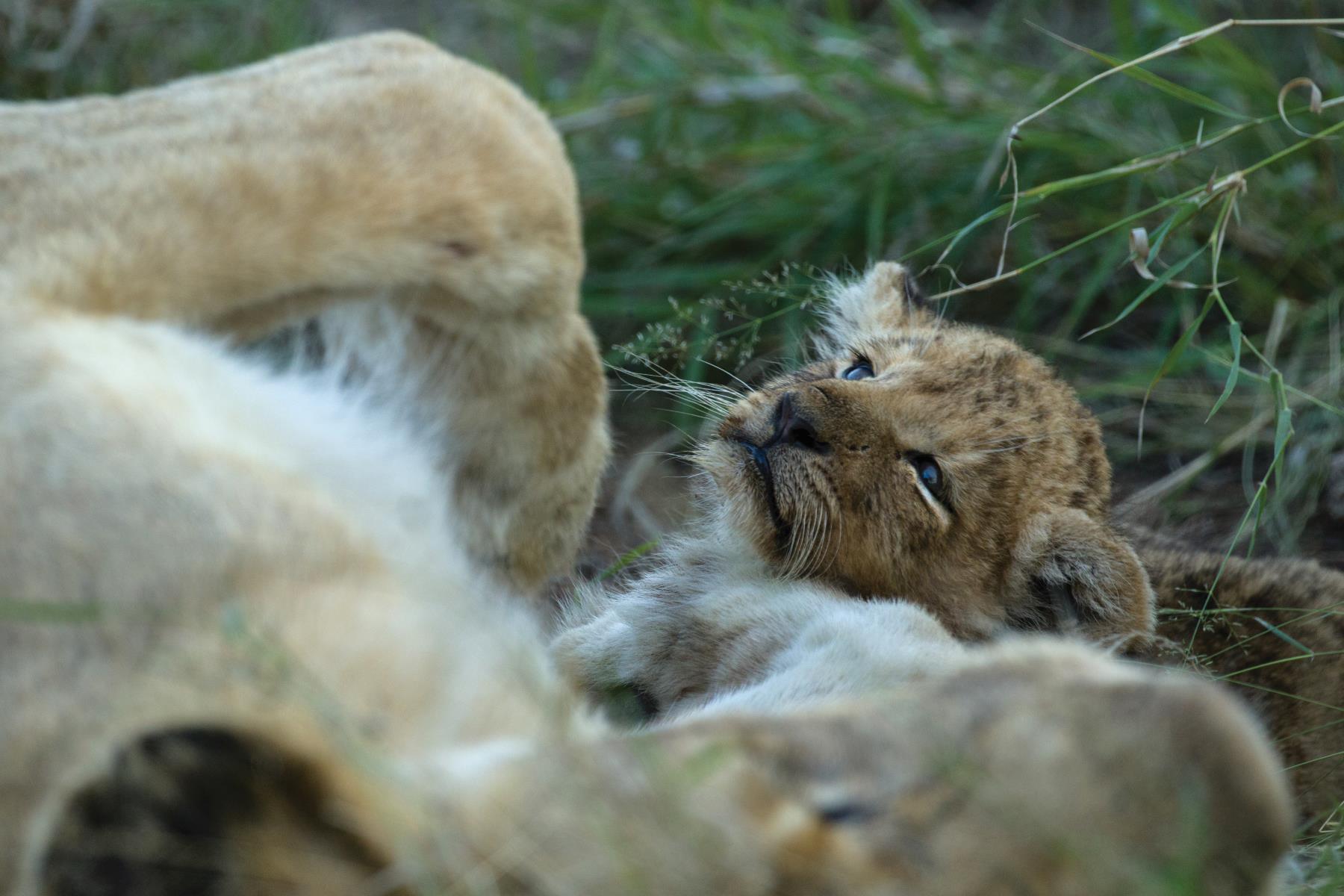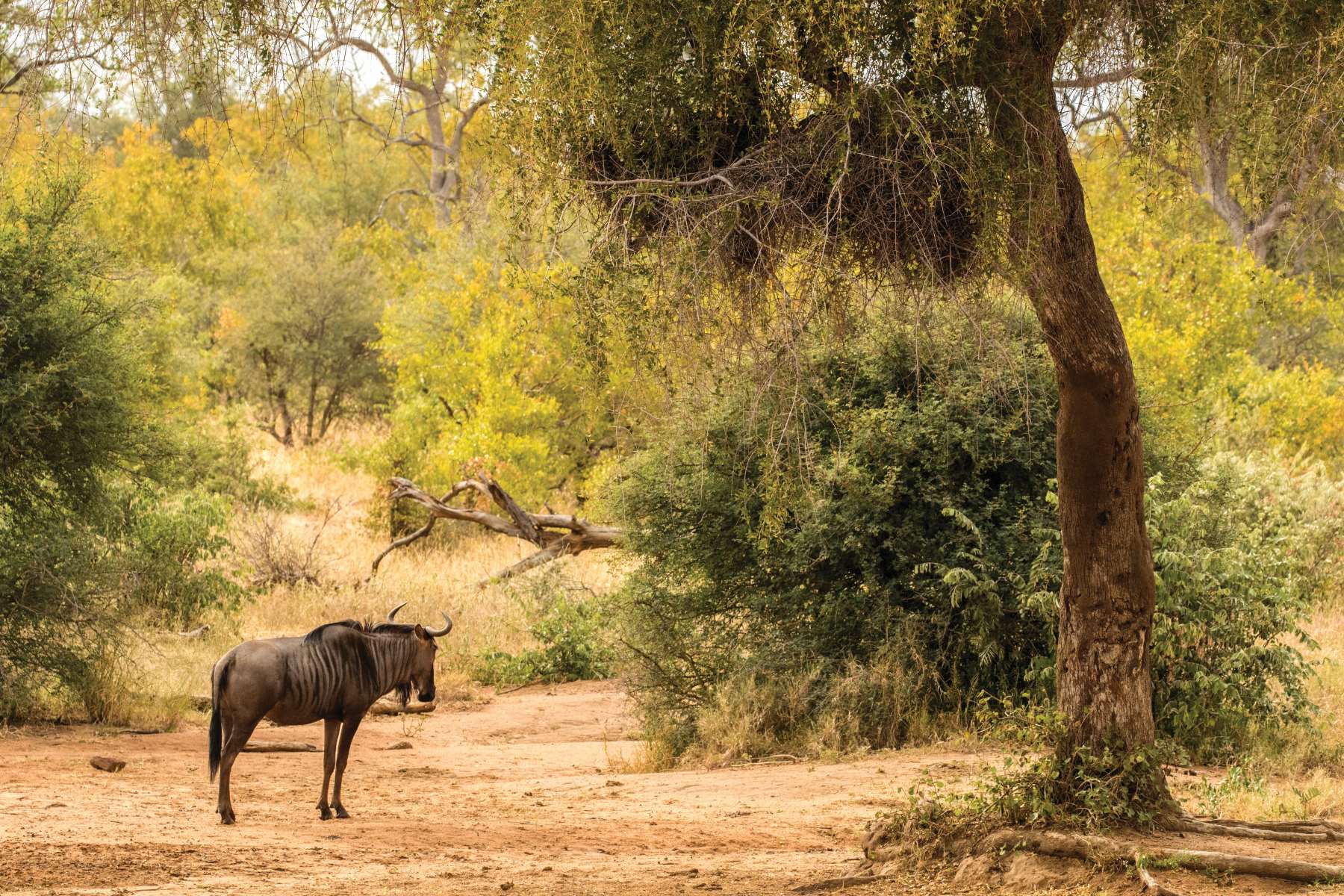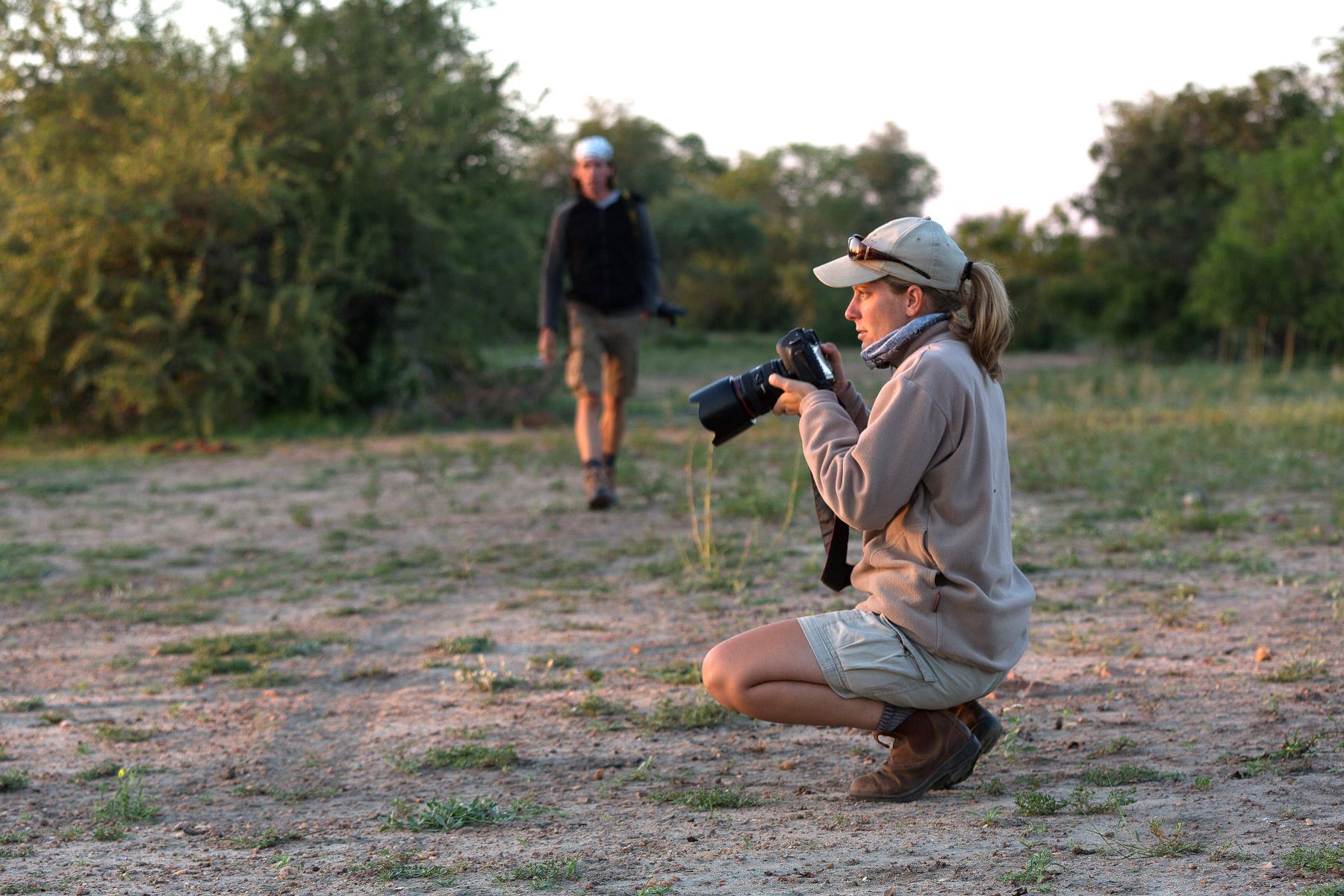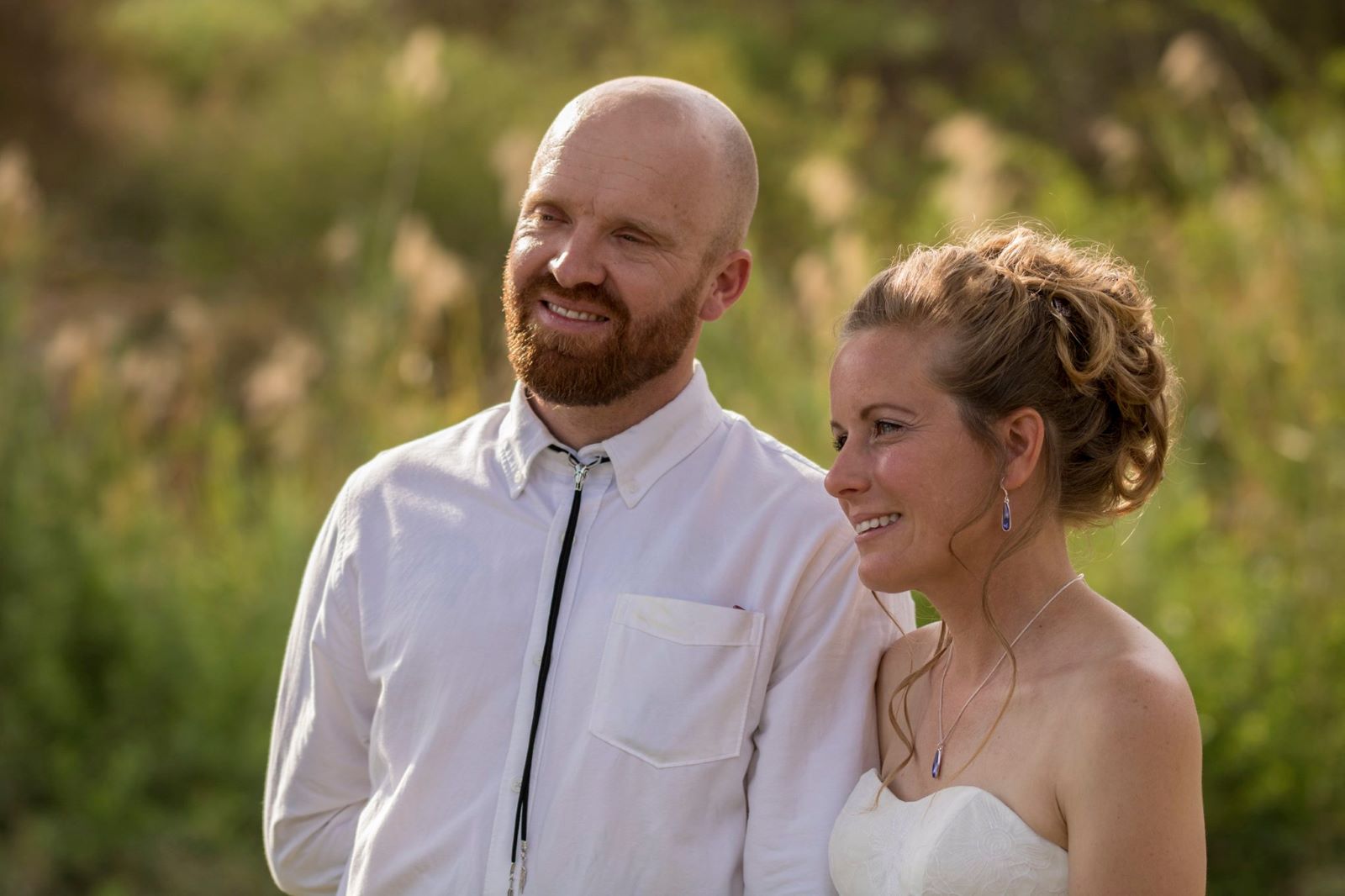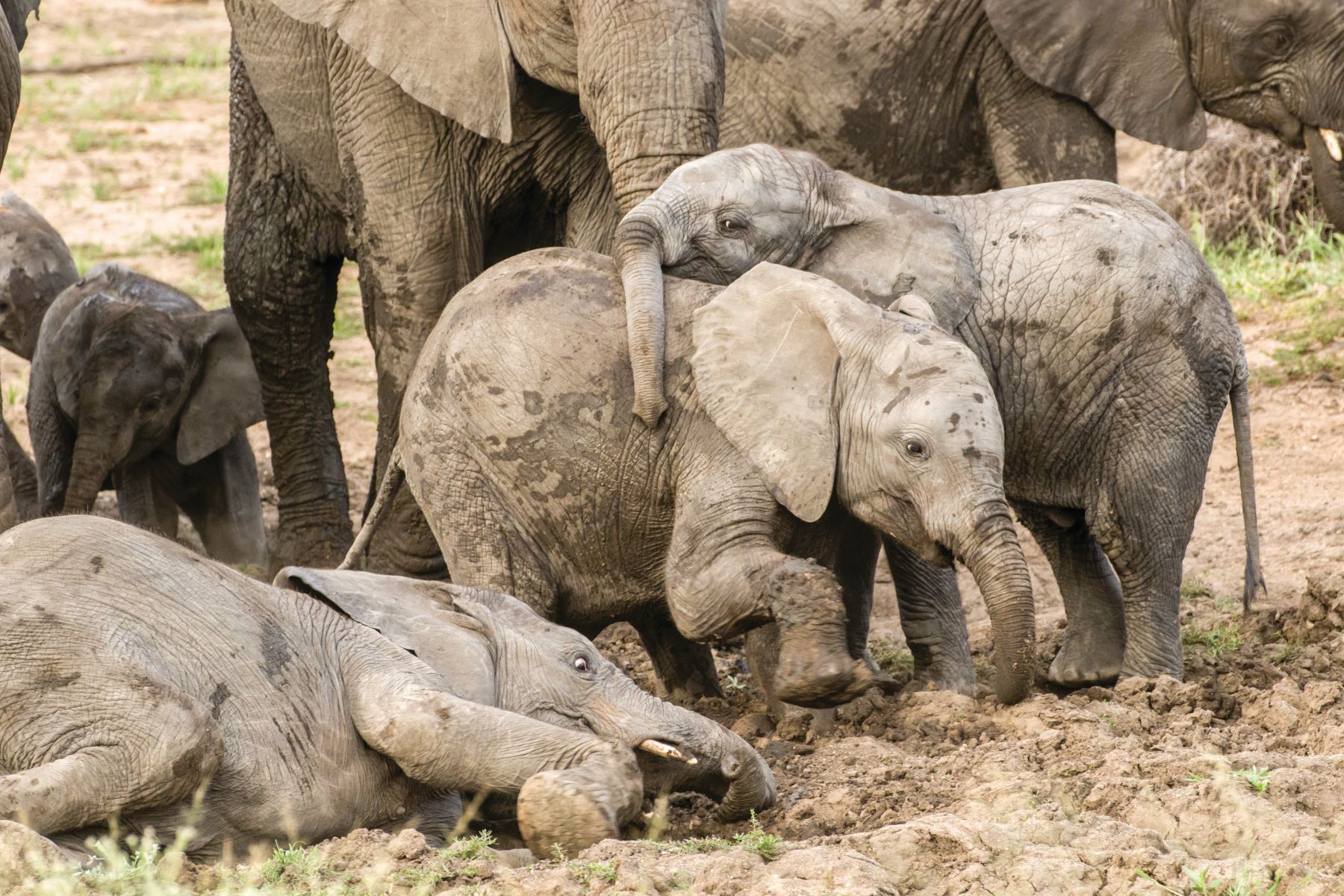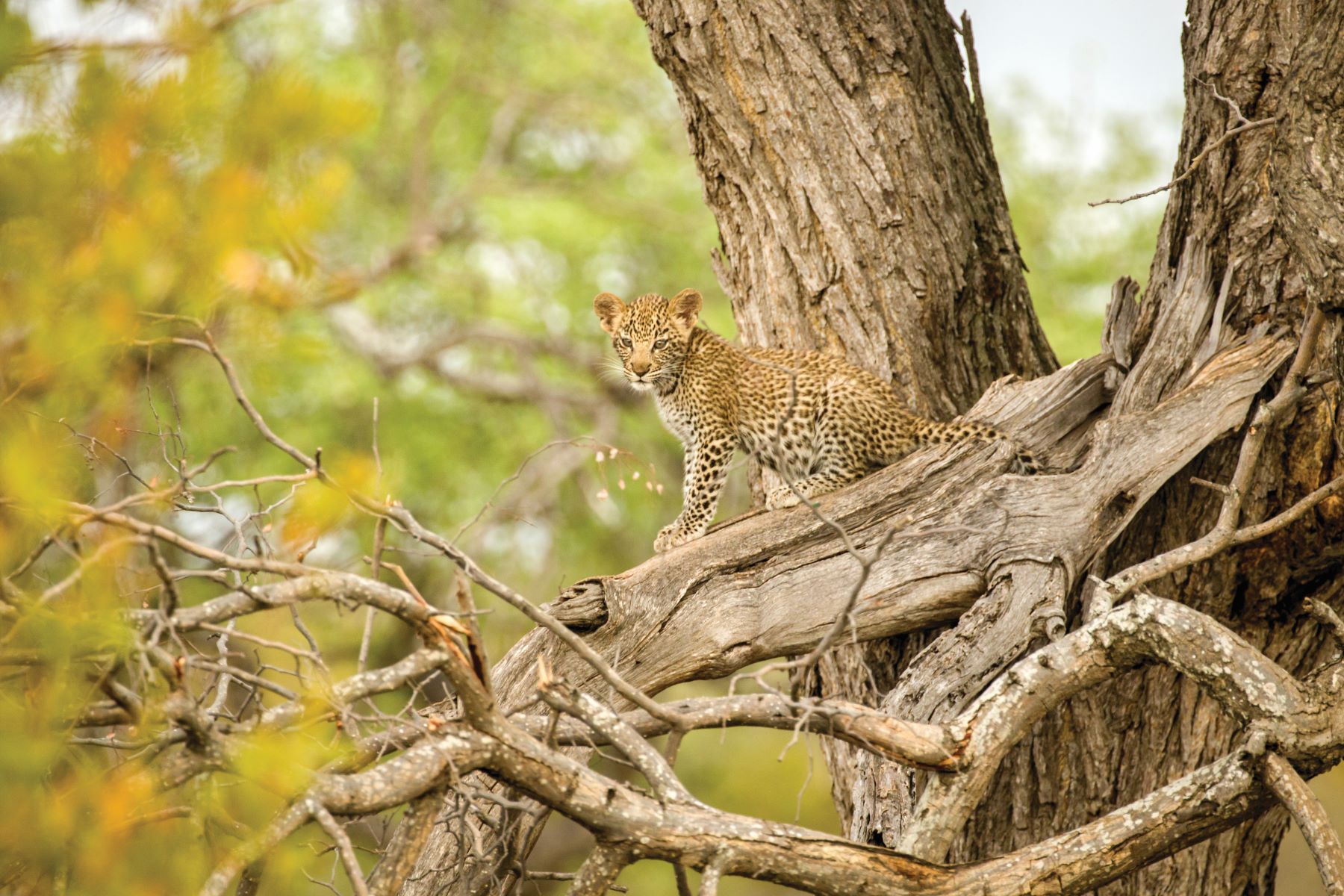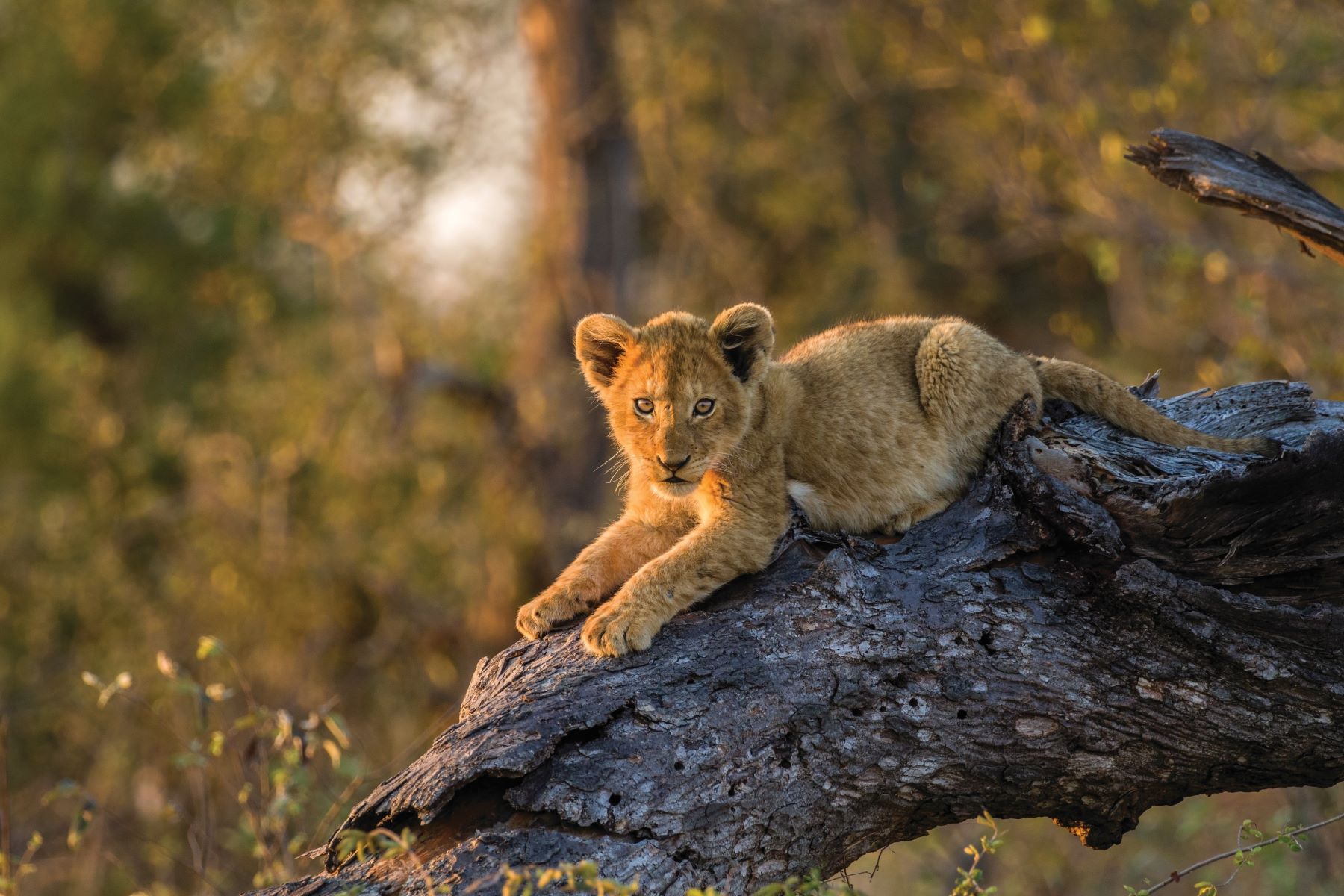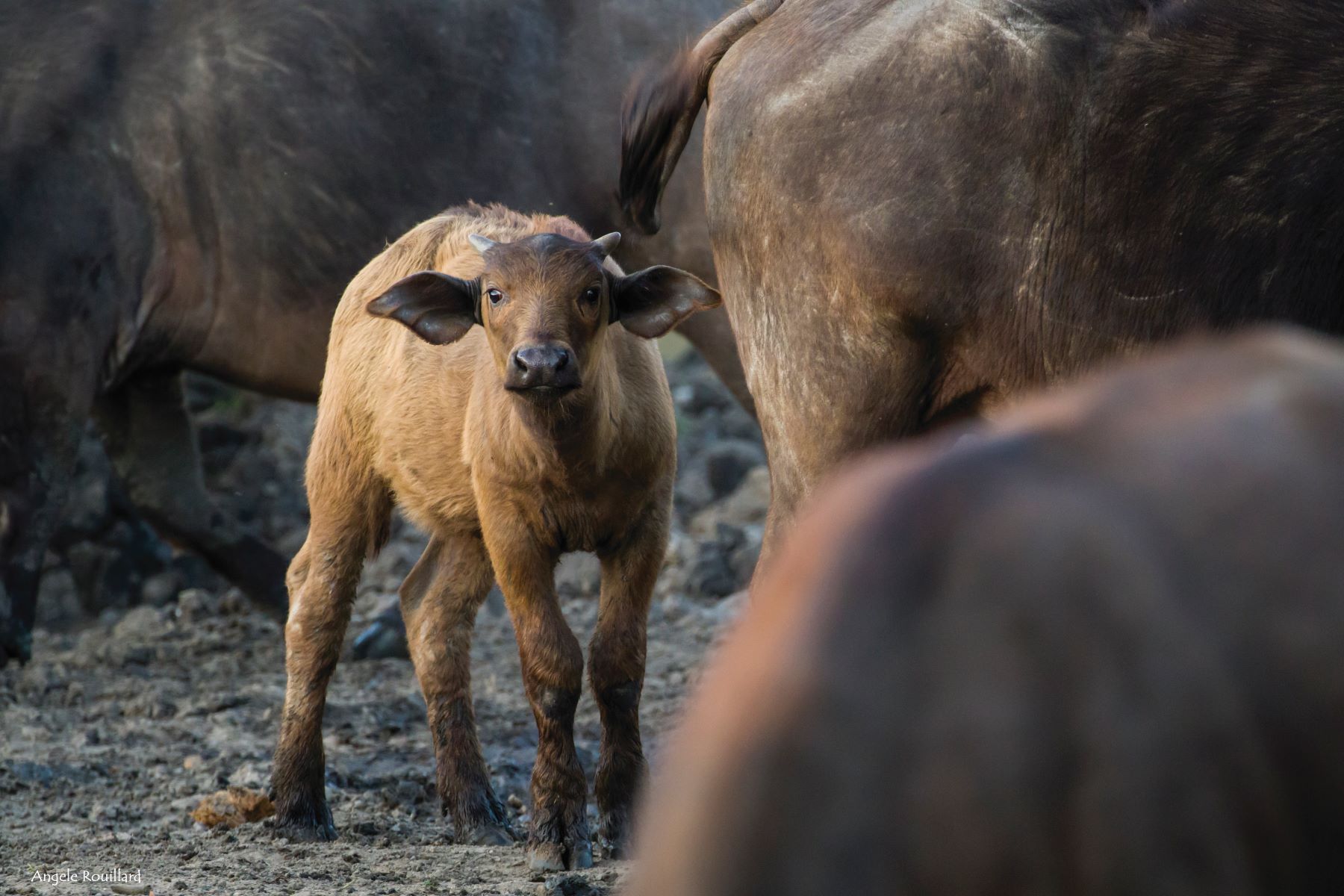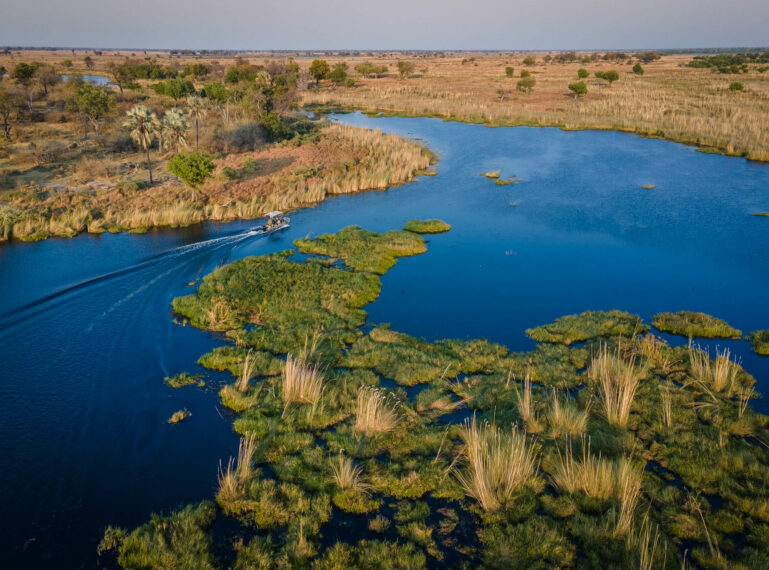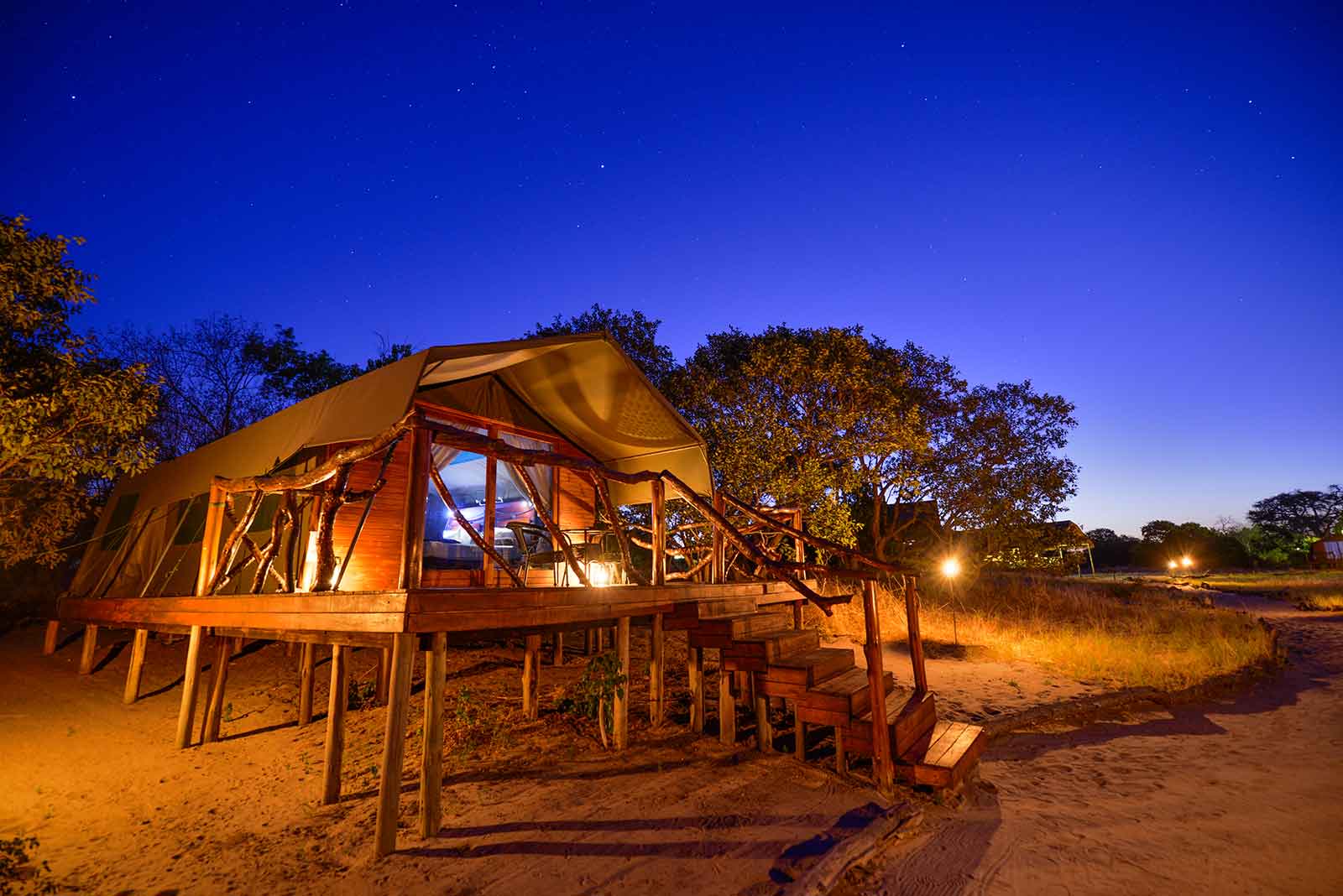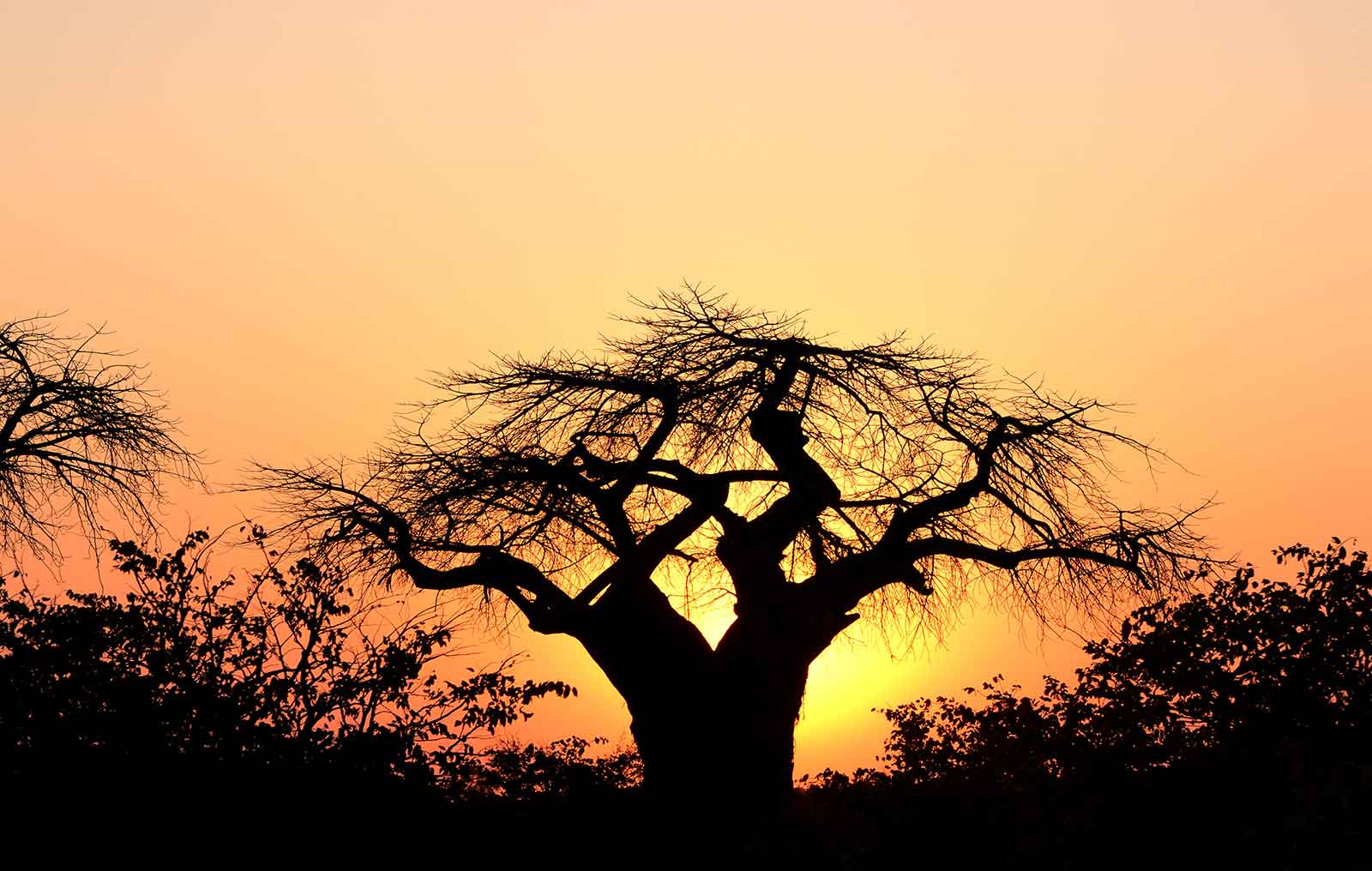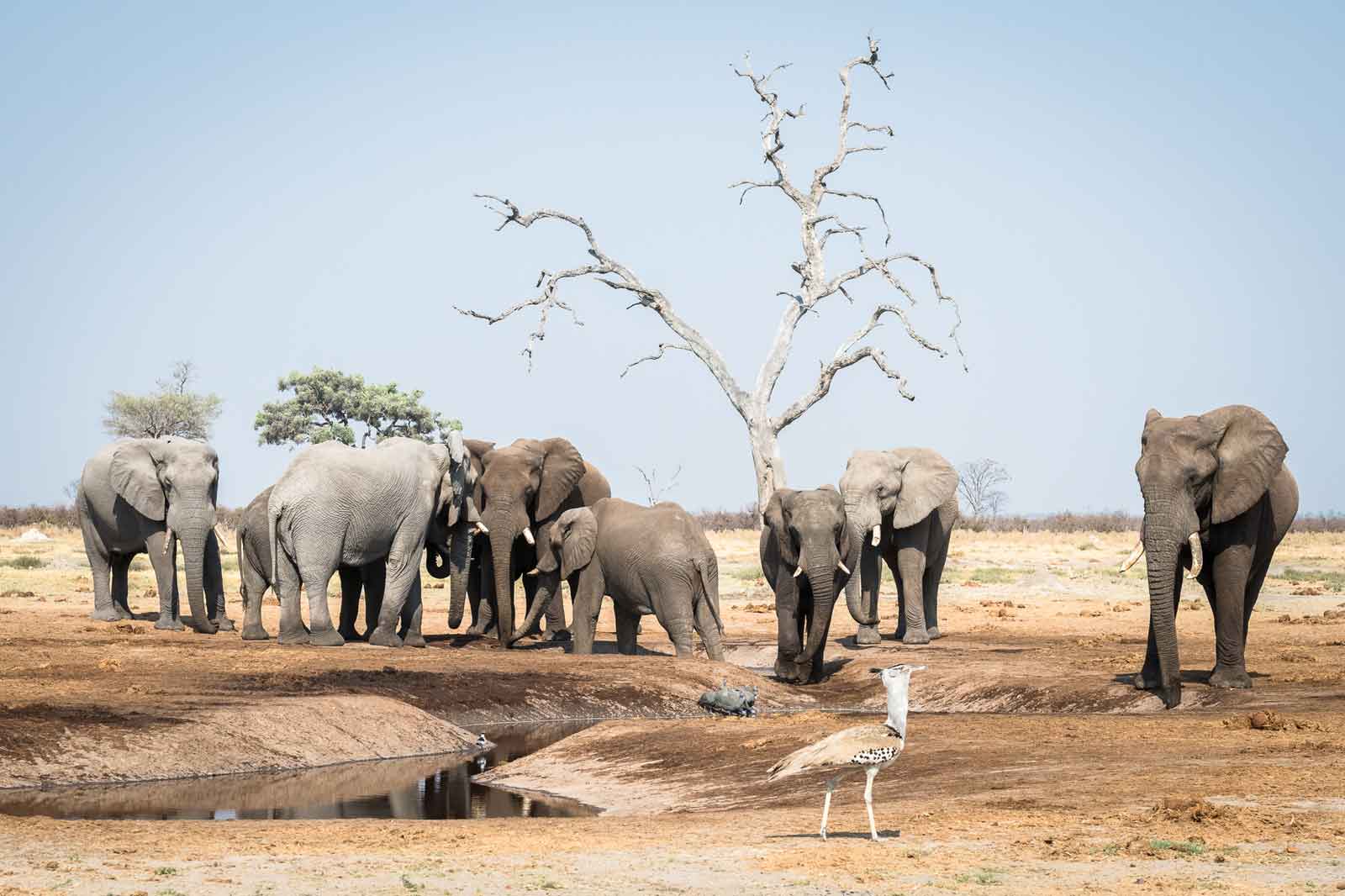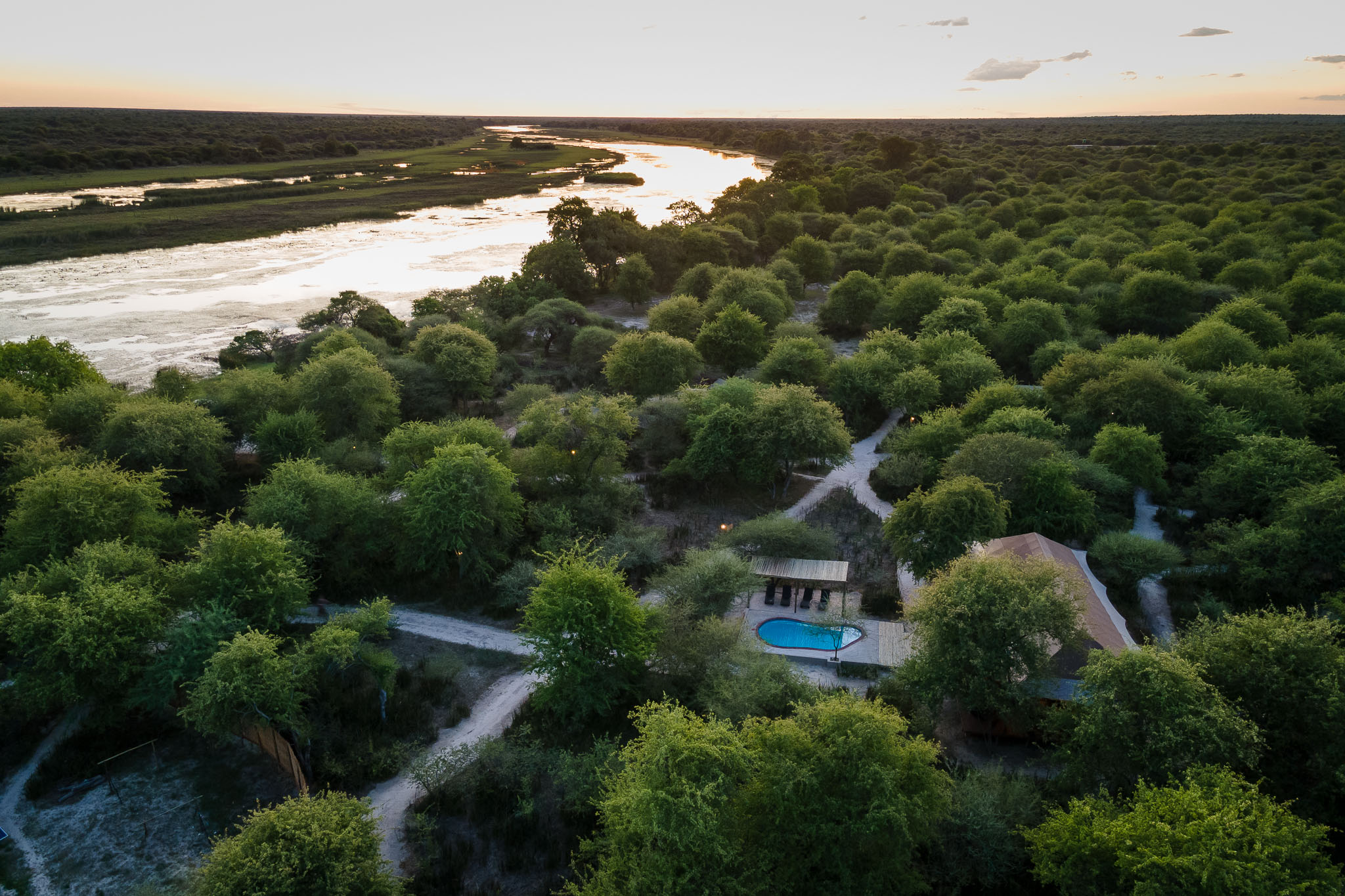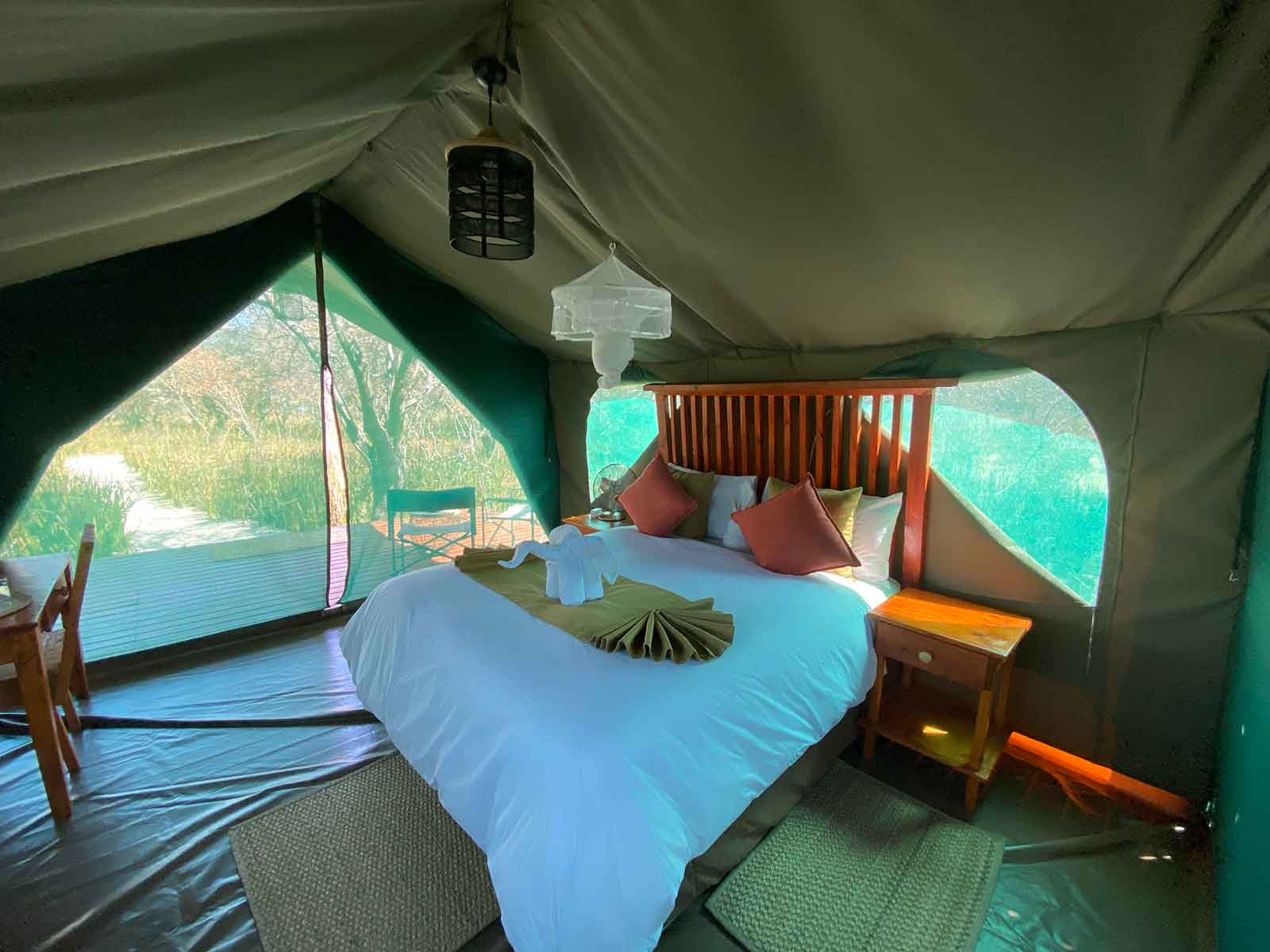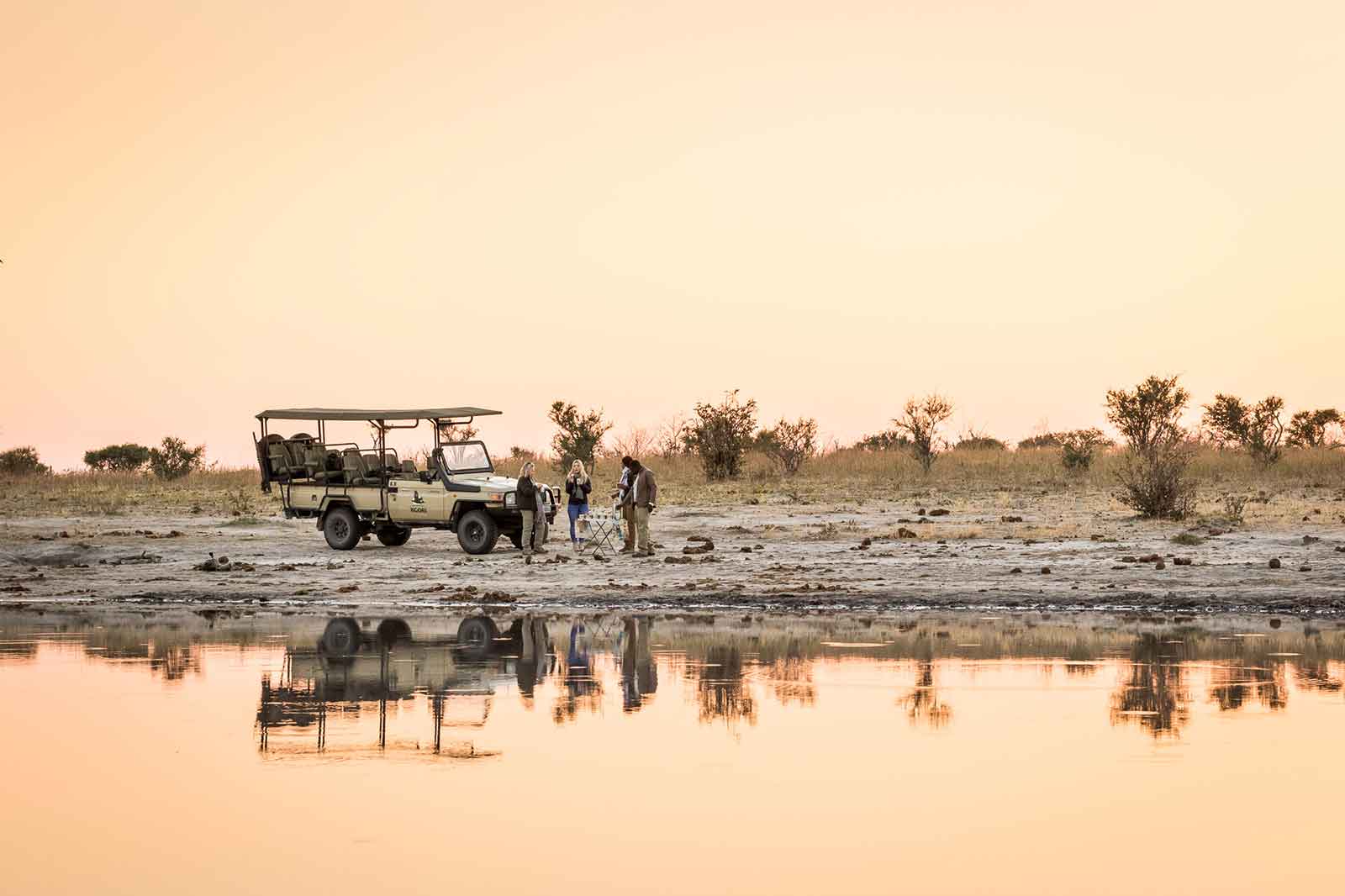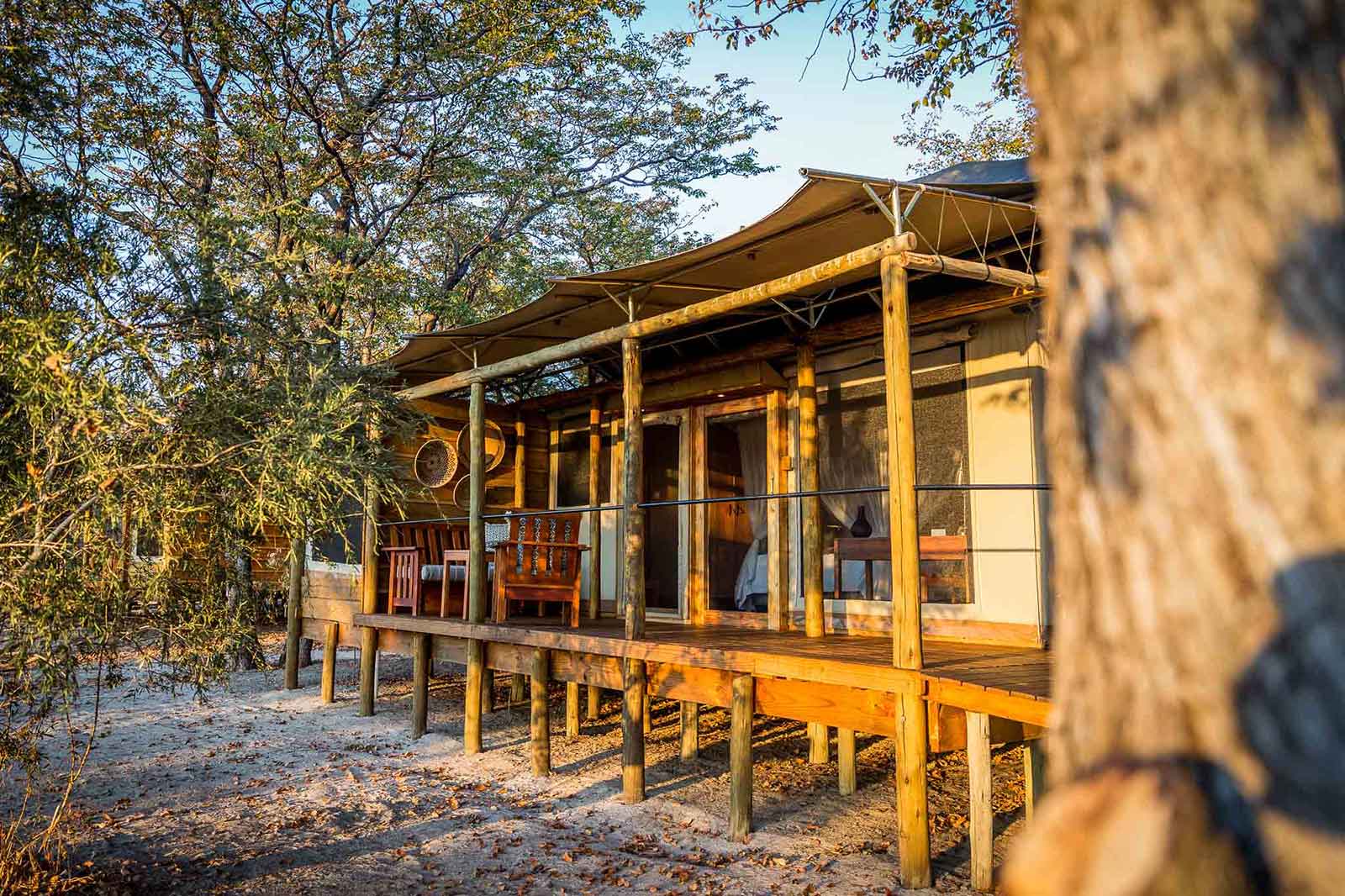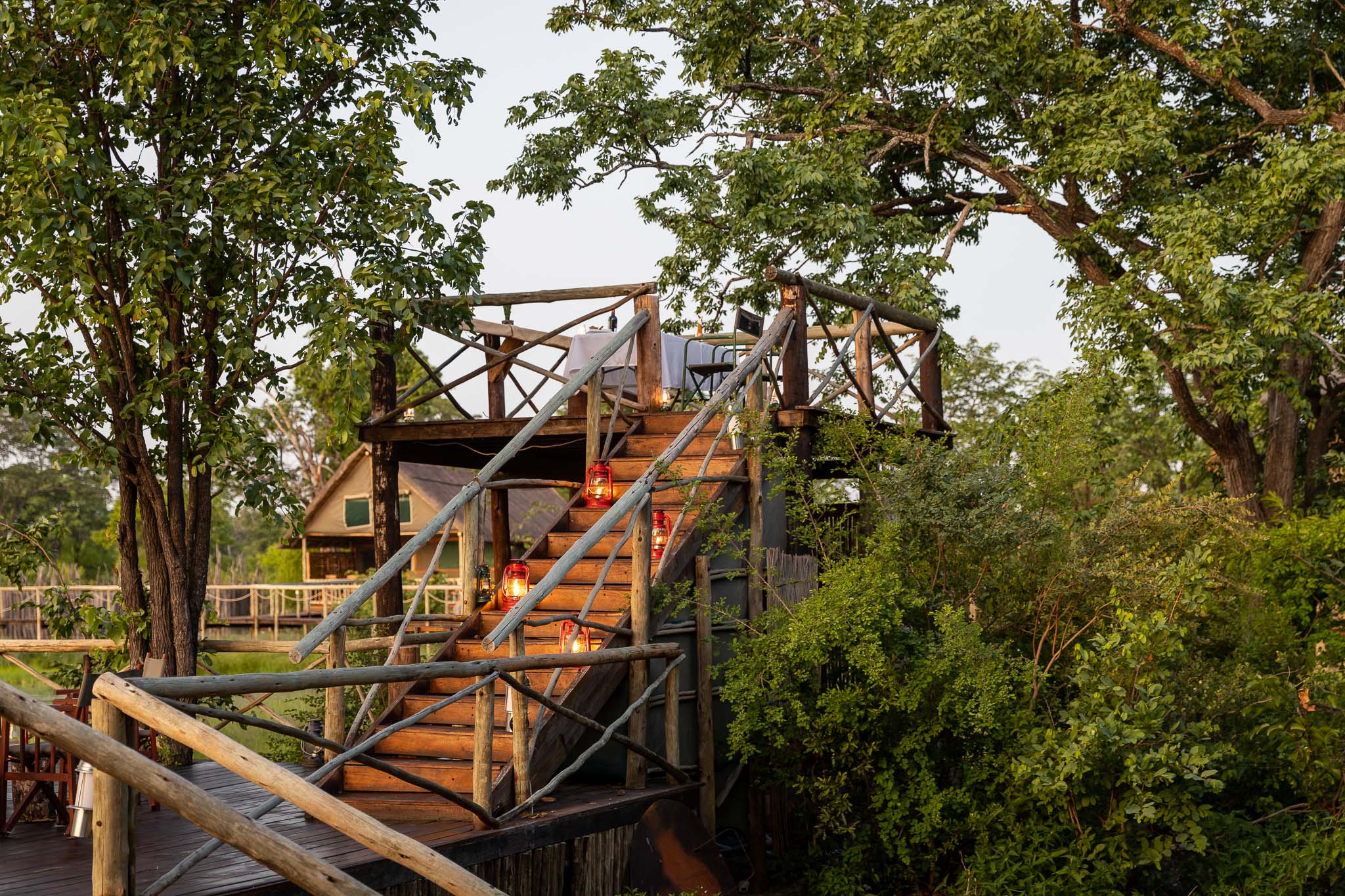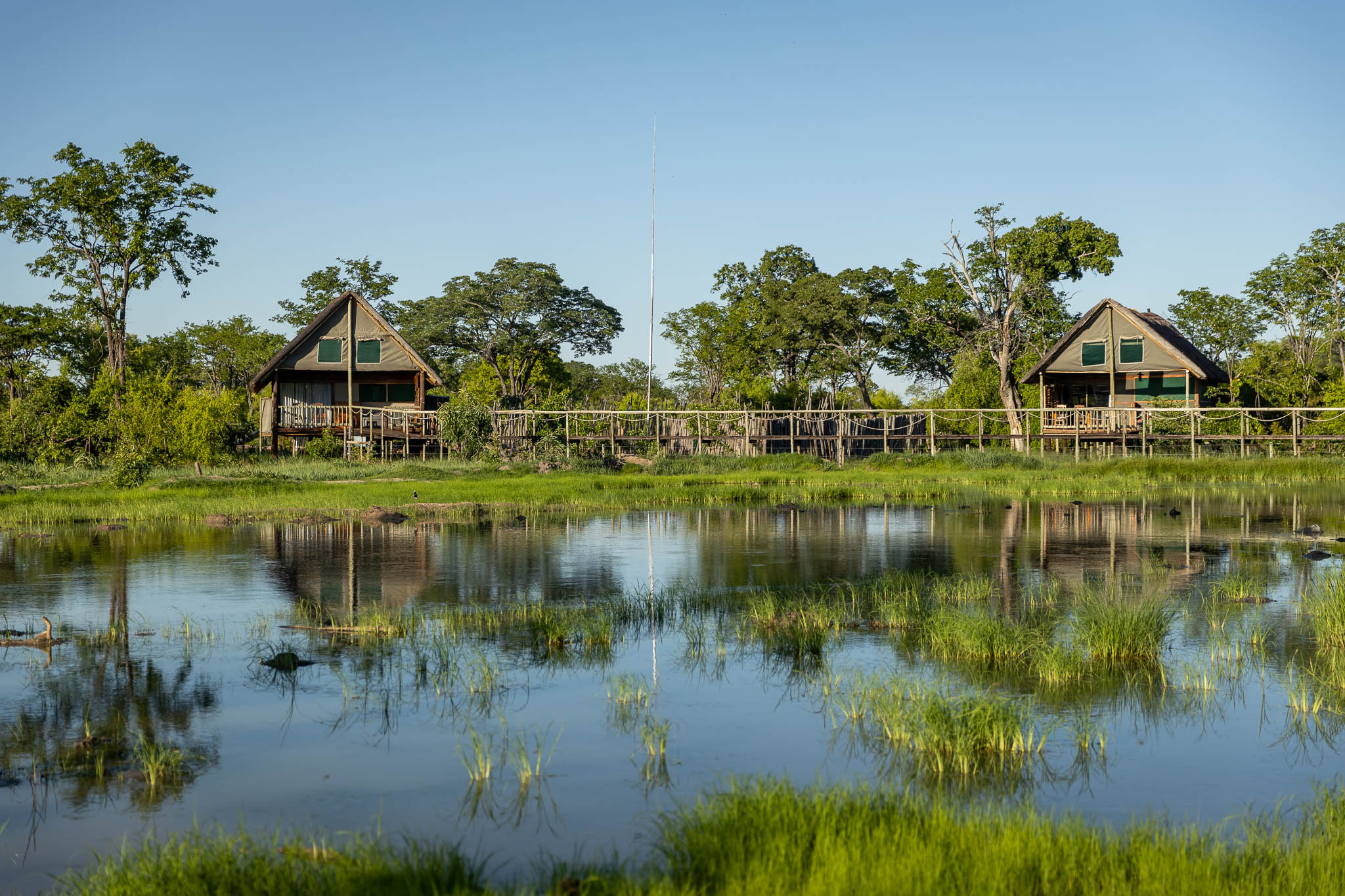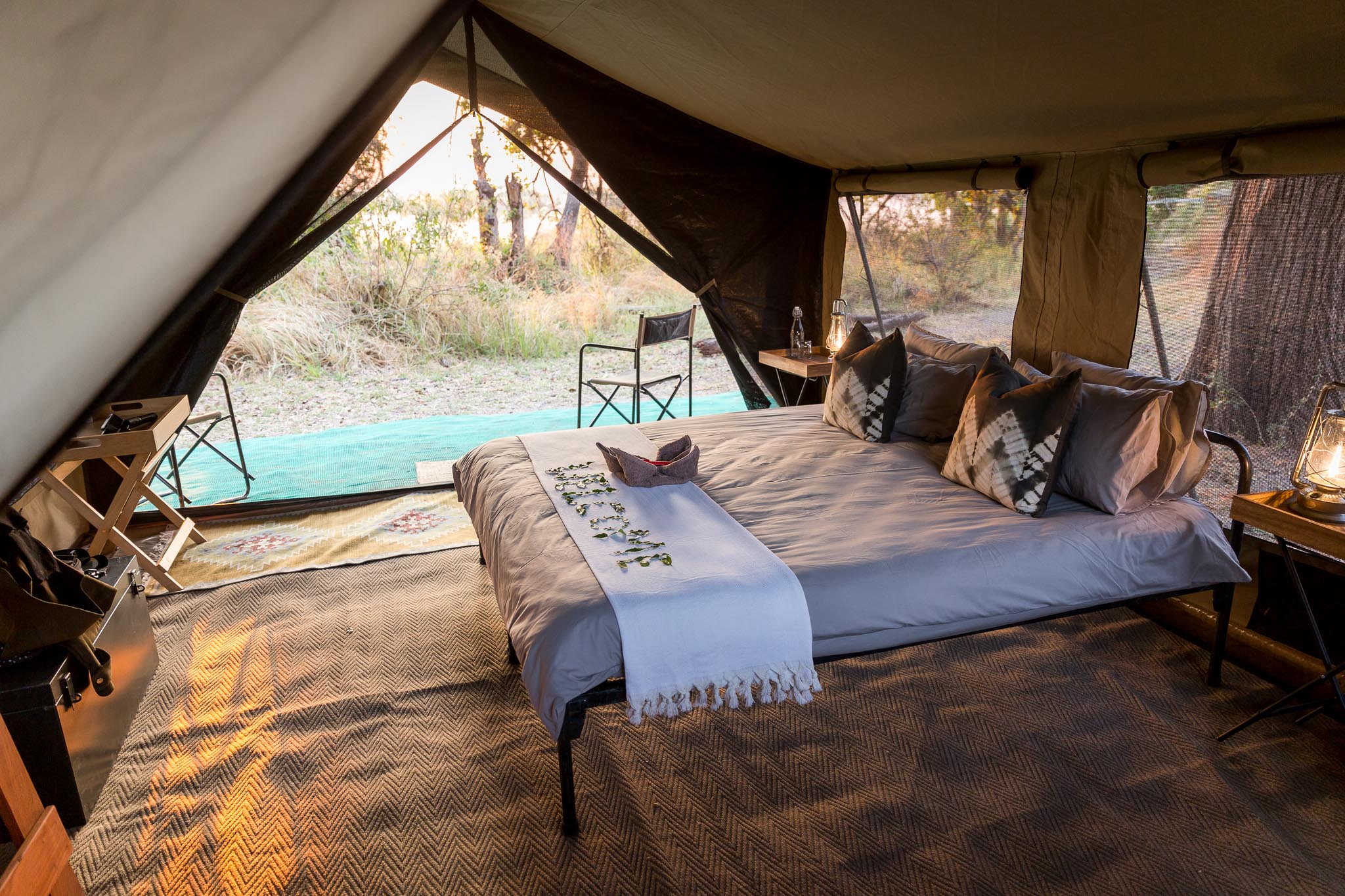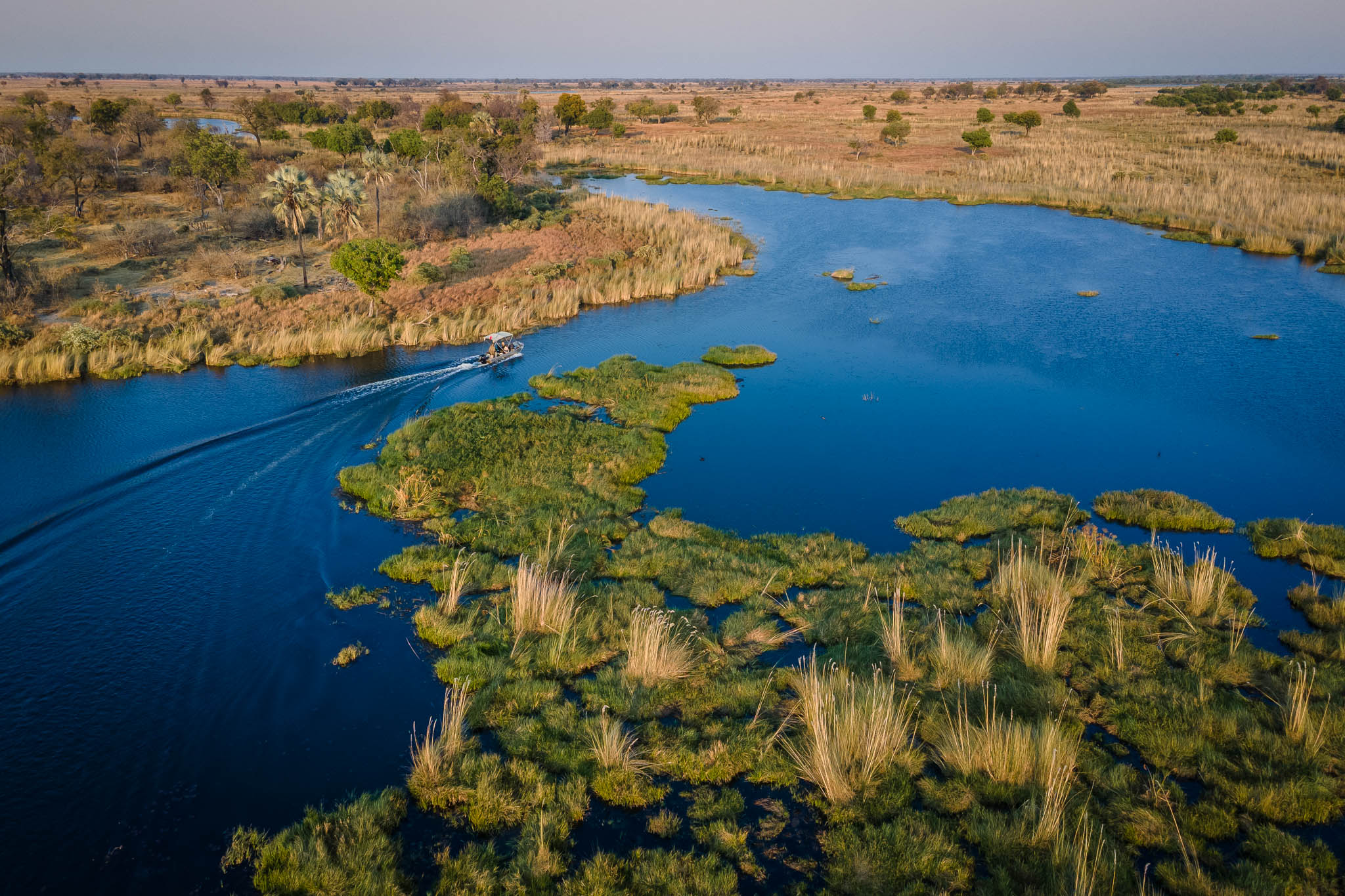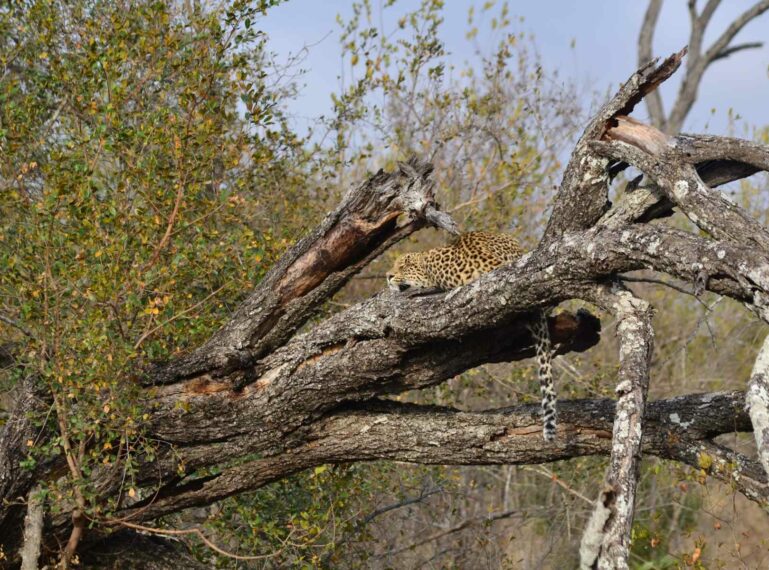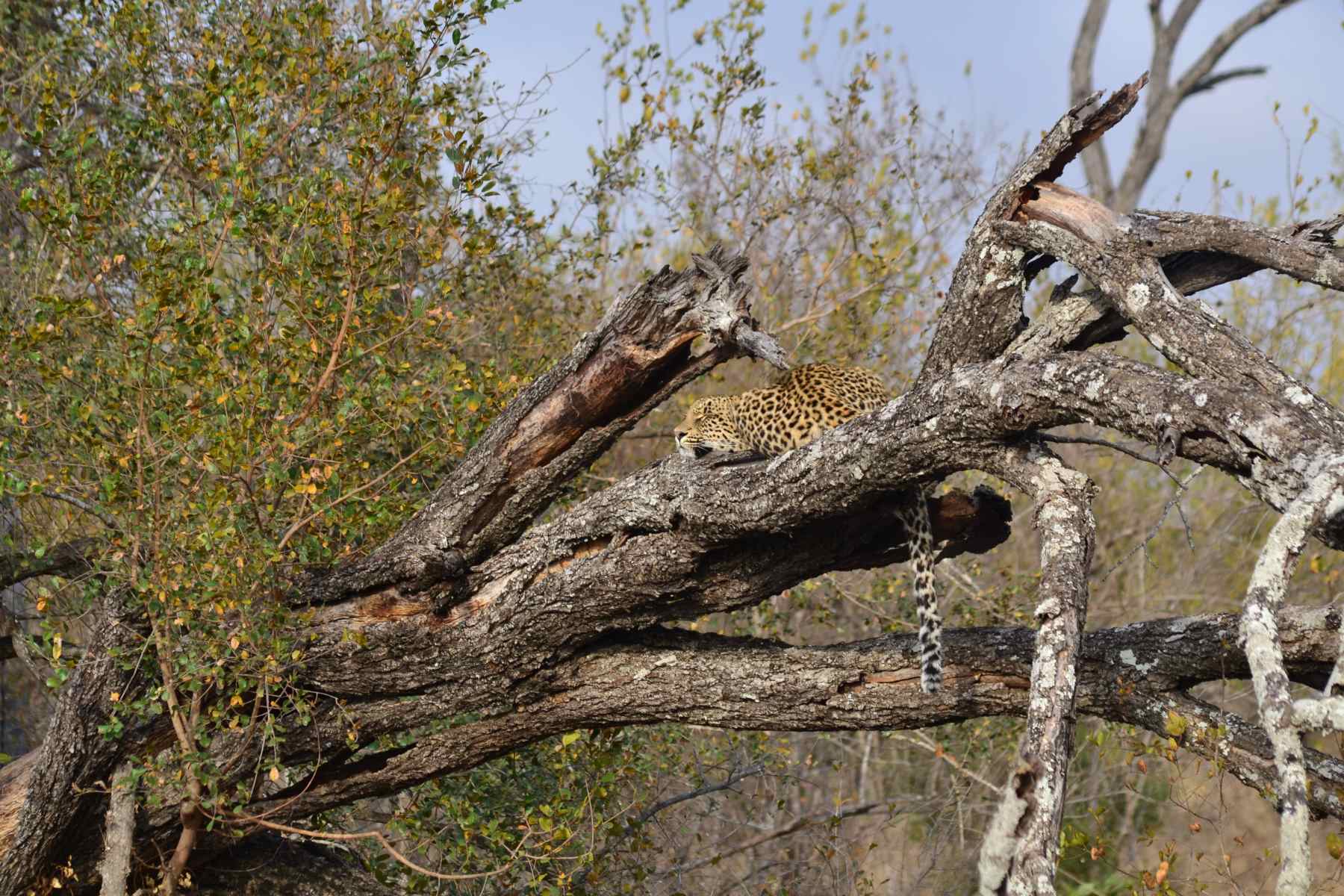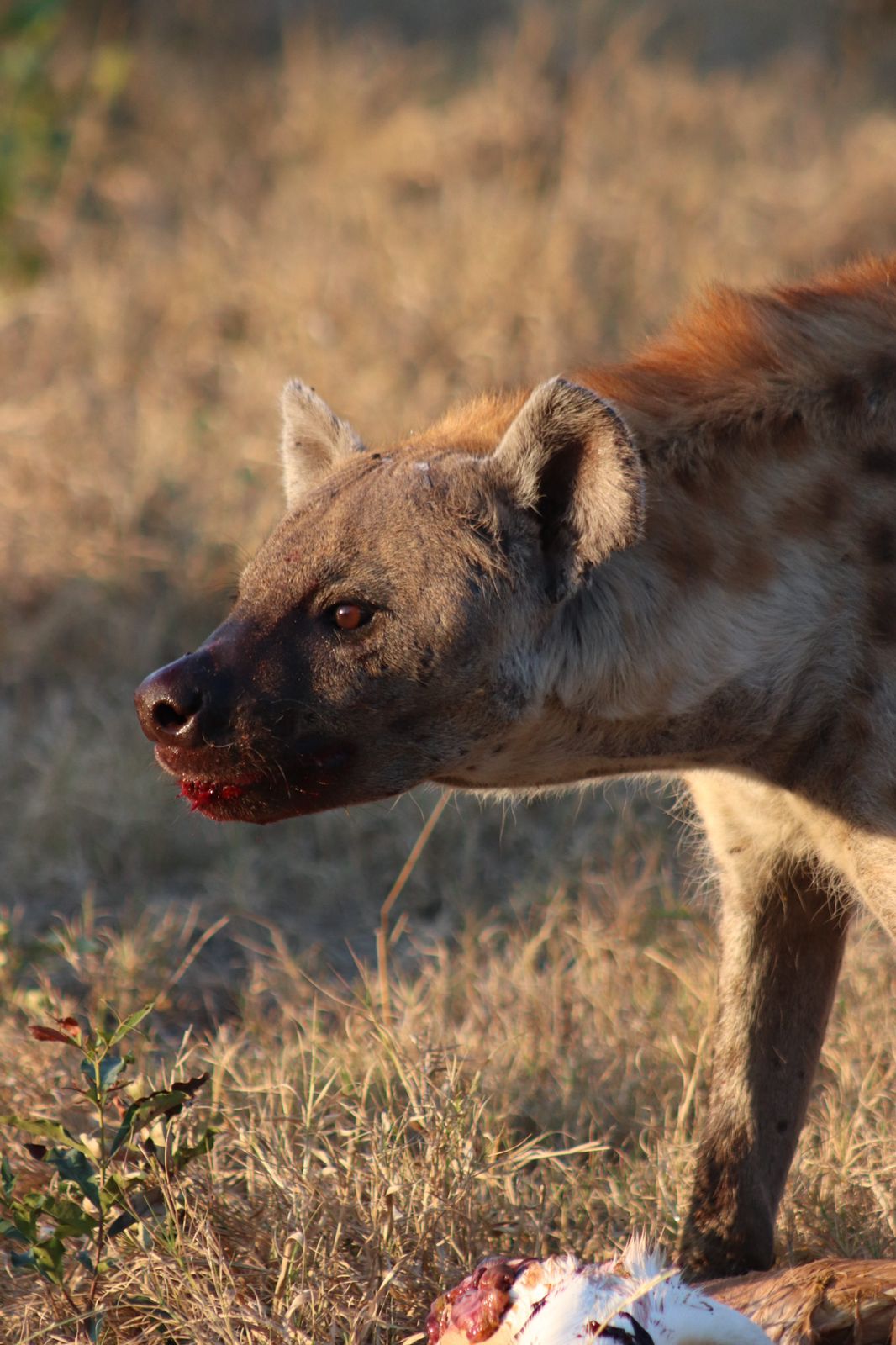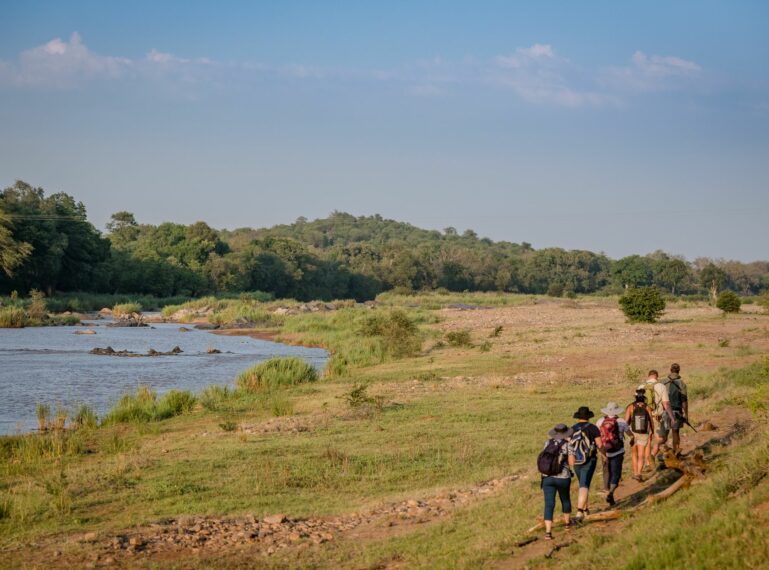
Kruger walking trails for low impact safaris
Embarking on a mobile walking safari with Africa on Foot Wilderness Trails in the Greater Kruger’s Maseke Balule Game Reserve offers an unparalleled way to connect with nature while prioritising sustainability. 90% of the time you are on foot, which is a low impact way of exploring the bushveld. By exploring the bush on foot, we minimise our ecological footprint and foster a deeper understanding of the delicate ecosystems that call this remarkable landscape home. Additionally, you’ll spend each night of this three-night trail in a different location. The team sets up a mobile safari camp before your arrival, and removes ALL traces of the set-up before setting up for the next night.
Join us as we delve into the benefits of this immersive experience, where every step taken is a step towards conservation and appreciation of the wilderness.
Africa on Foot Wilderness Trails is a set 3-night walking trail that offers a memorable mobile safari experience in the Greater Kruger. This exclusive 3-night walking safari takes place in the Maseke Balule Game Reserve within the Greater Kruger. Ideal for adventurers and nature enthusiasts seeking an unparalleled walking experience, Trails provides three nights of camping in the wild, with each night spent at a different scenic location. Each day involves exploring the expansive 8,000-hectare reserve in the Greater Kruger Park, and each night, guests enjoy a fully set up mobile campsite. Accommodating a maximum of 8 guests across 4 tents, this Kruger walking adventure promises plenty of exciting stops along the way. A professionally trained guide and tracker team will lead you on an informative, thrilling, and unforgettable journey through the wild. This is one of the most immersive wilderness experiences you’ll experience in the Kruger.
5 ways our Kruger walking trails offers low impact safaris
Here’s how Africa on Foot Wilderness Trails seeks to reduce your carbon footprint, so that your safari is a purposeful one.
Leave No Trace Principles: Guides often educate guests on responsible practices, emphasizing the importance of respecting wildlife and habitats, and ensuring that all waste is properly managed and removed. You’ll be taught how to keep a safe distance from wildlife in camp, not to approach waterholes and riverbanks, and how to keep the noise at a minimum.
Sustainable Practices: Many mobile safaris utilize eco-friendly practices, such as solar power for lighting, torches, lanterns, small portable toilets, and biodegradable products, reducing their overall environmental impact. You can also expect en suite bucket showers that use water heated up on the campfire. The showers are powerful and certainly set a new standard for camping showers!
Wildlife-Friendly: By focusing on walking, you minimise disturbance to wildlife. Because you’re on foot, you’ll experience nature and wildlife up close. There won’t noise – so, act like a leopard and practice your stealth-like moves!
Flexible Camp Locations: This mobile safari camp is designed for flexibility, meaning that nothing in the camp structure is permanent. It can be easily set up and taken down while minimising environmental impact. The dome tents are pitched directly on the ground, and a temporary fire pit is dug upon arrival, which is covered up before departure. You’ll enjoy peace of mind knowing that the camp is temporary, yet doesn’t compromise on comfort.
Local Community Engagement: Many mobile walking safaris partner with local communities and employ people from surrounding areas, providing economic benefits to the area. Creating employment, supporting communities and teaching others to be custodians of the wilderness is key to protecting our natural resources and habitats.
Wilderness Trails is (as its name suggests) an activity based safari where the focus is on walking and learning about the wild while on the ground. A typical day involves a 3-4 hour walk through the undulating Maseke Reserve, where you’ll enjoy a few remarkable elevation points overlooking the horizon all the way to the Drakensberg Mountain Range.
While traipsing single file through the ‘veld, following your guide, you’ll learn about the bushveld and its inhabitants. This is a time to ask questions about the history, geography and conservation efforts of the reserve. You will have plenty of breaks and stop for lunch en route. Your guide will lead you to your camp for the night in the early afternoon, where you’ll have an opportunity to relax. Depending on the weather and the consensus of the group, you’ll either head out on another walk, short game drive, or combination of both. There’ll be an evening game drive that opens up opportunity for you to spot nocturnal predators and other wildlife that tend to retreat during the daylight hours.
Contact our team if you are interested in signing up for a low impact walking trail through the Greater Kruger.
